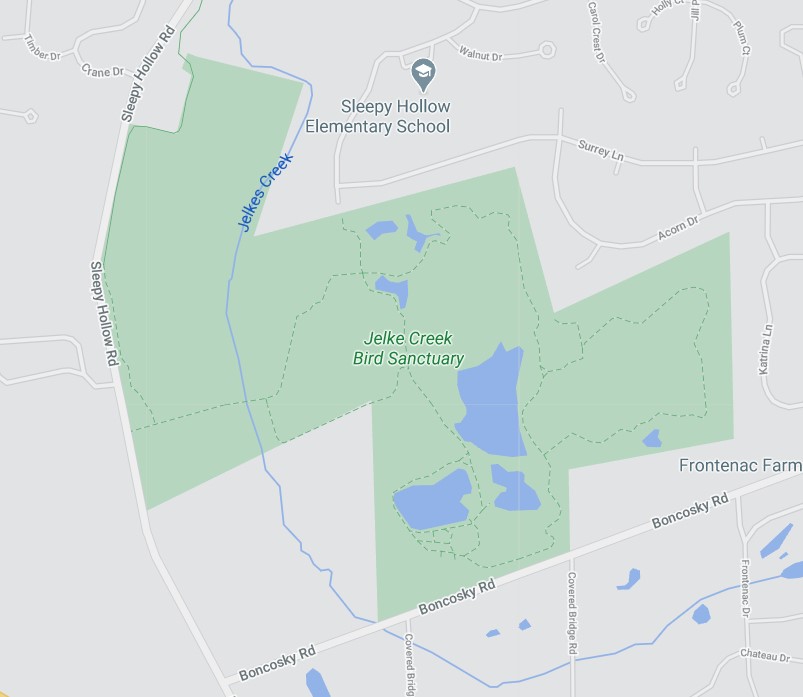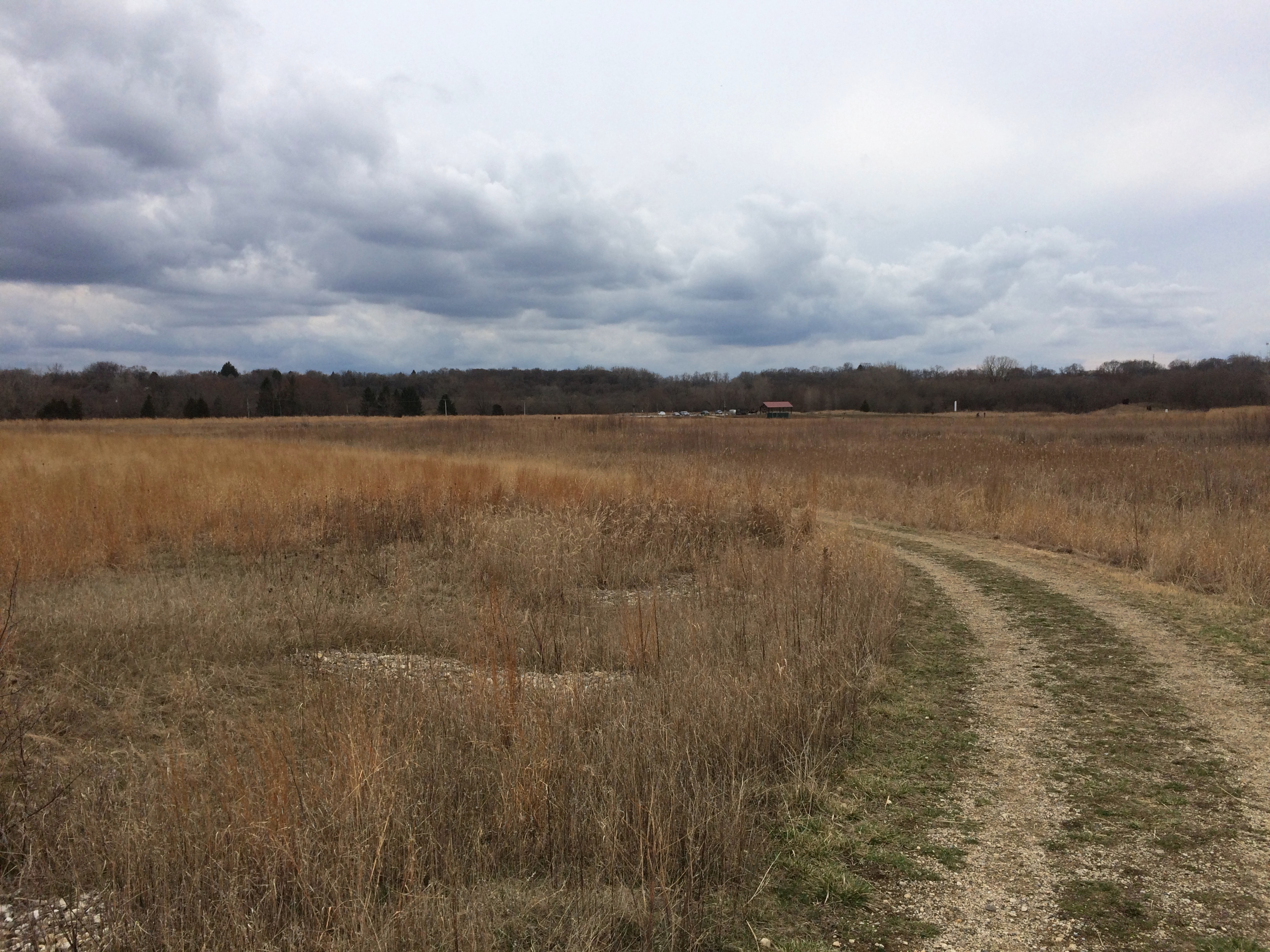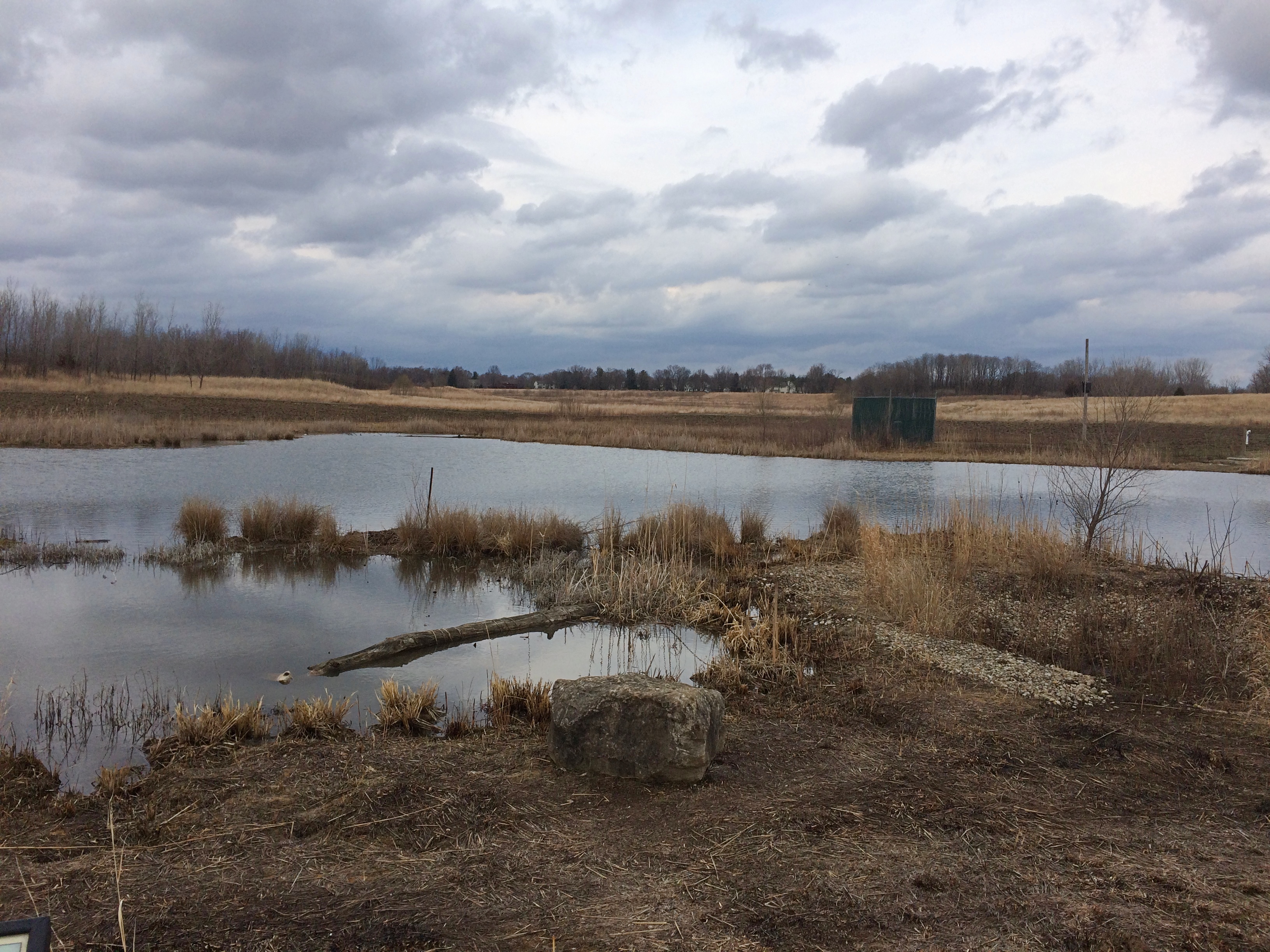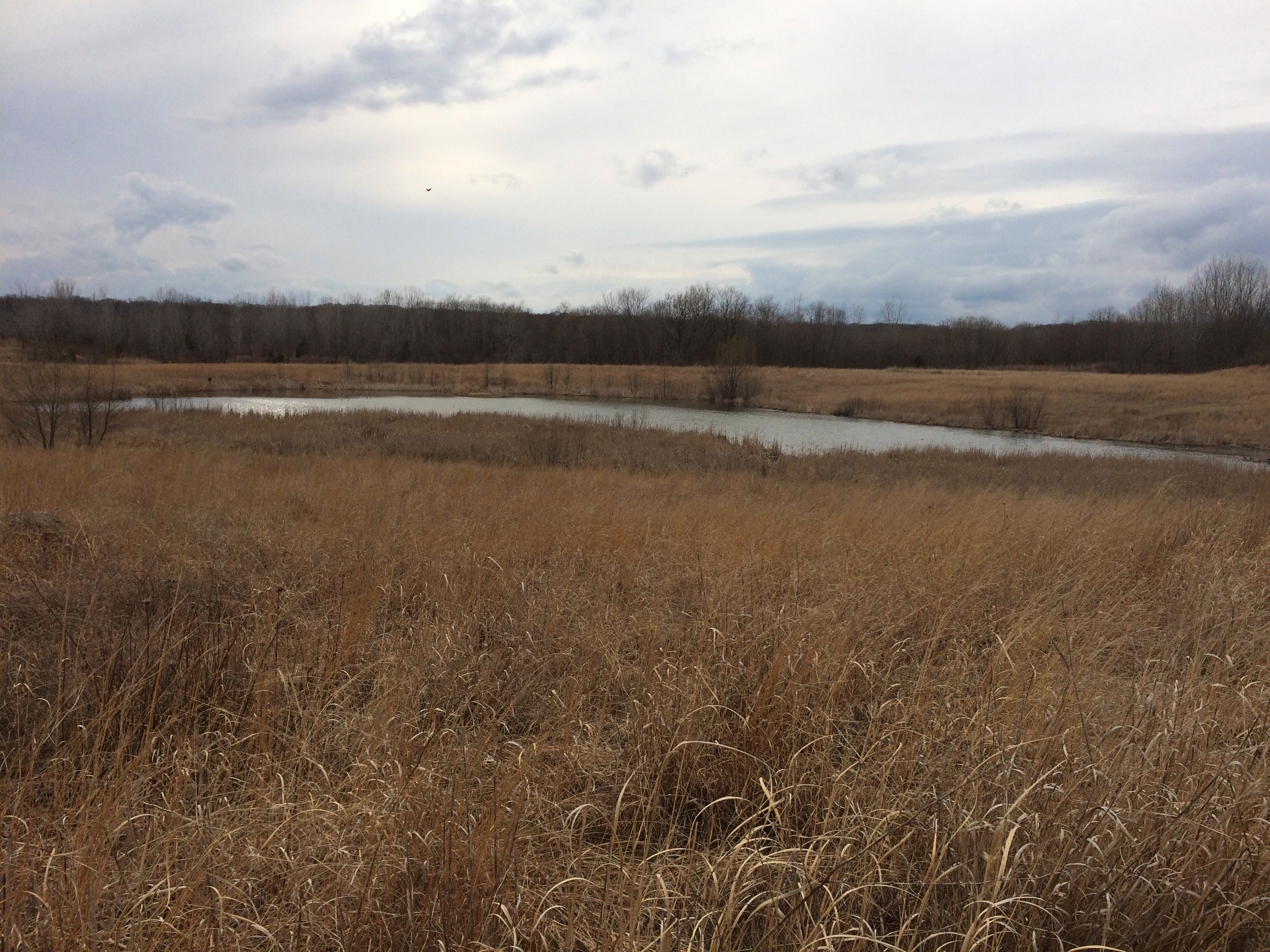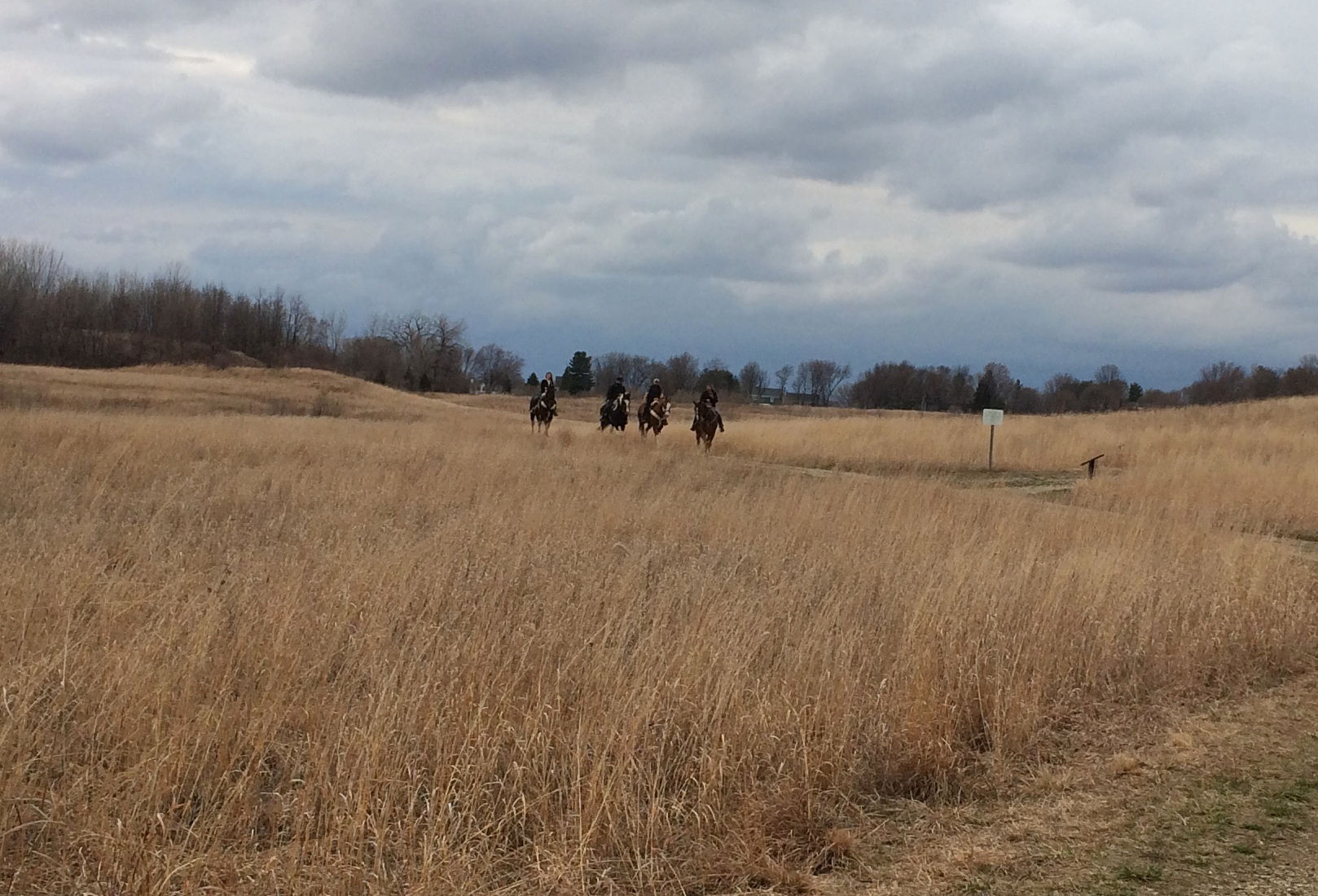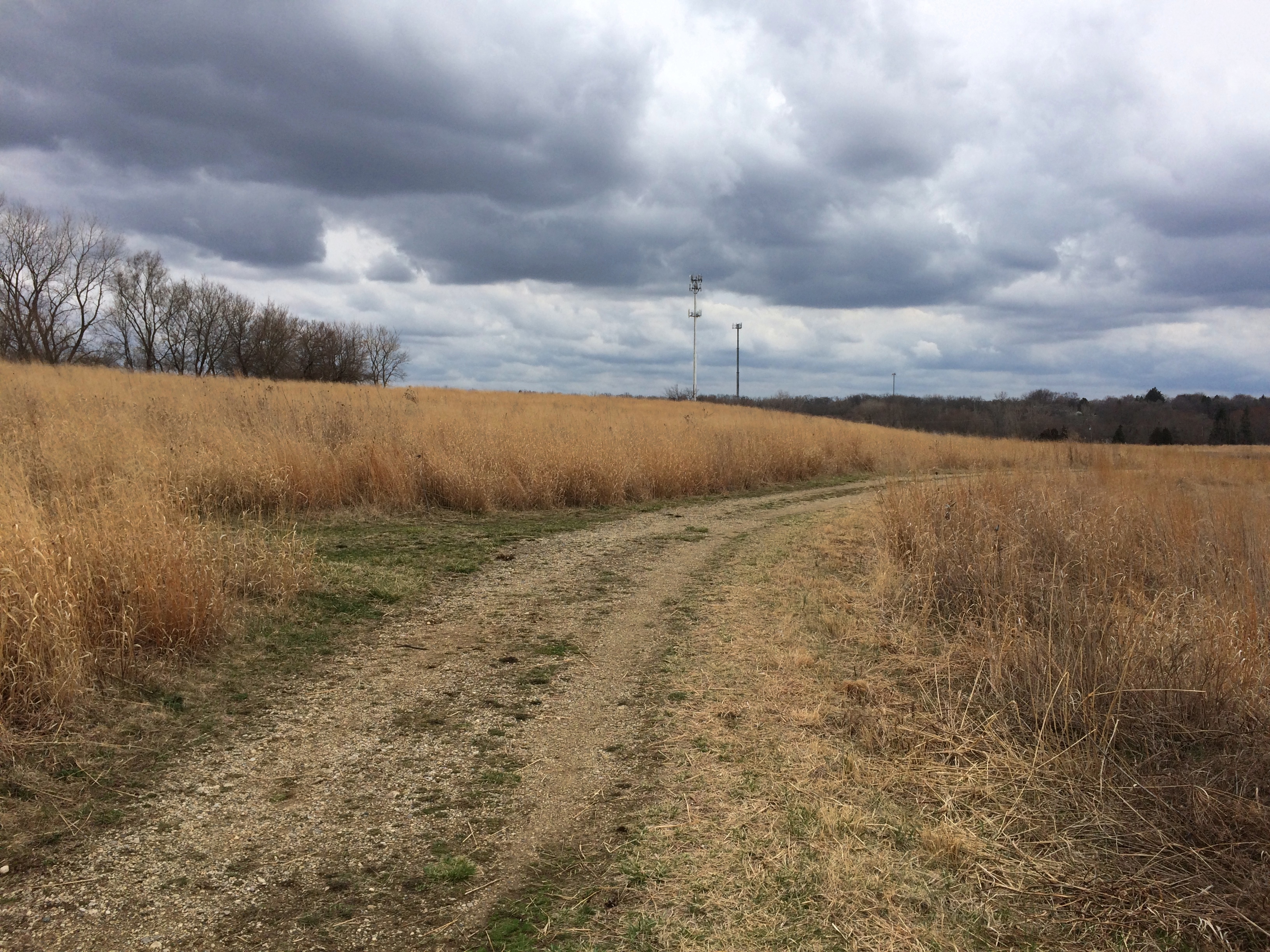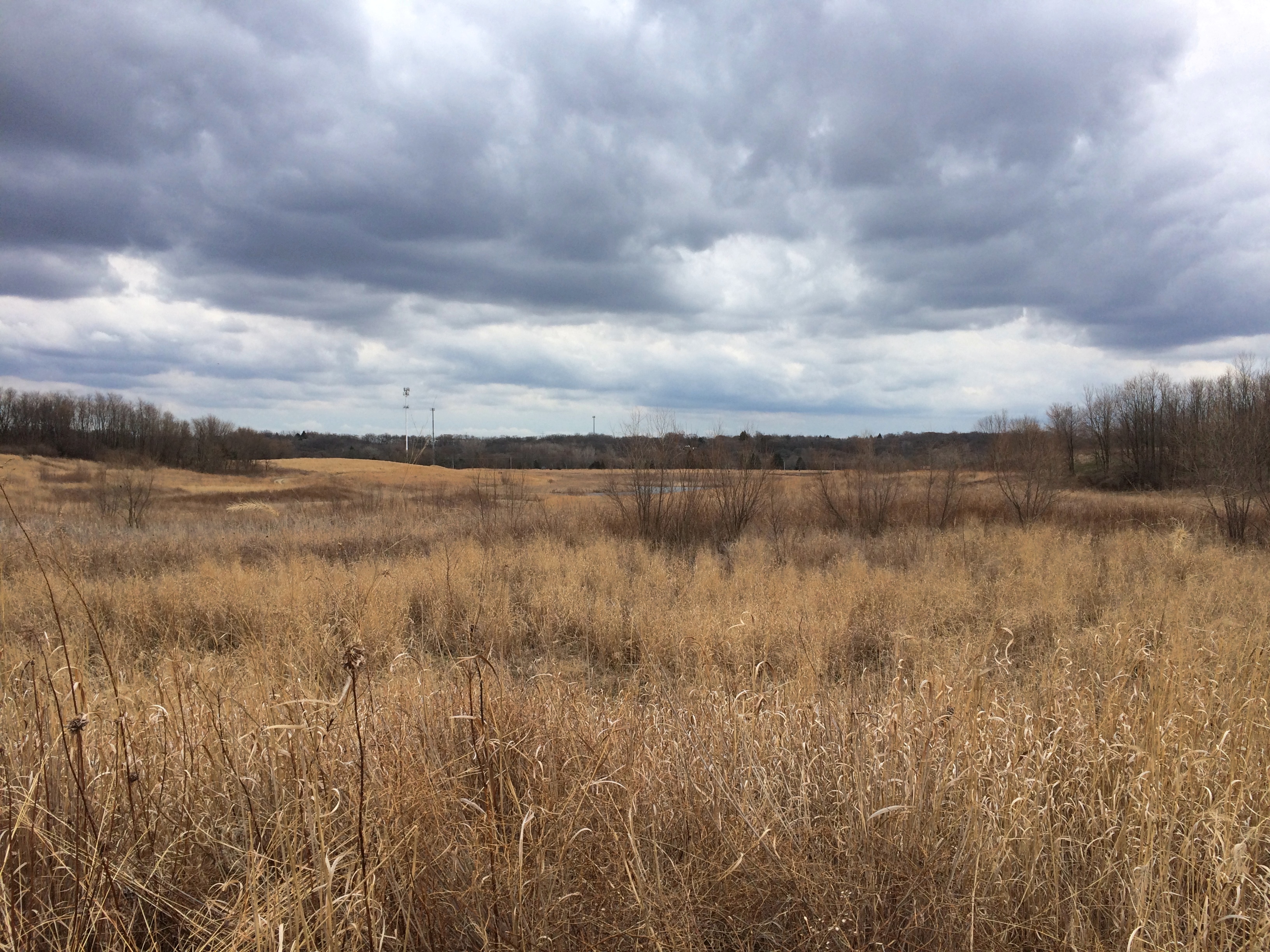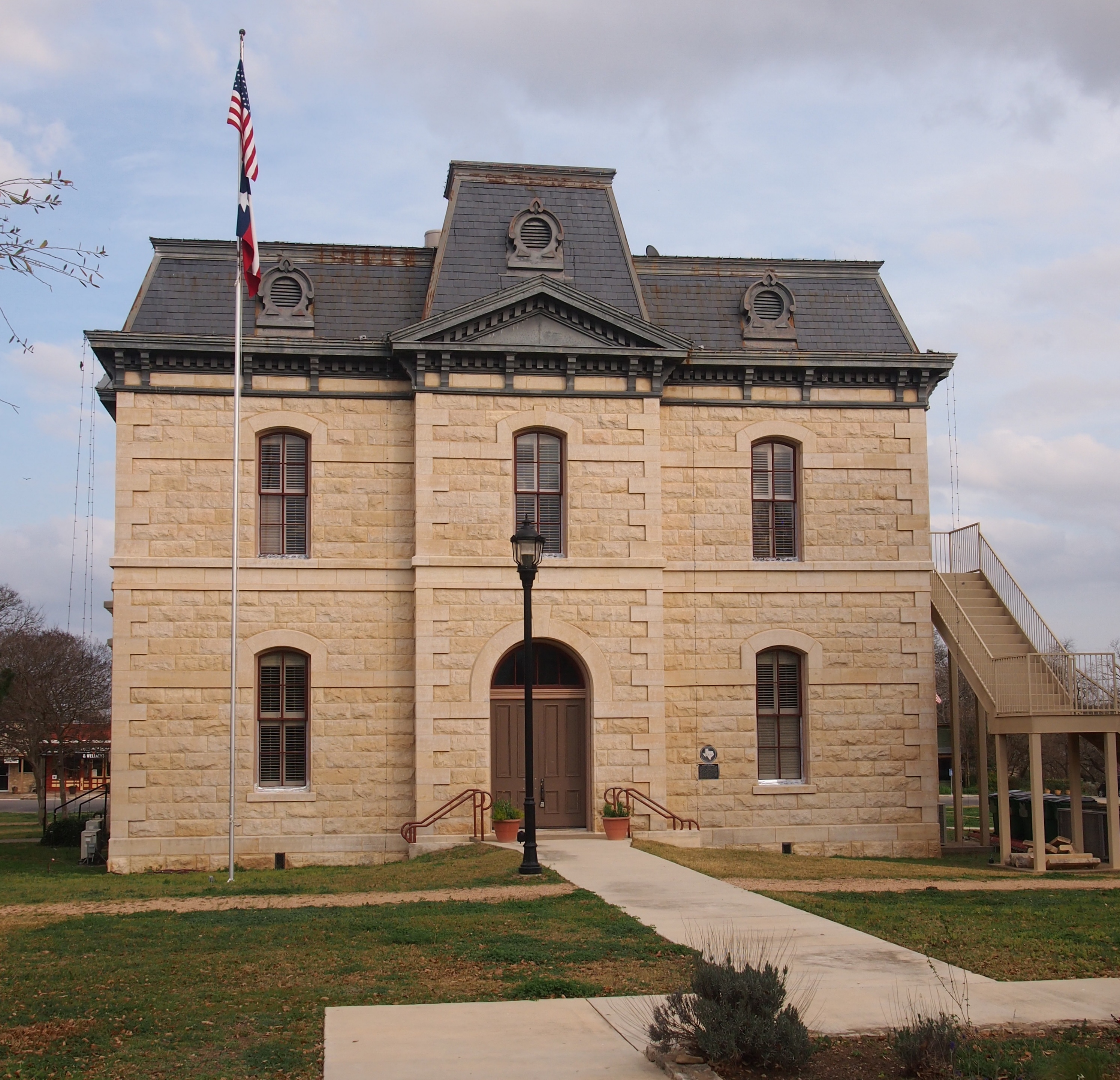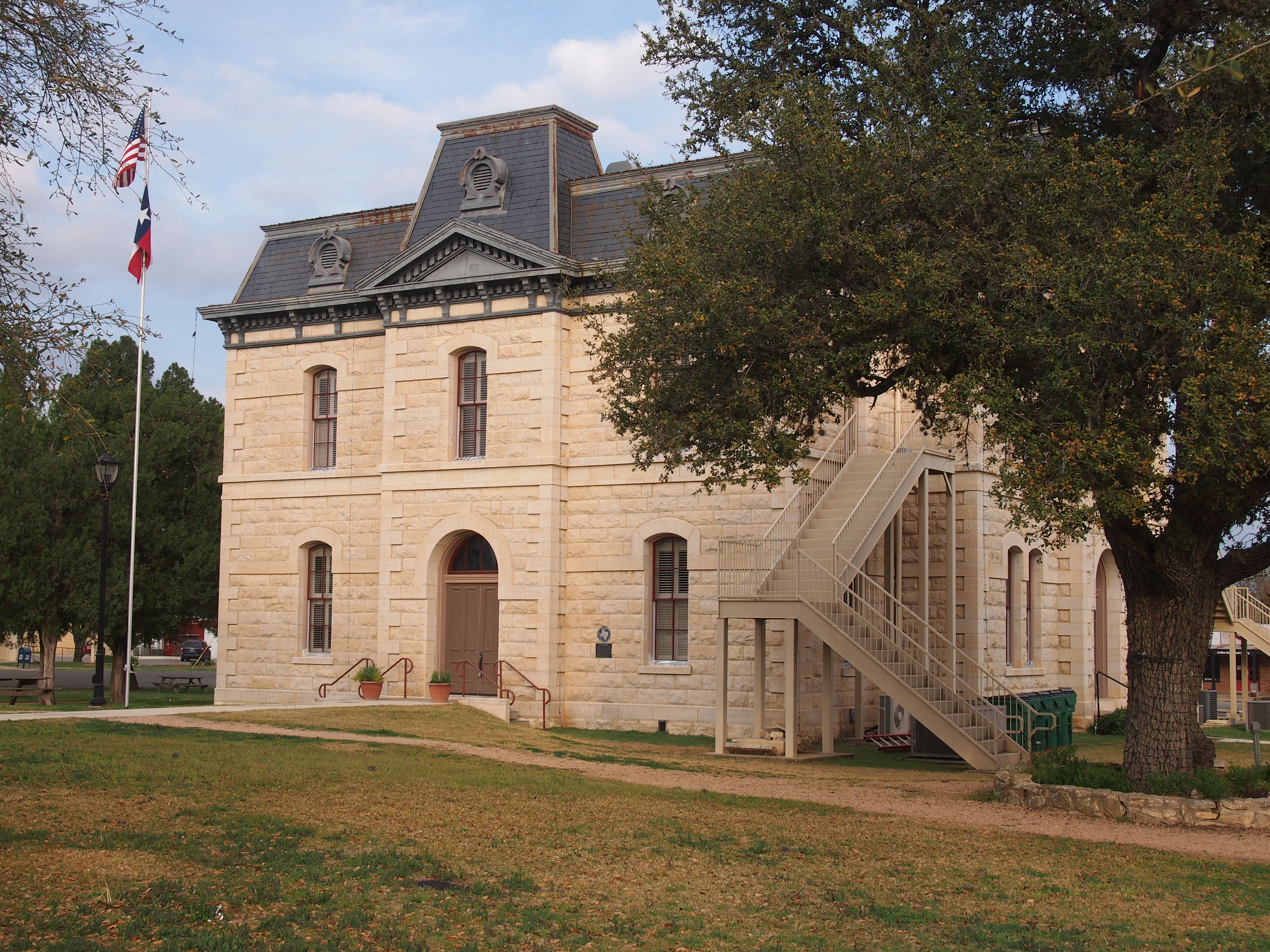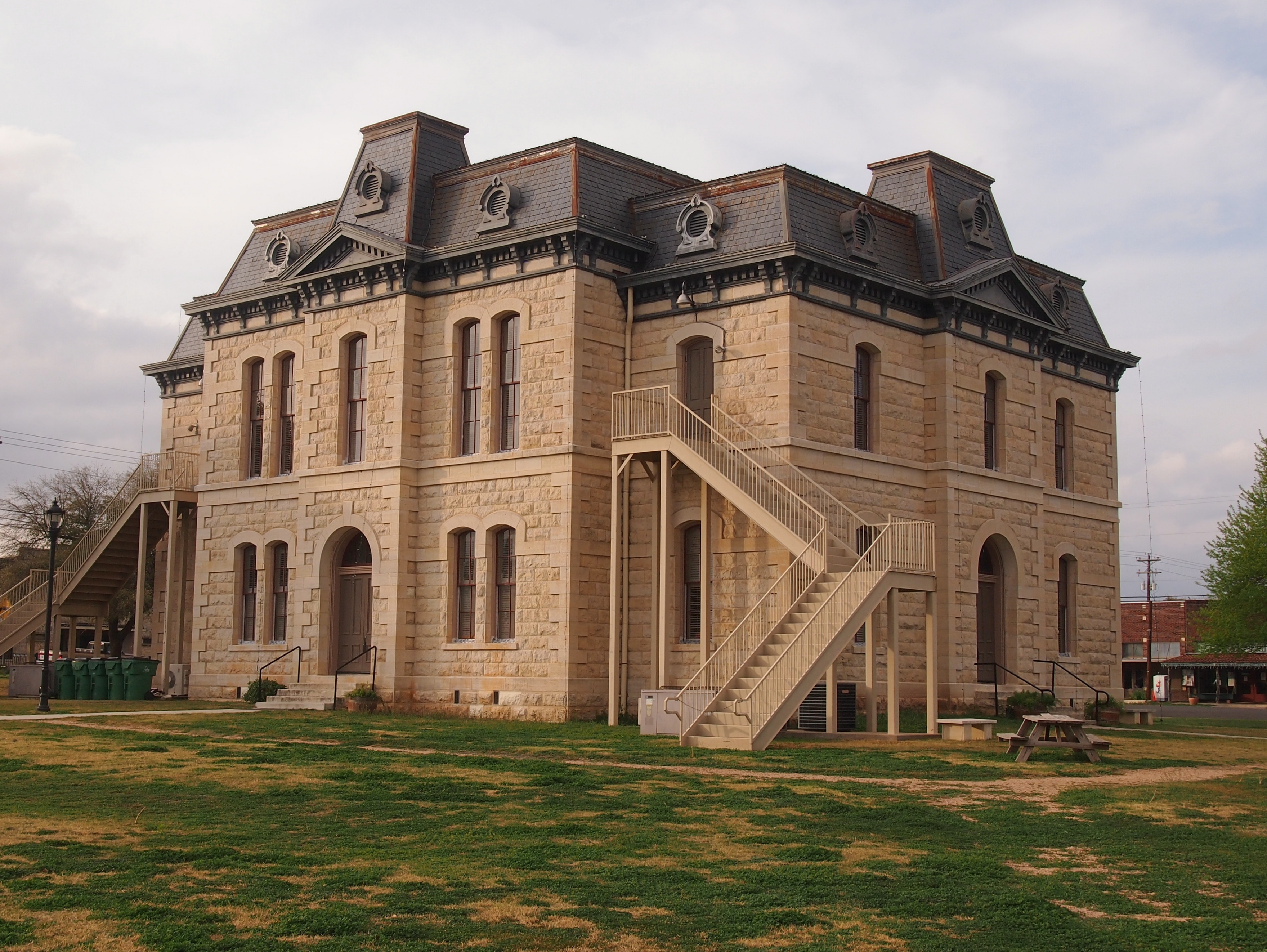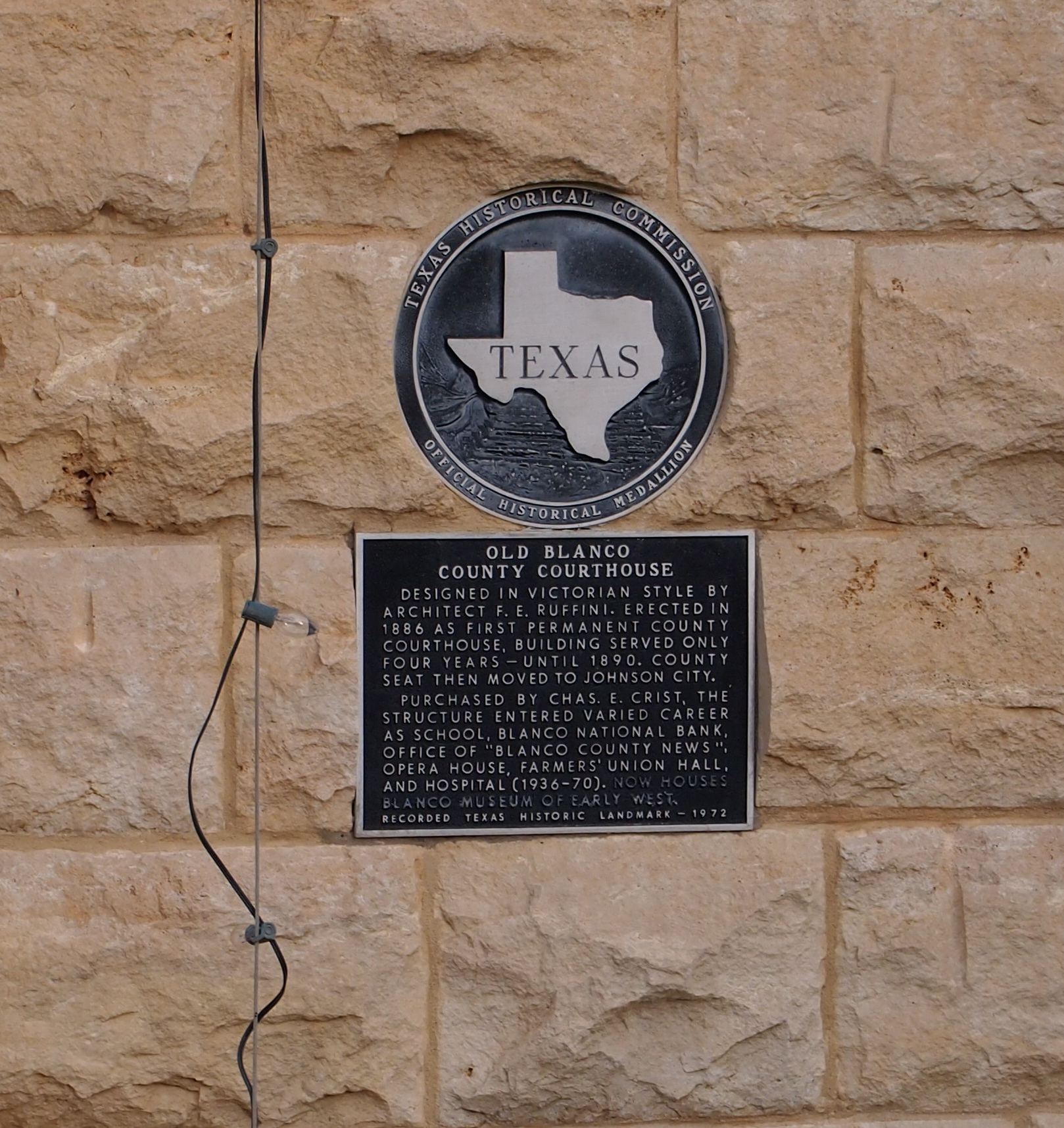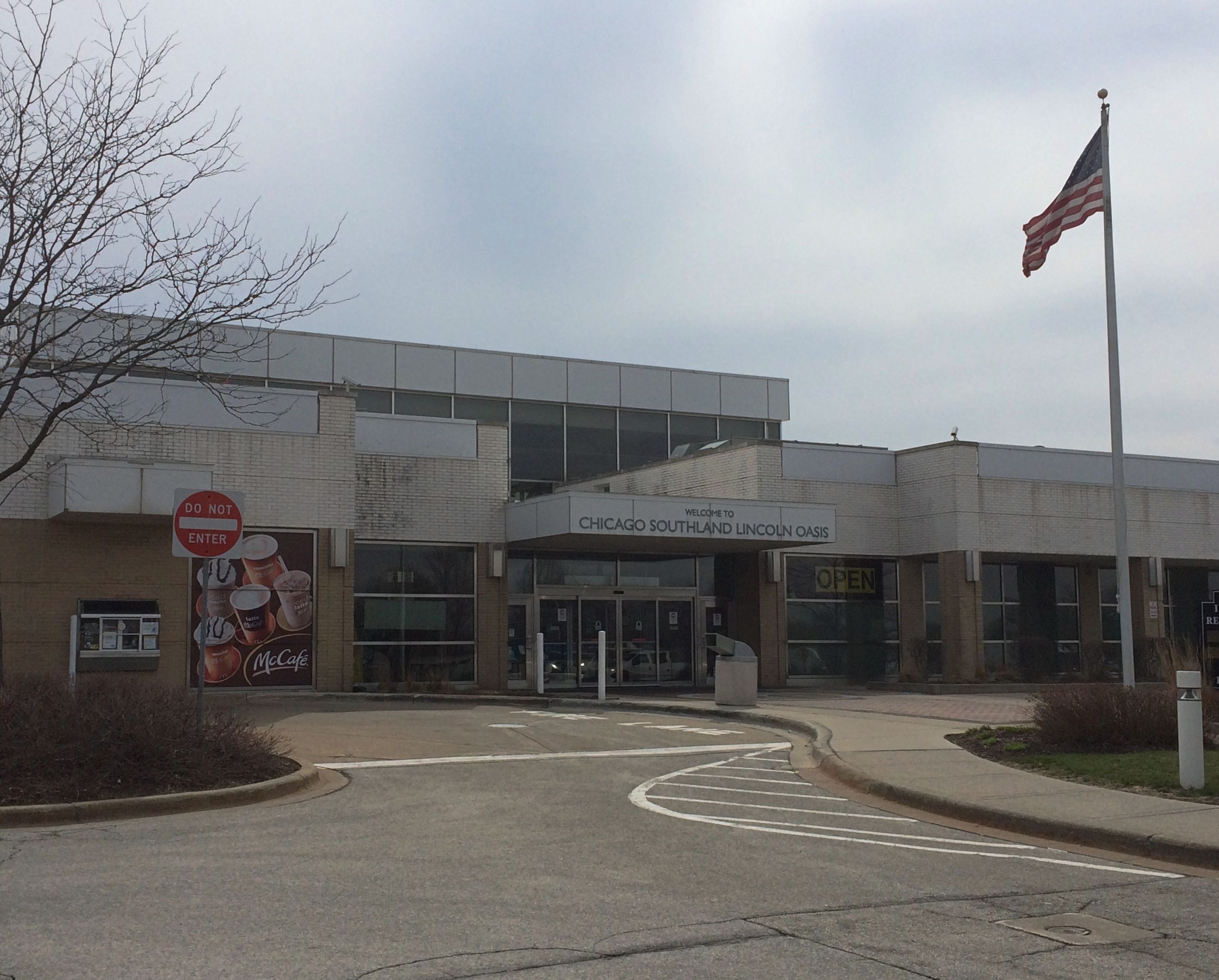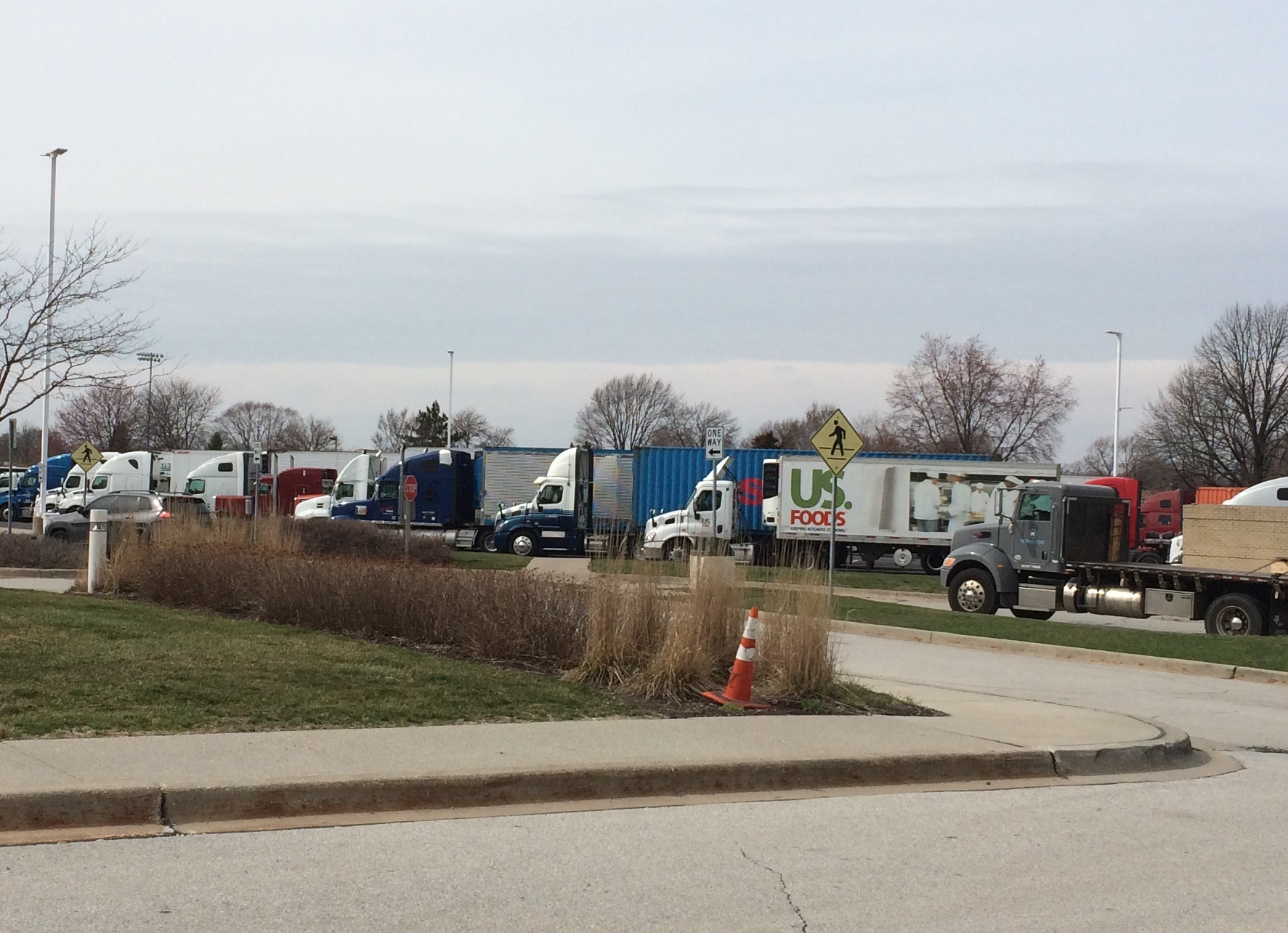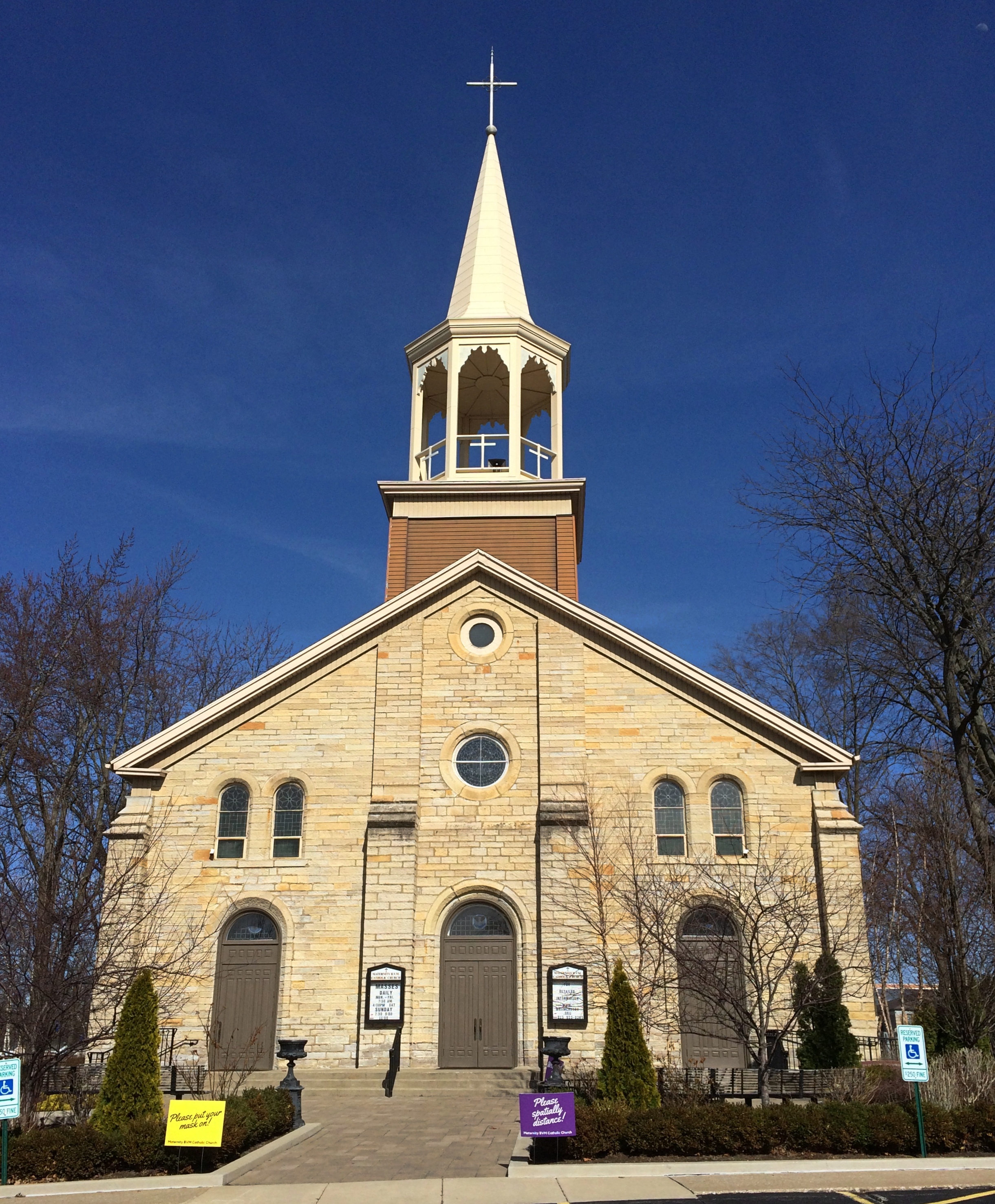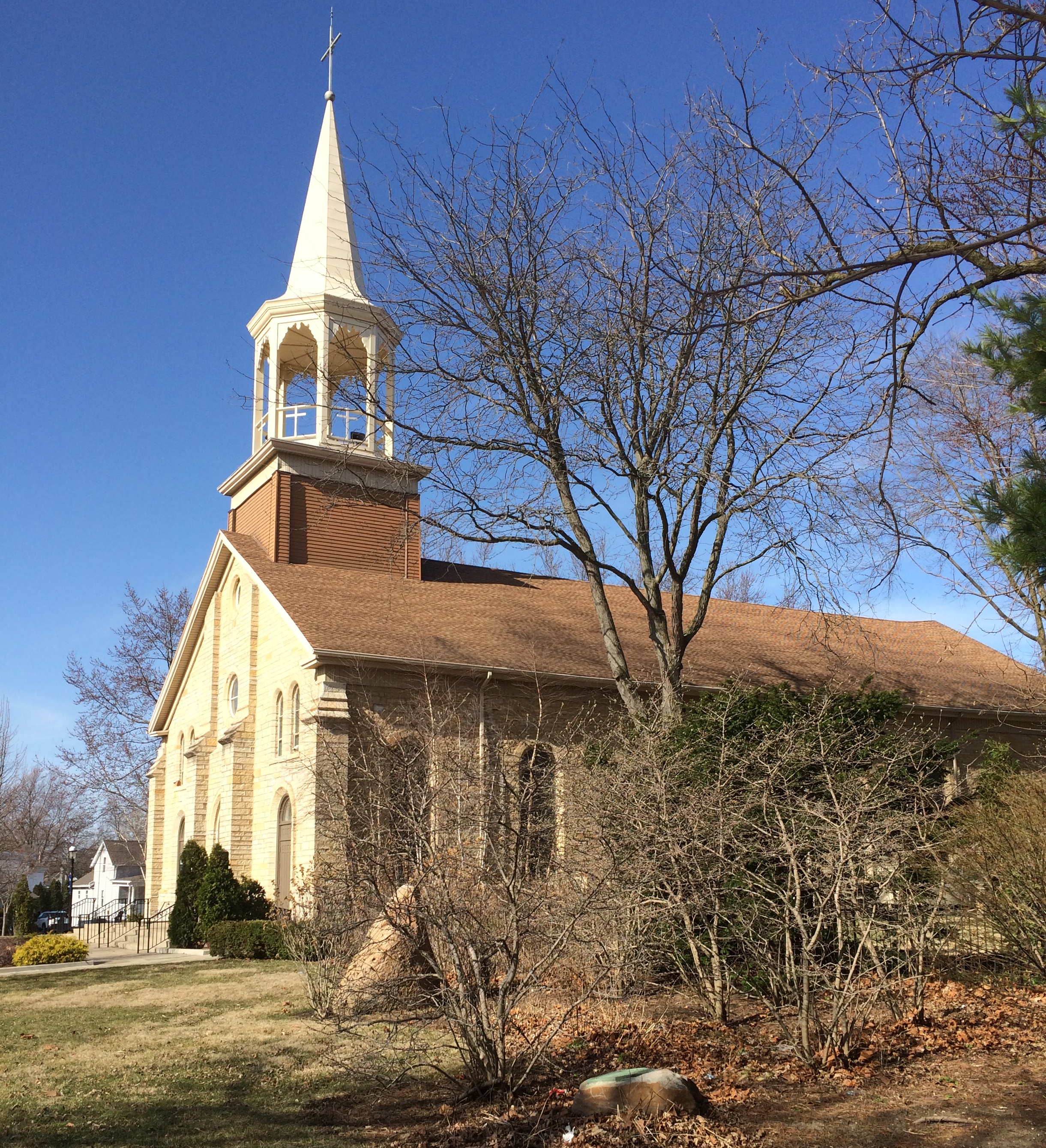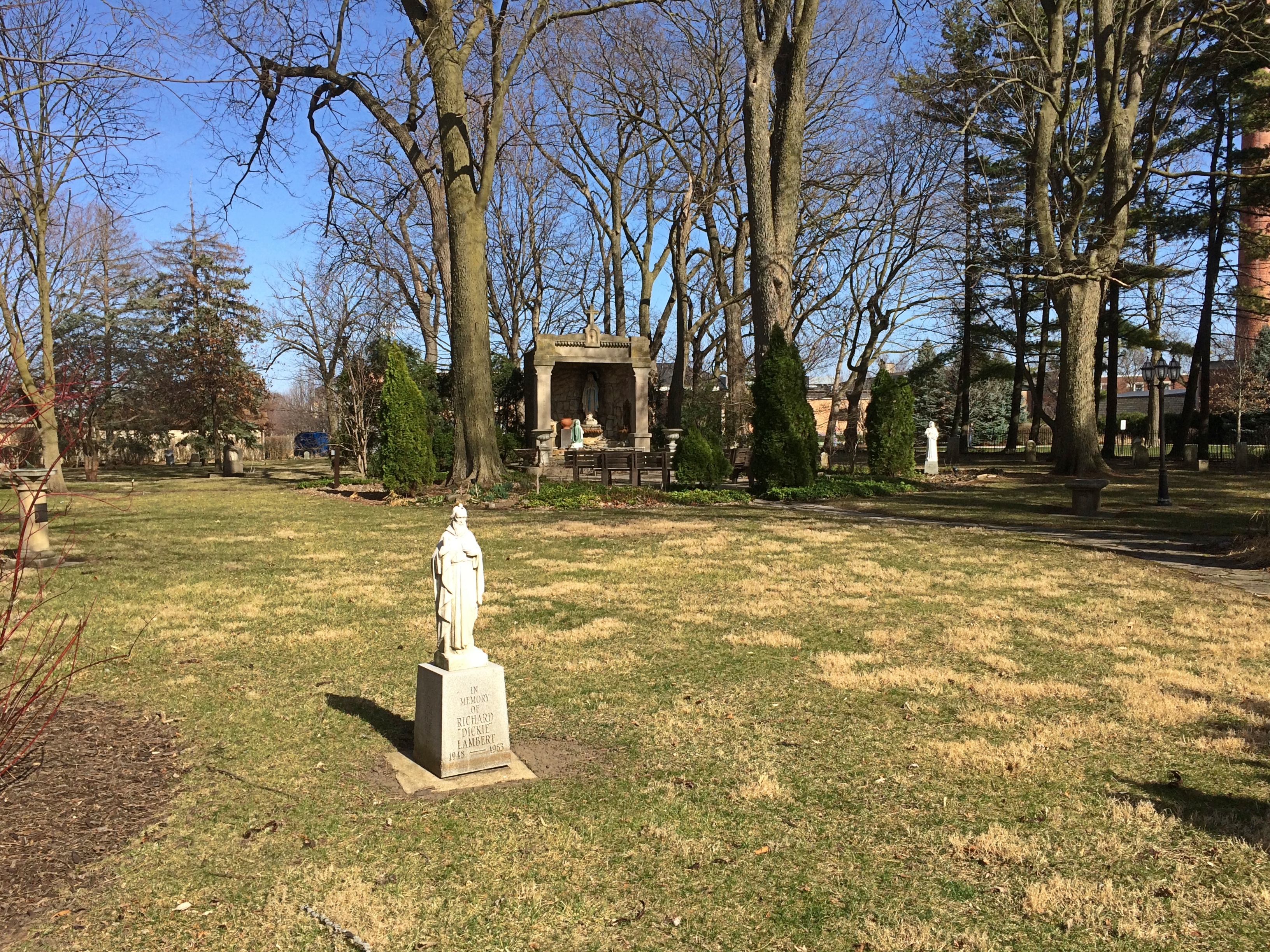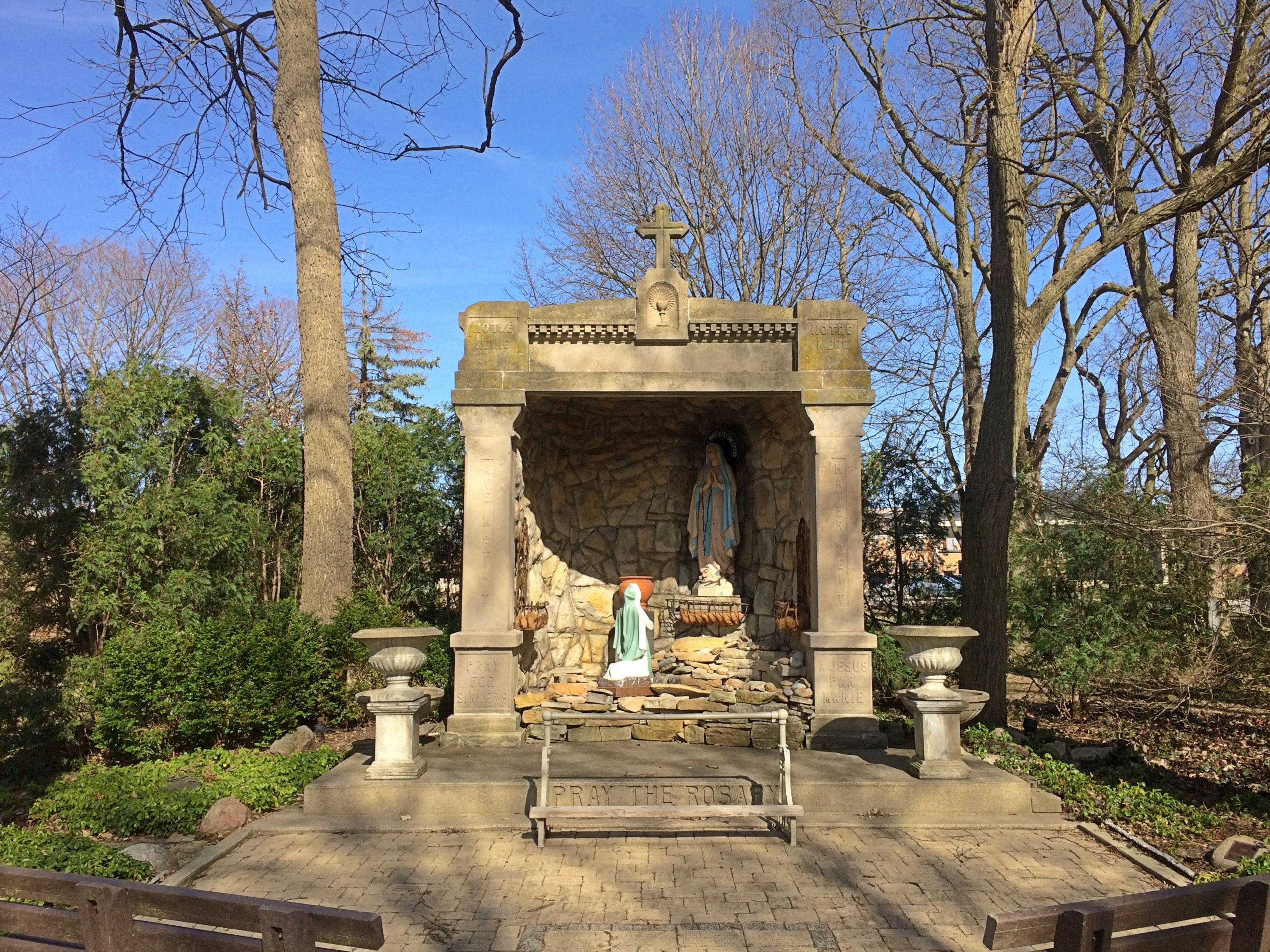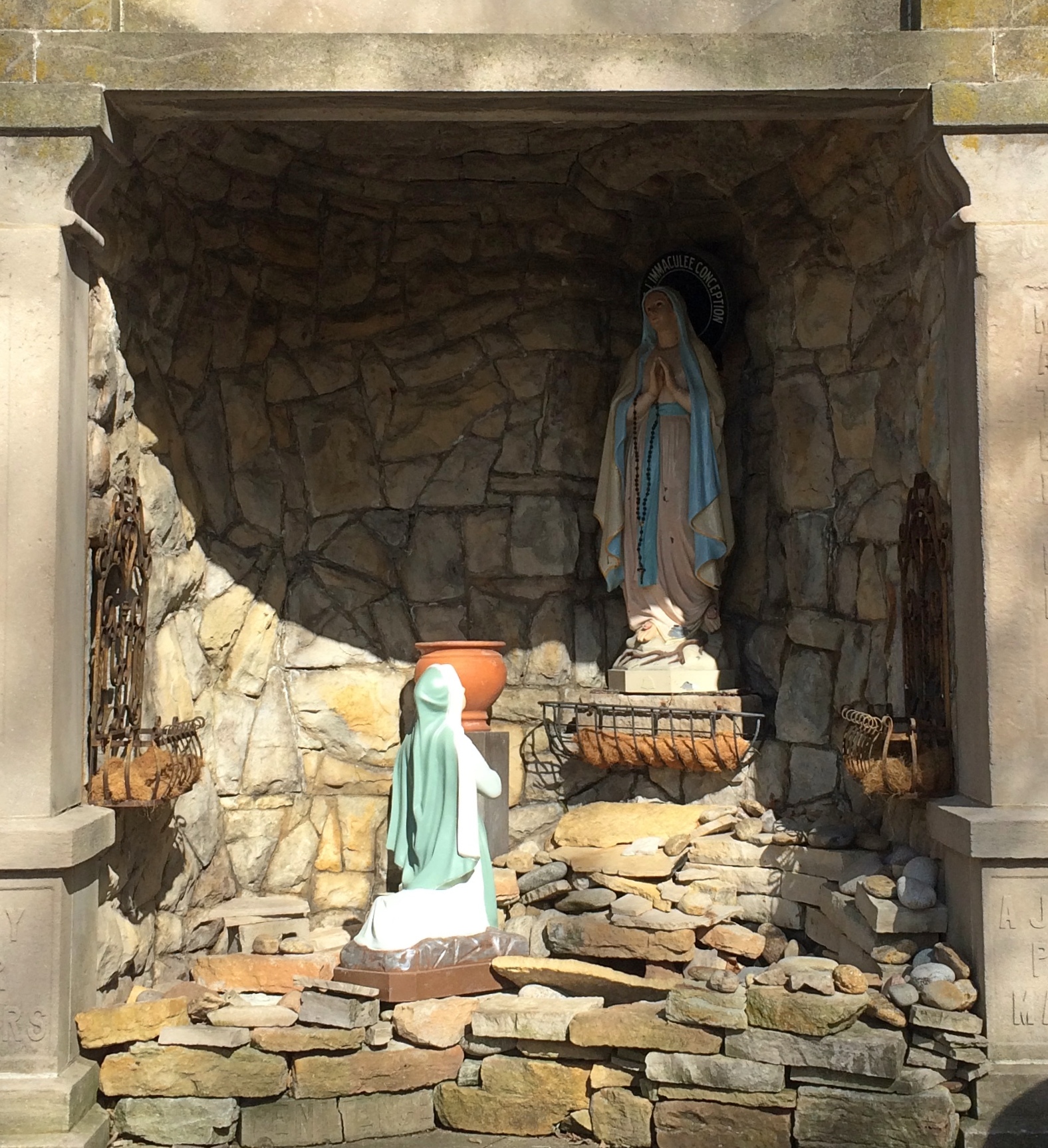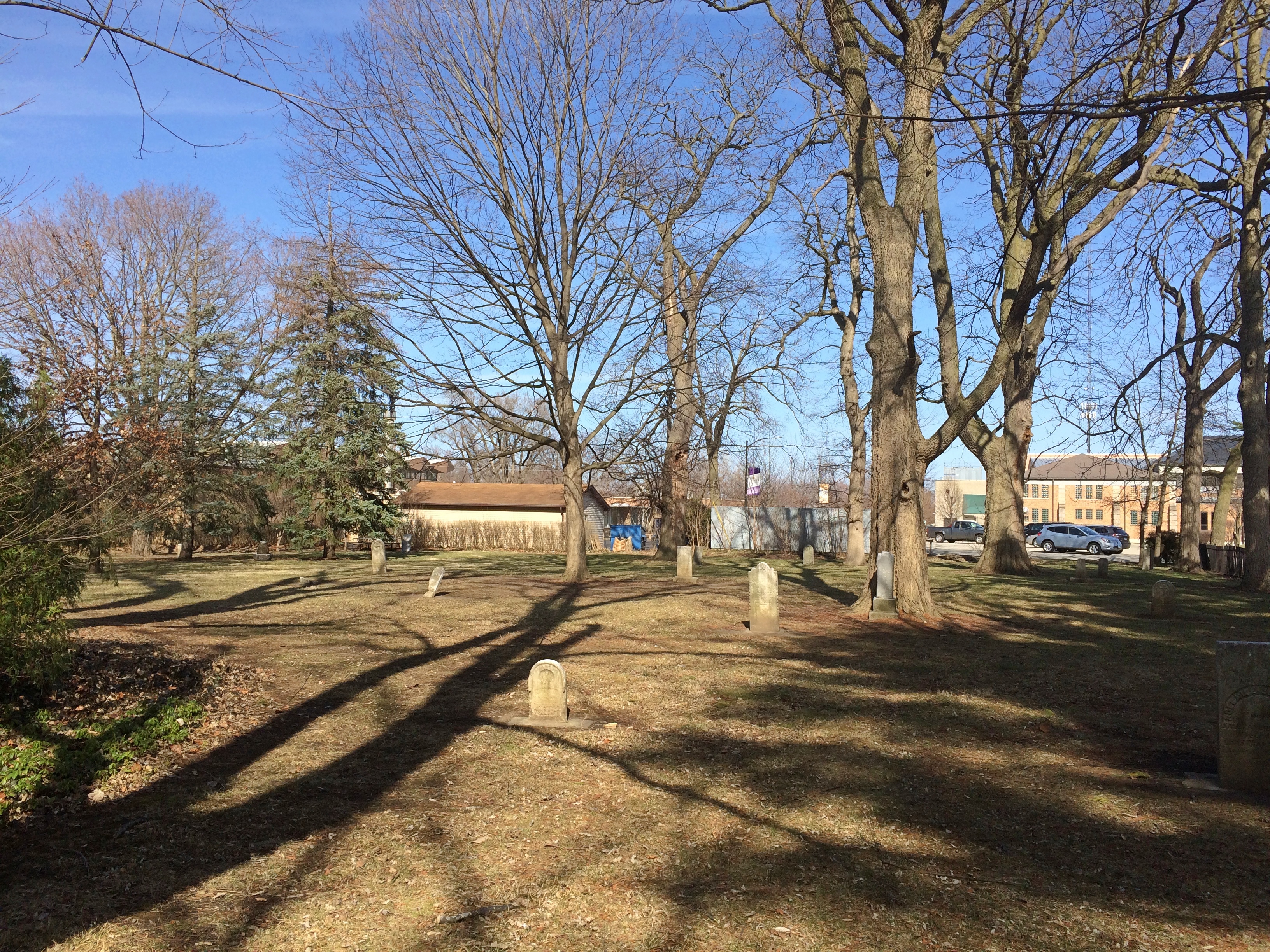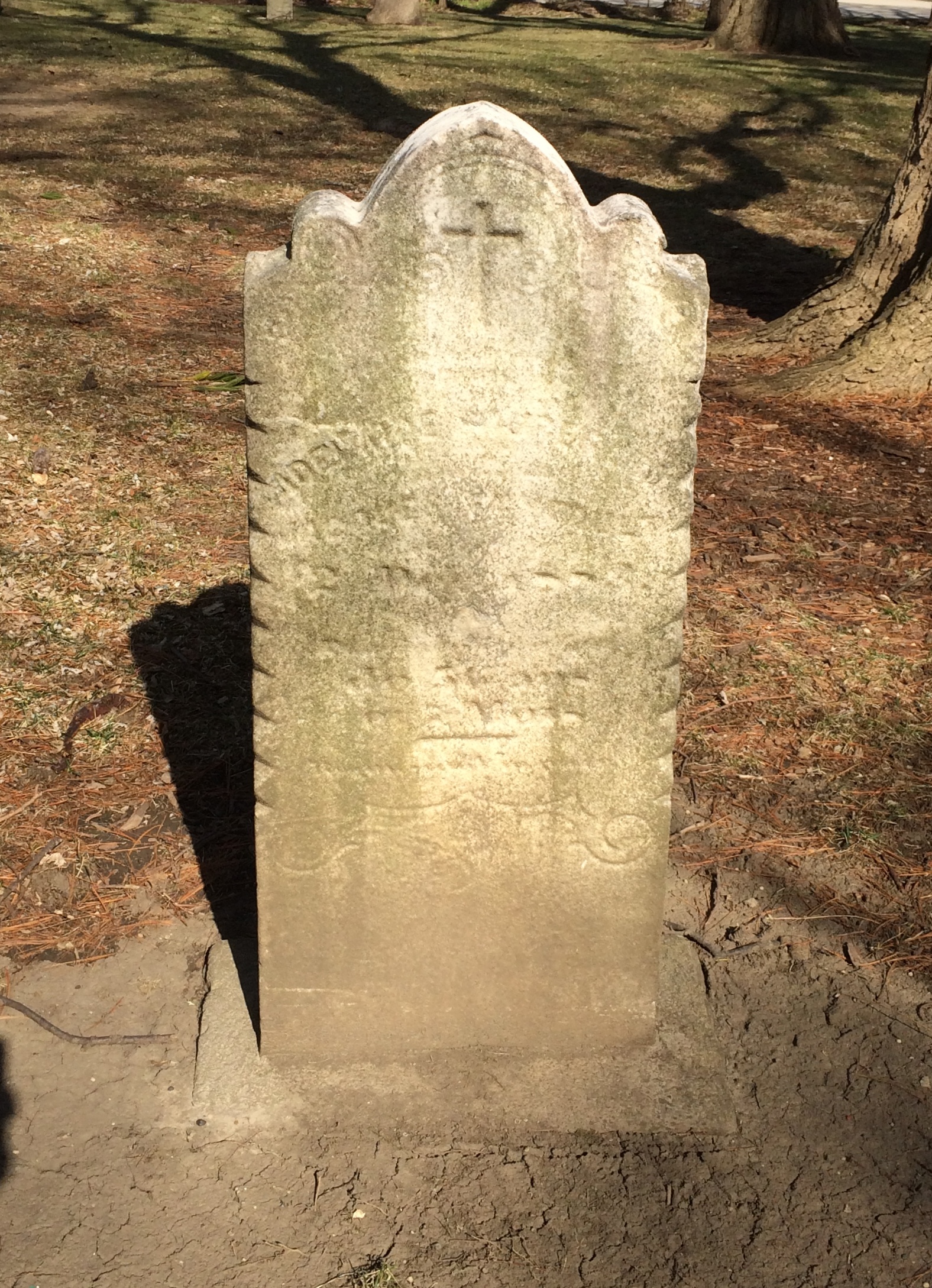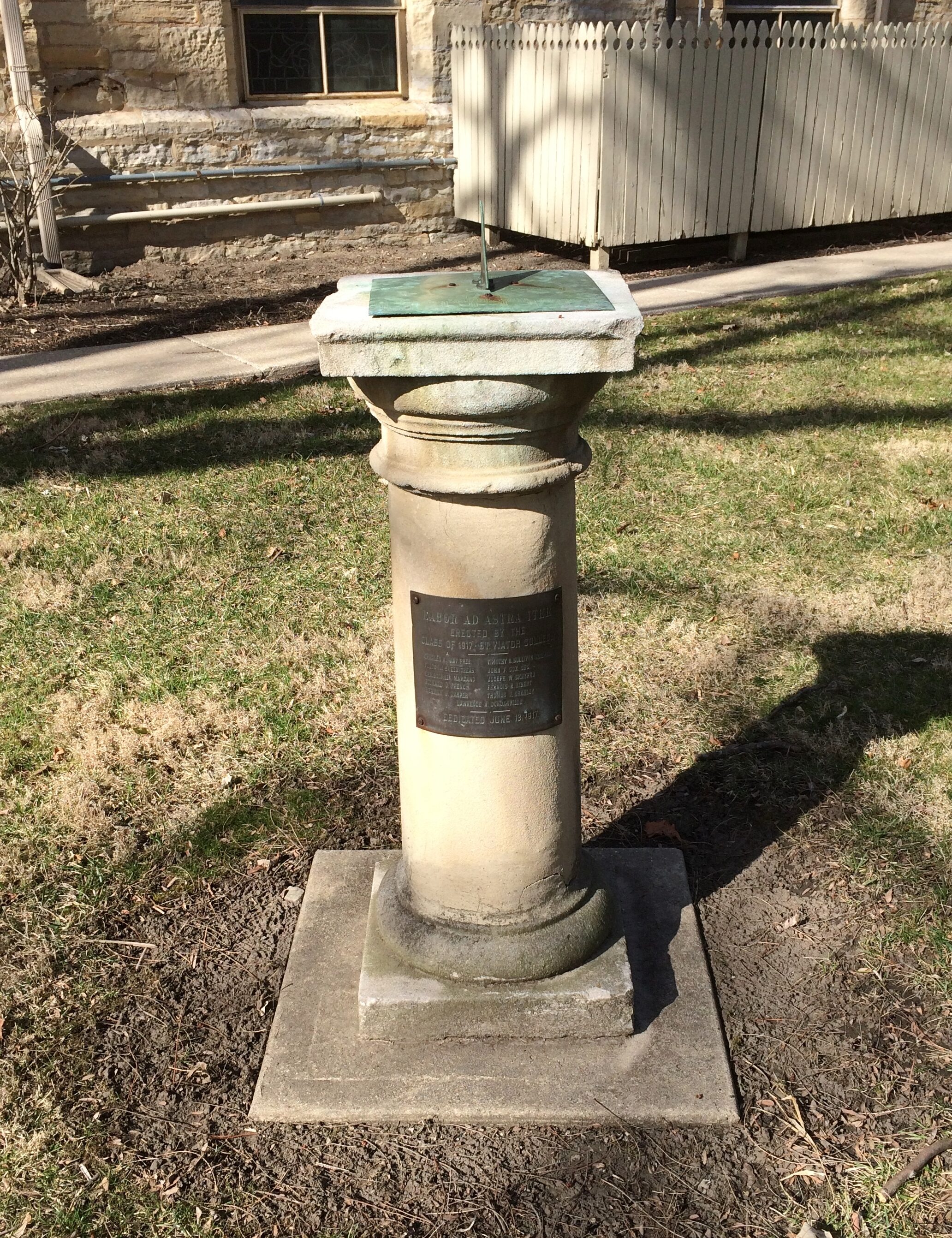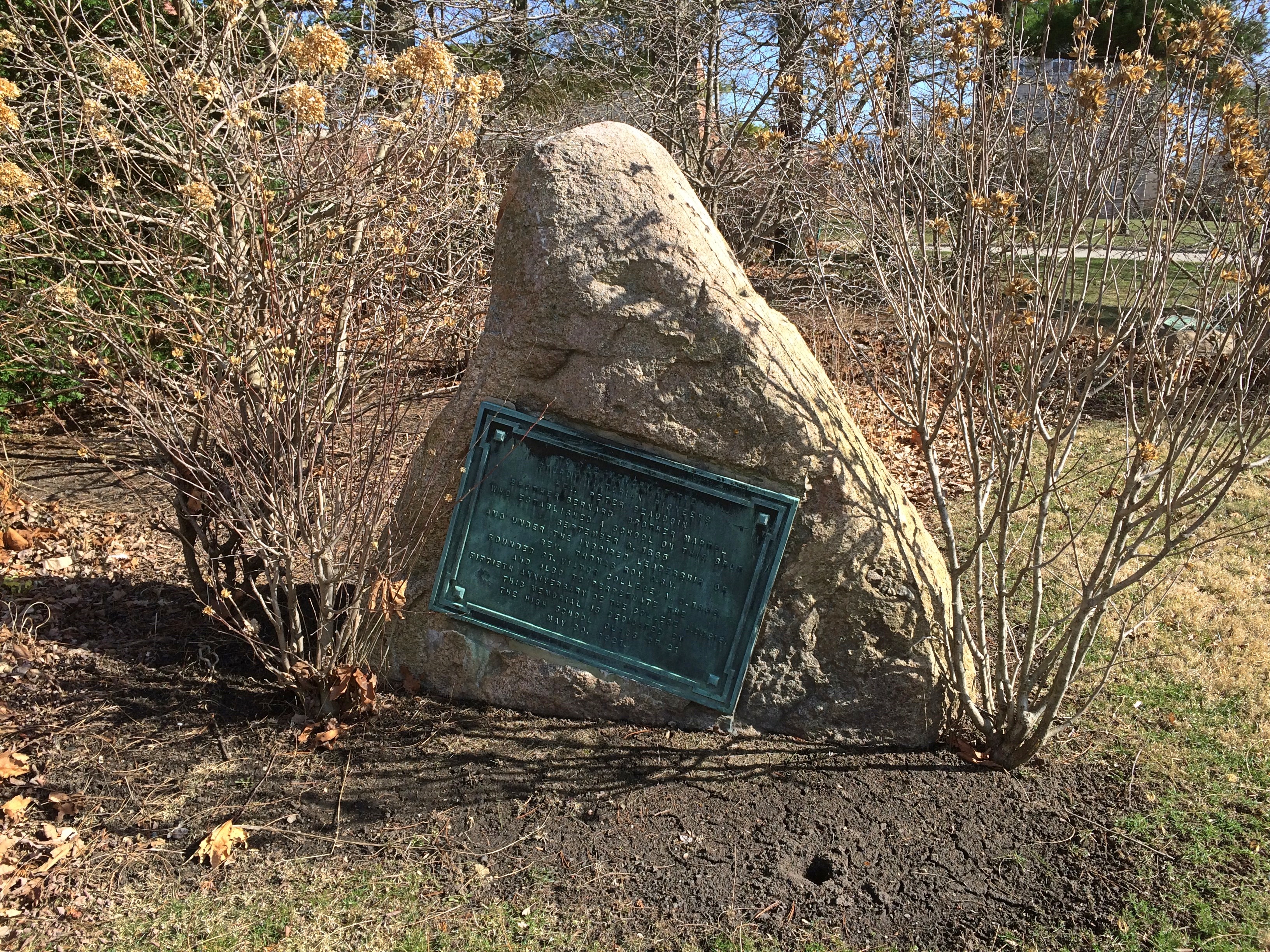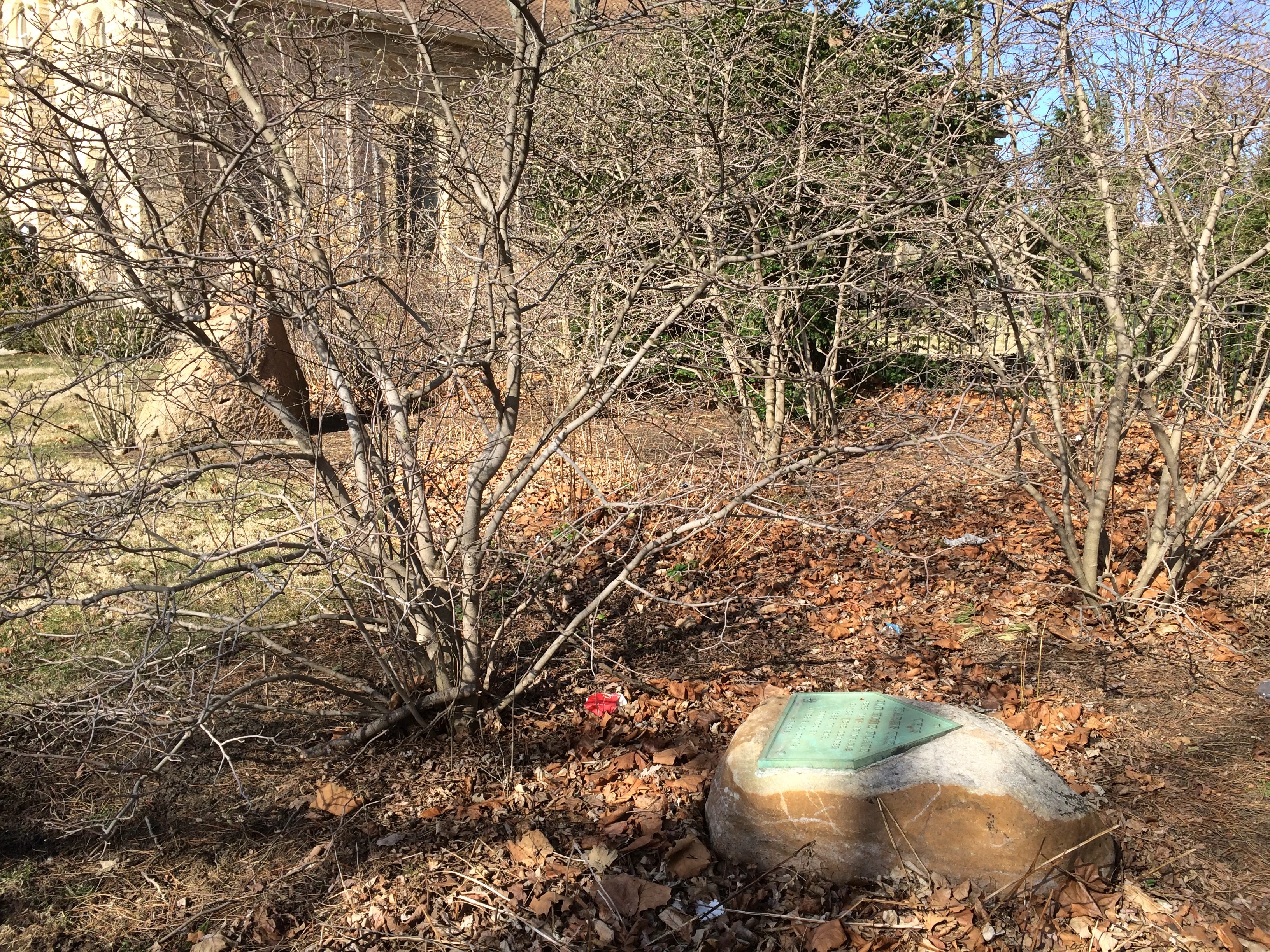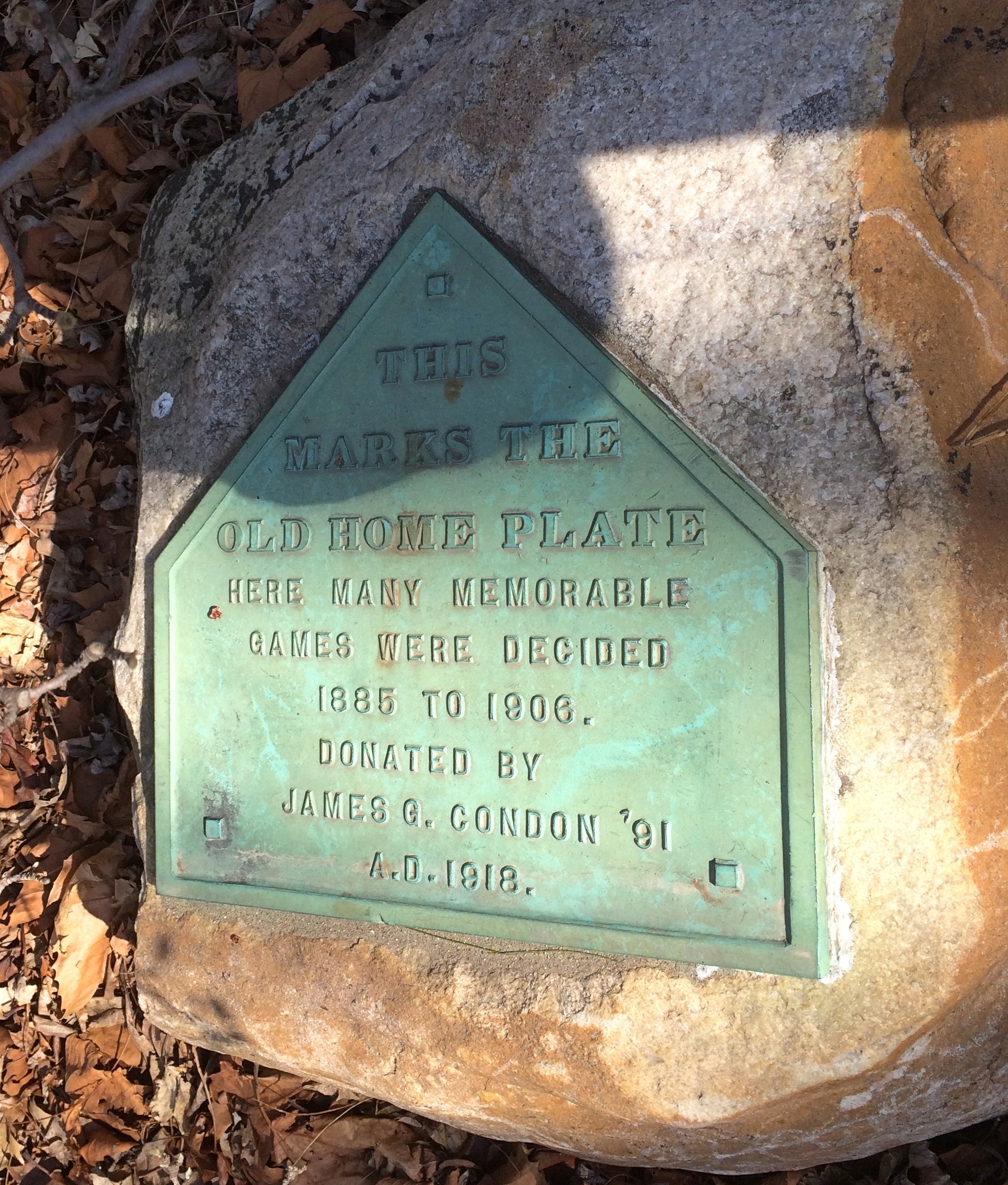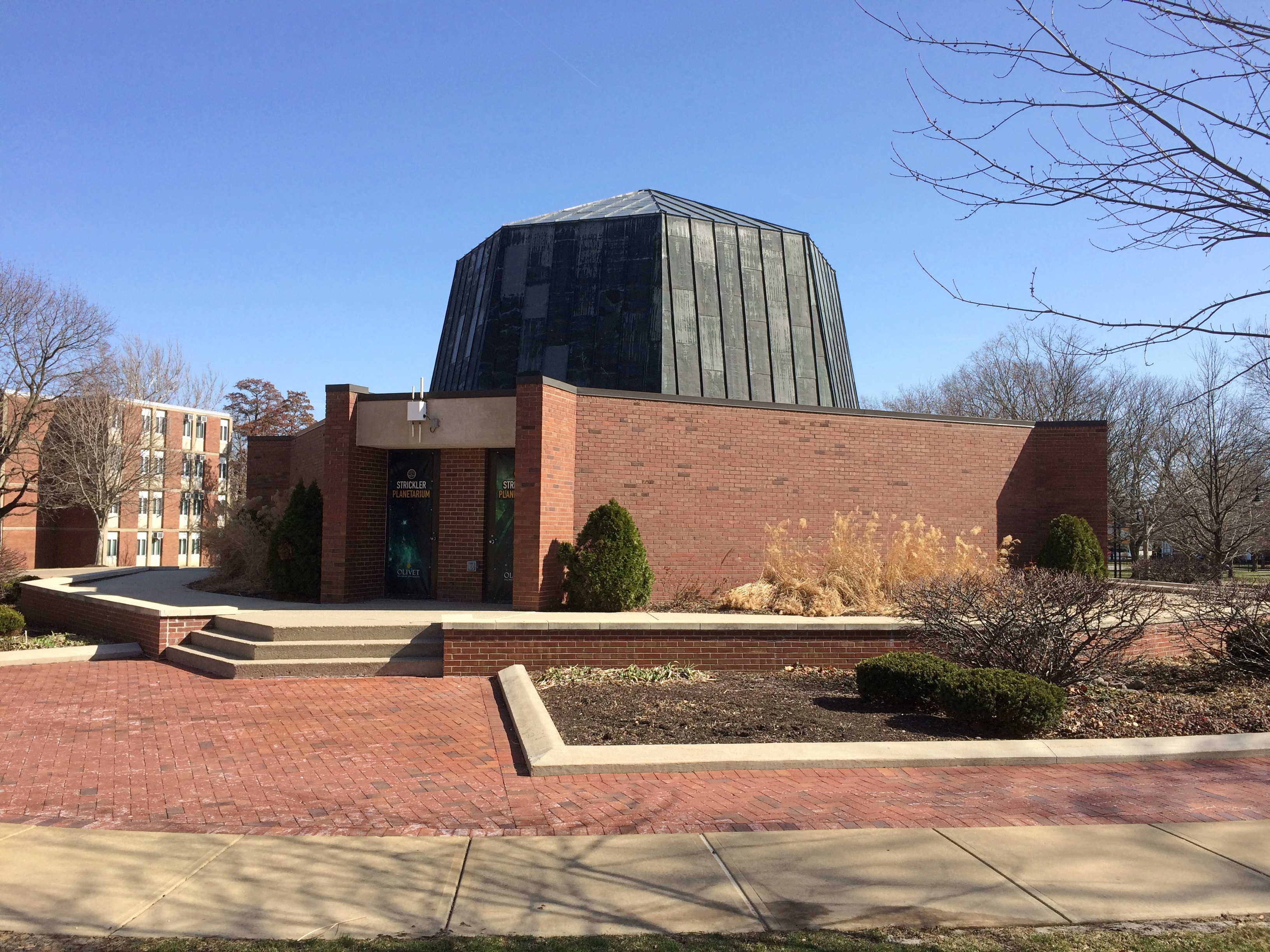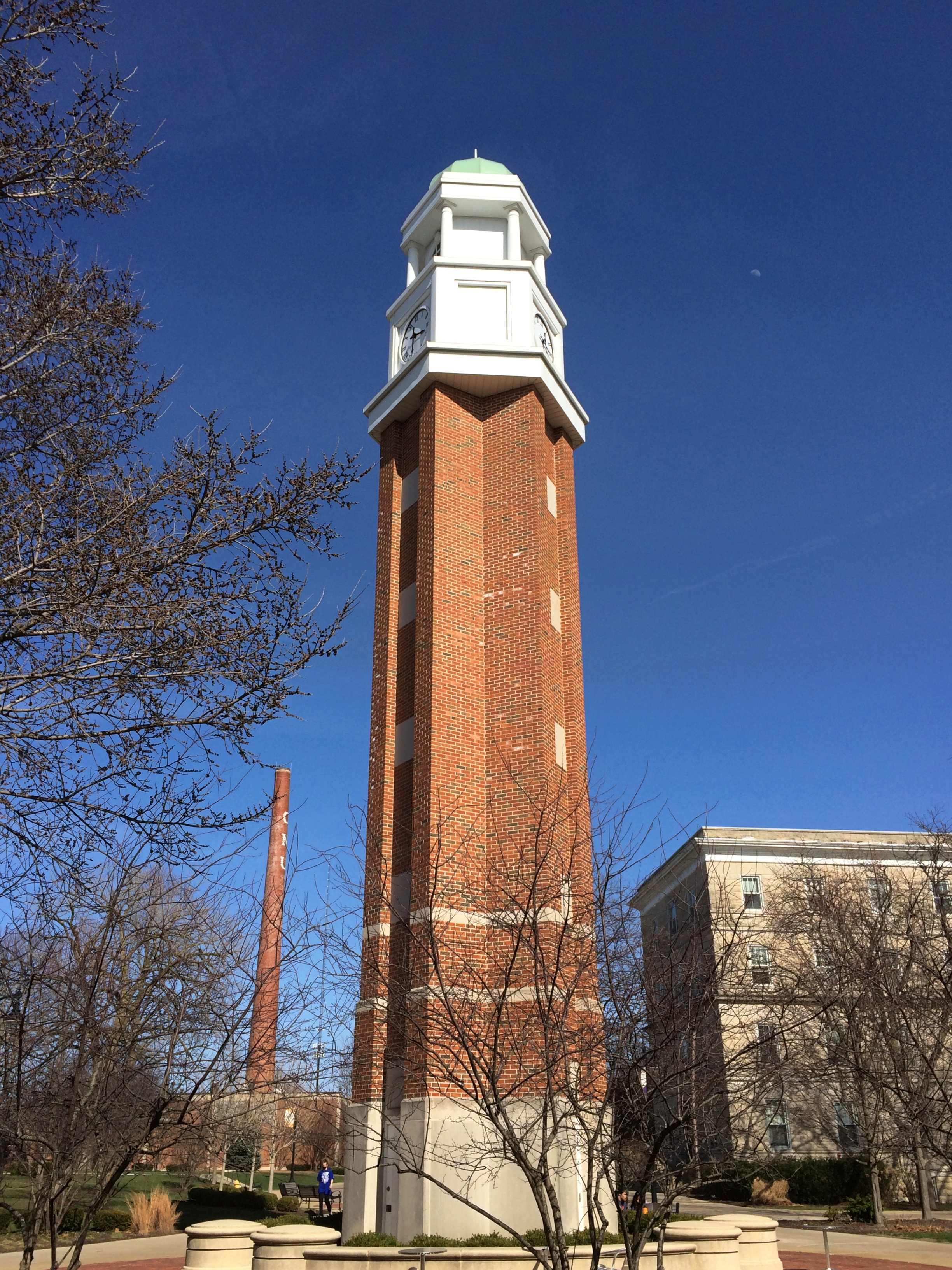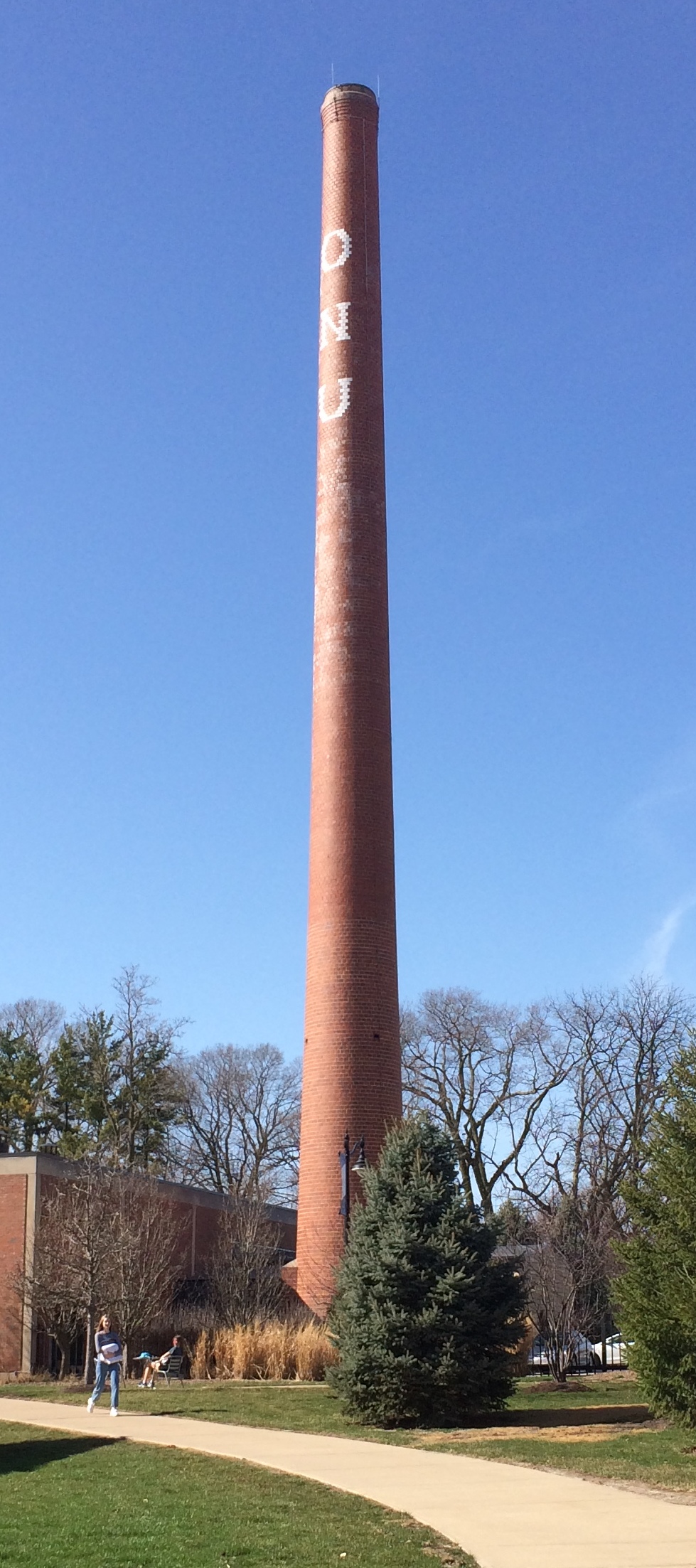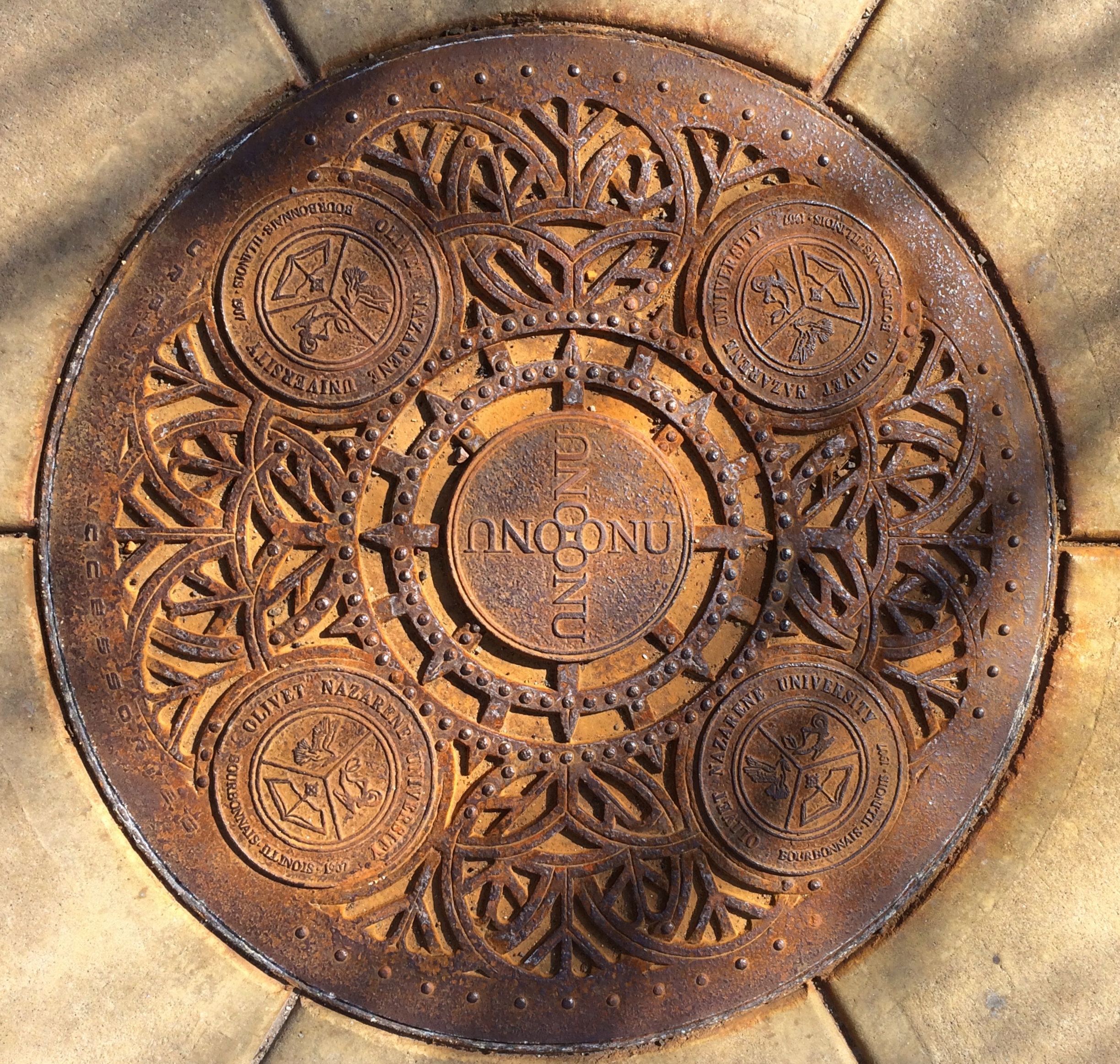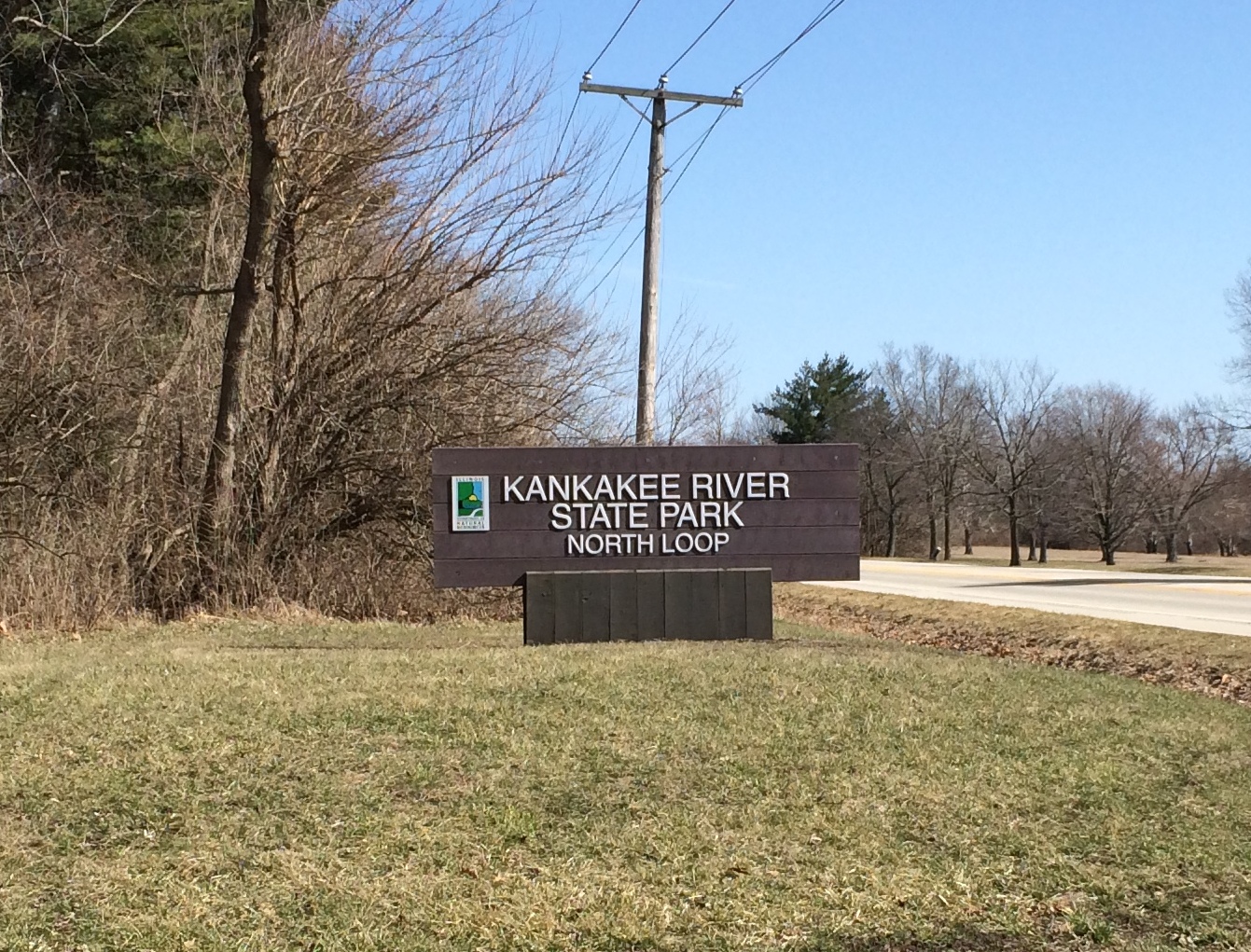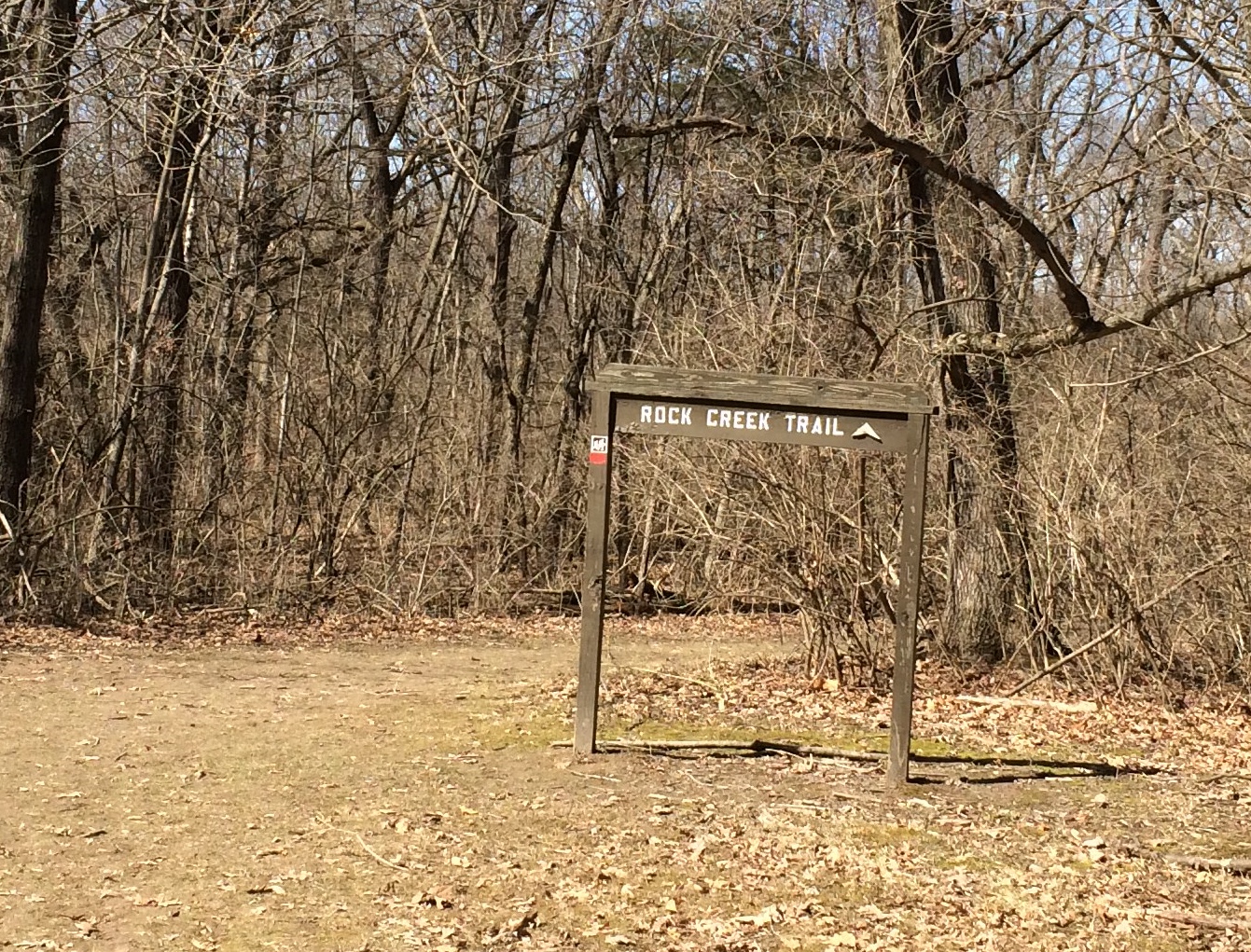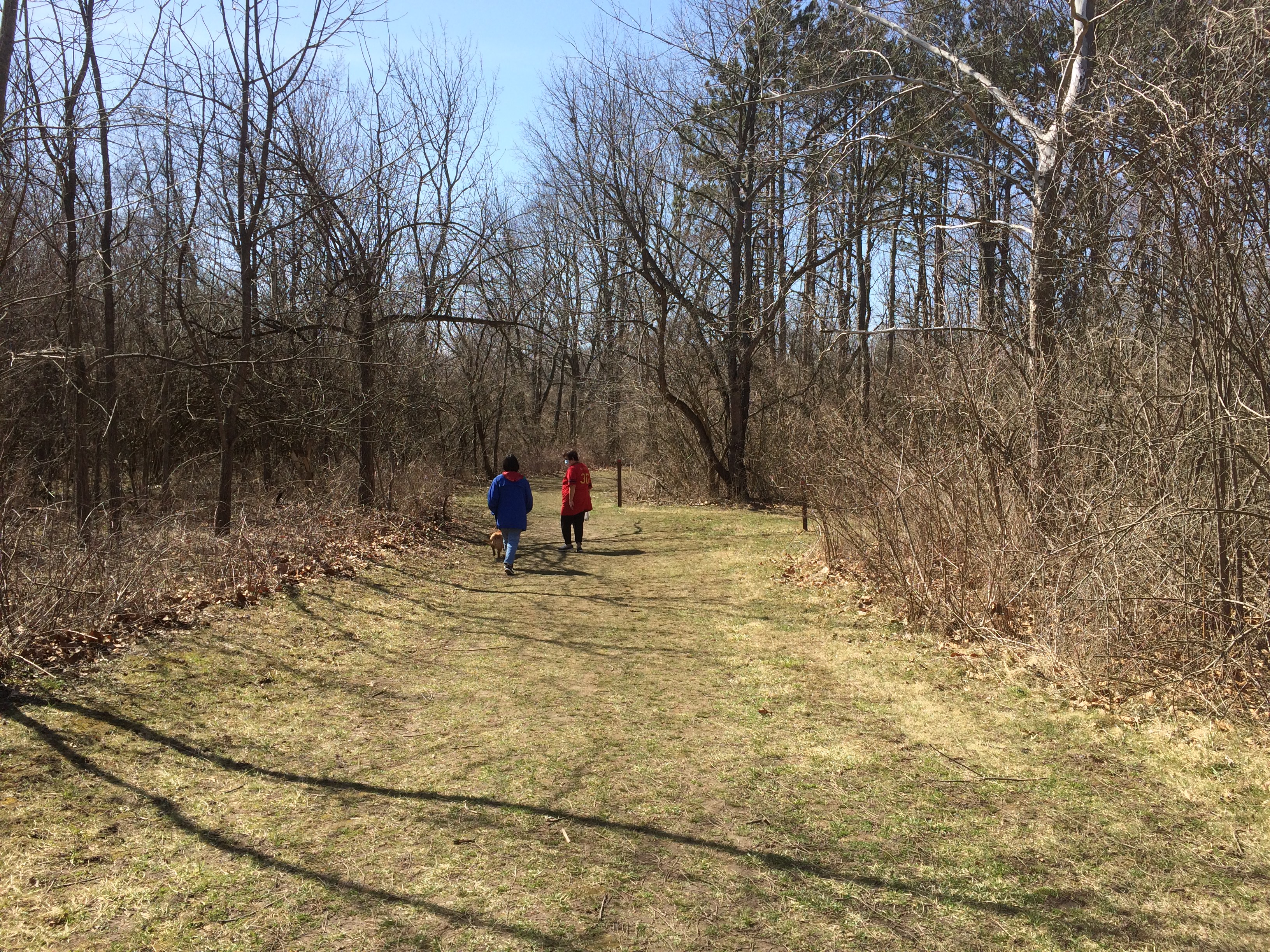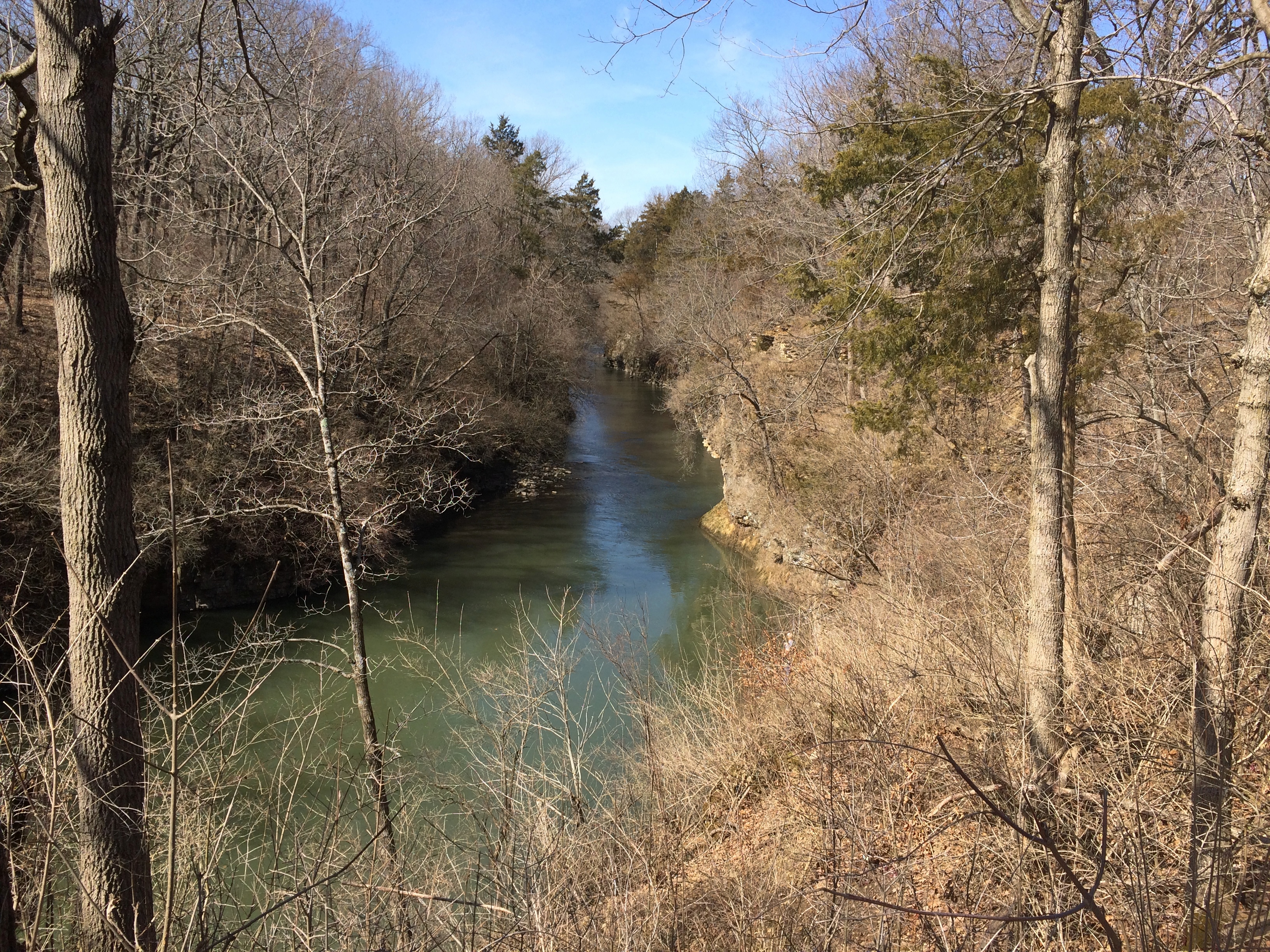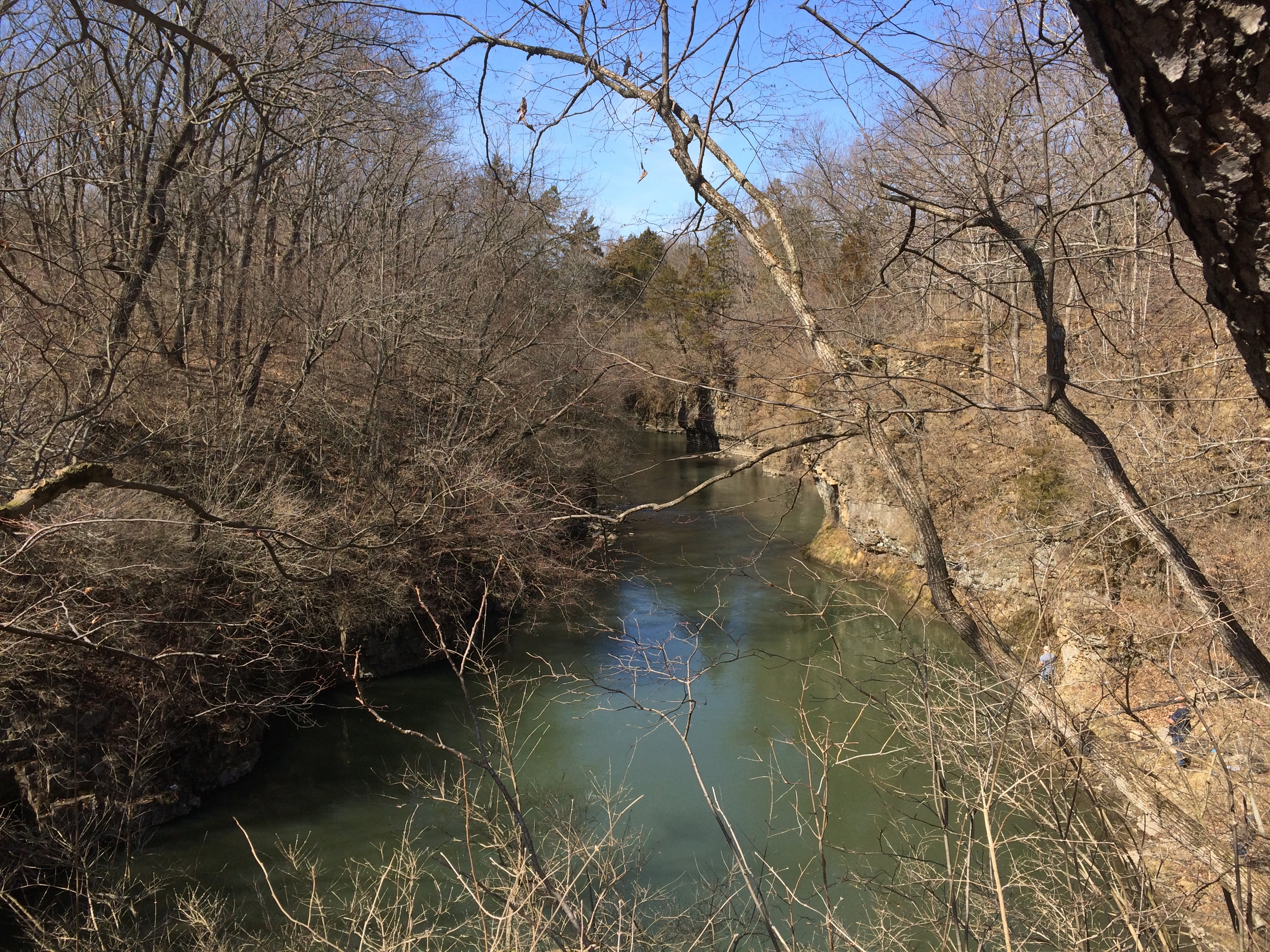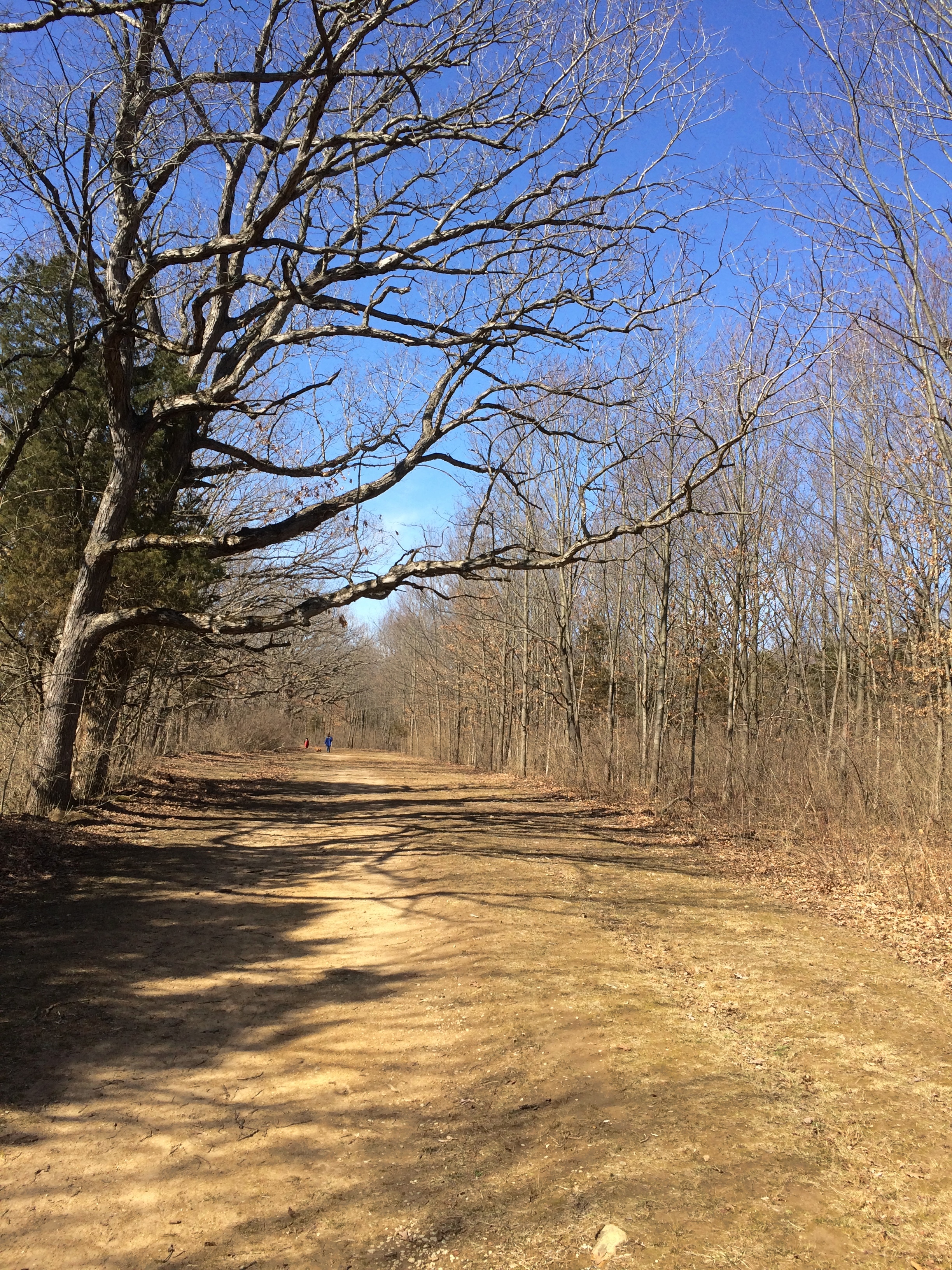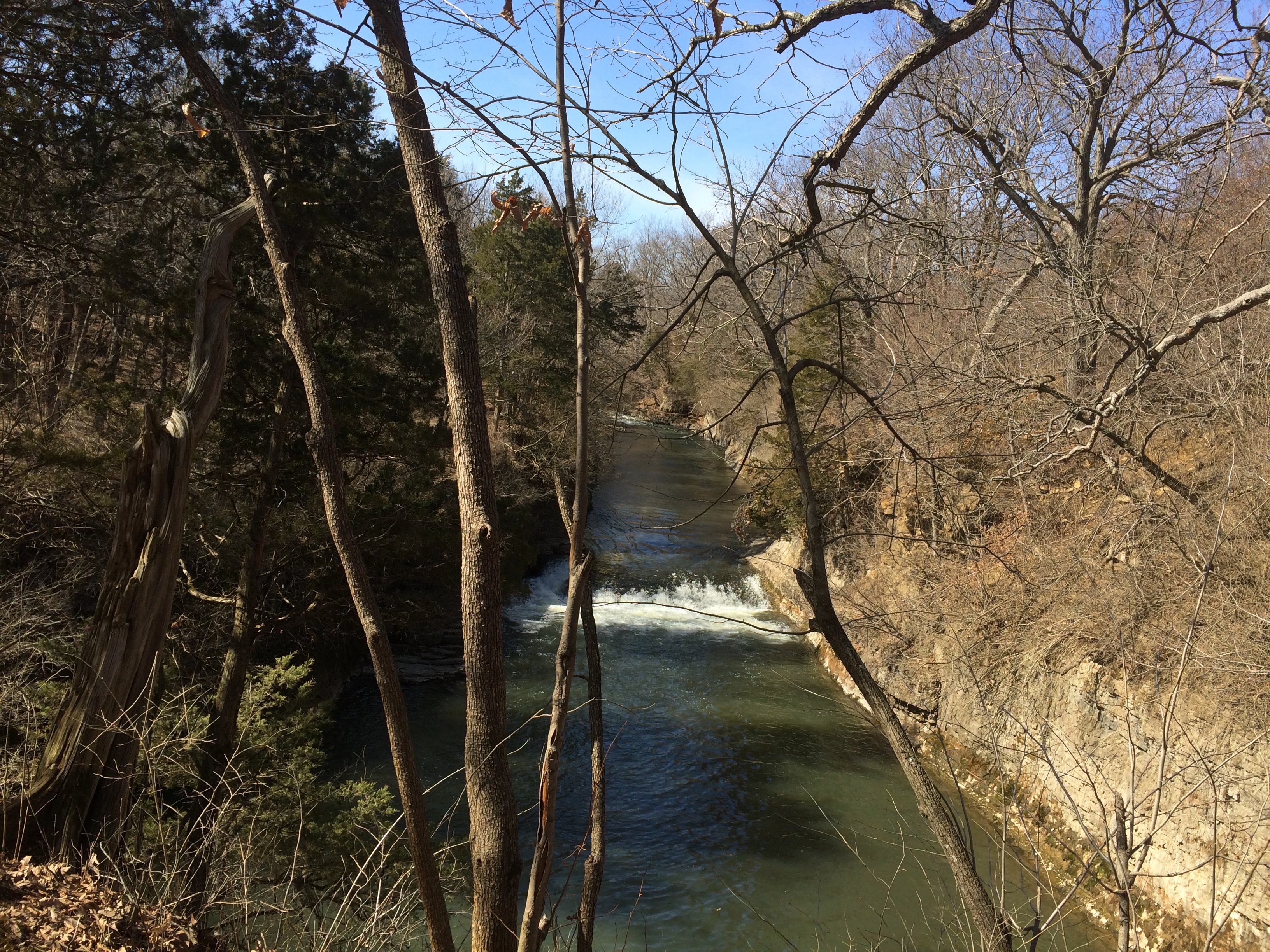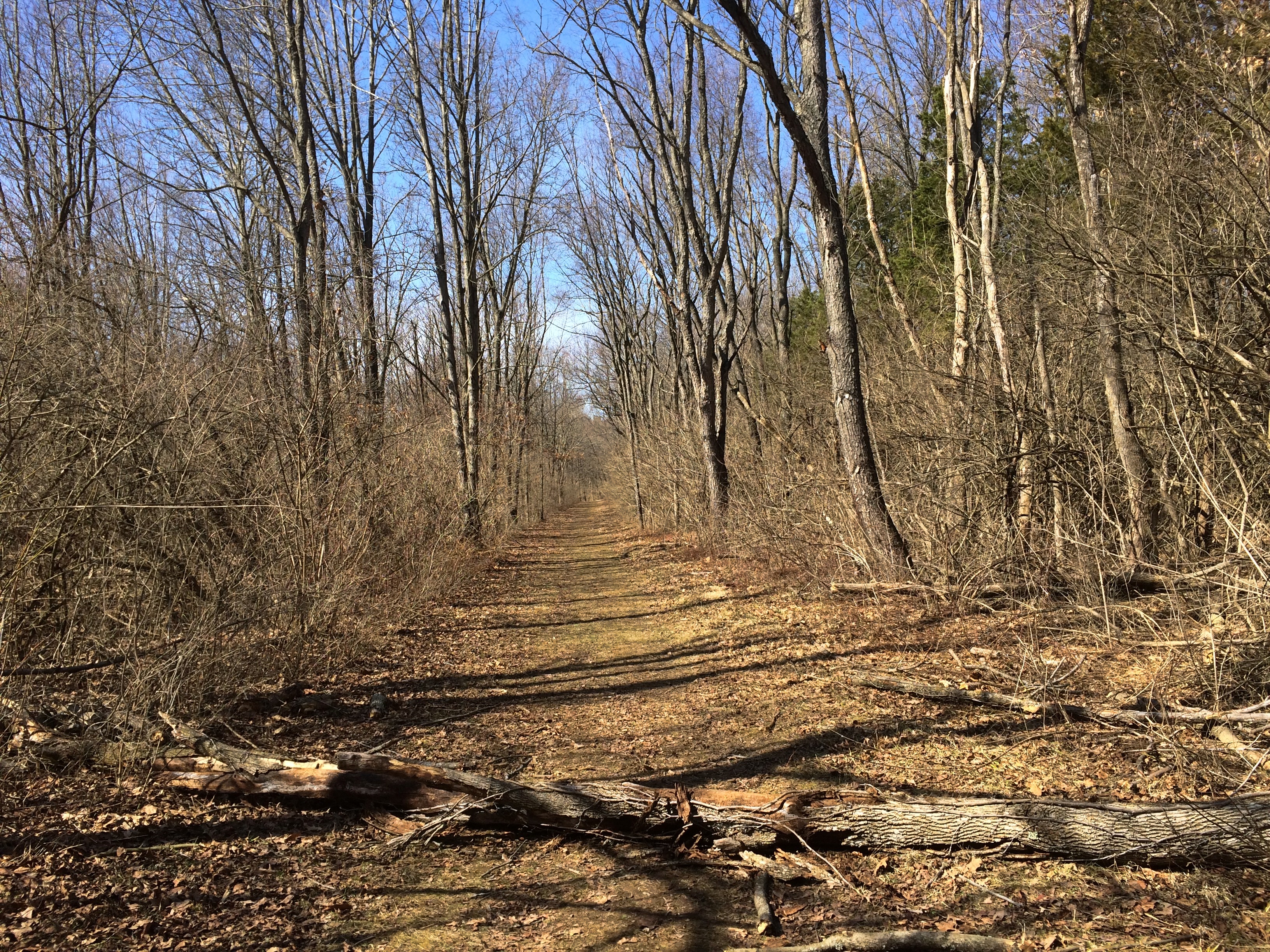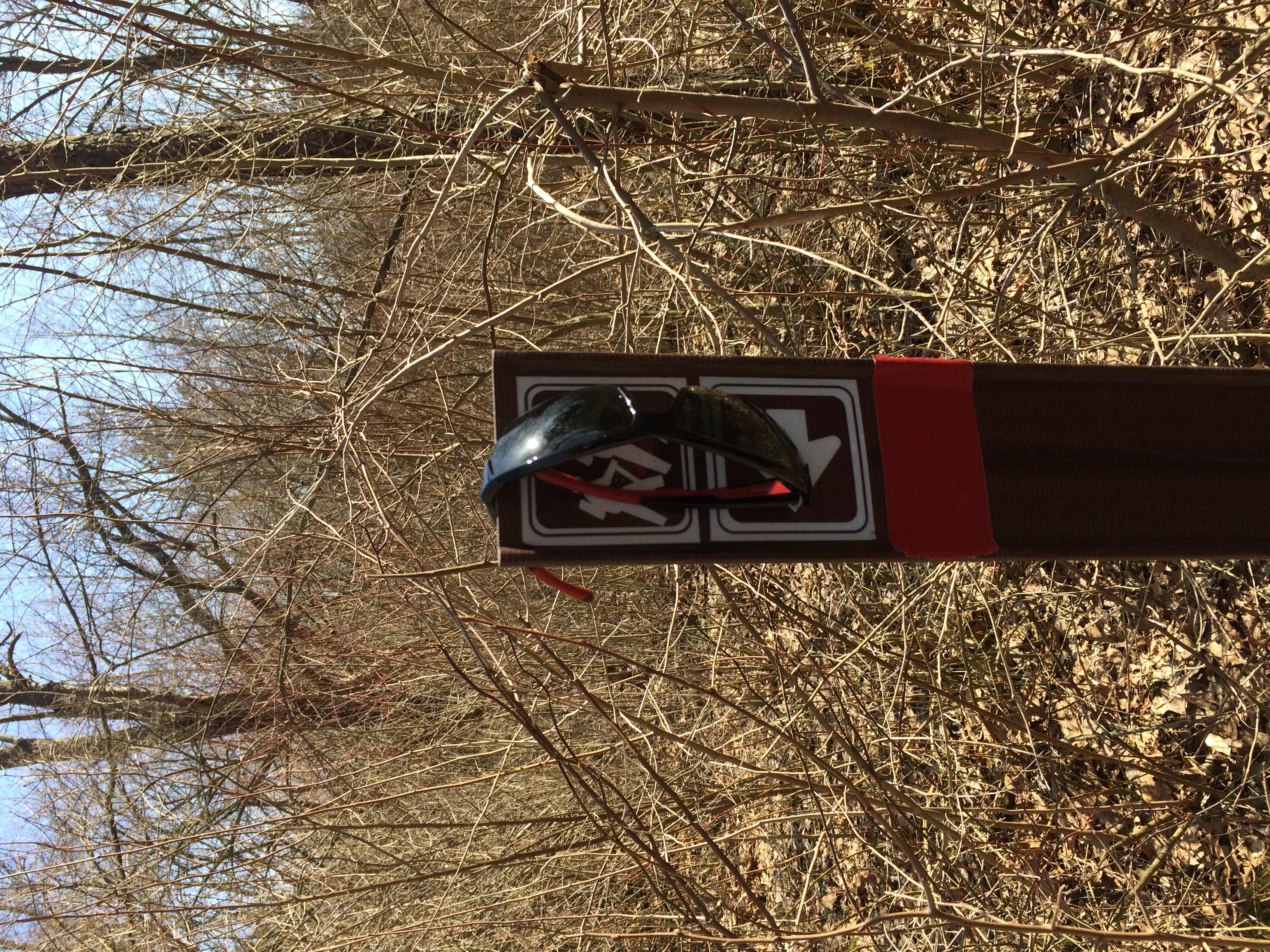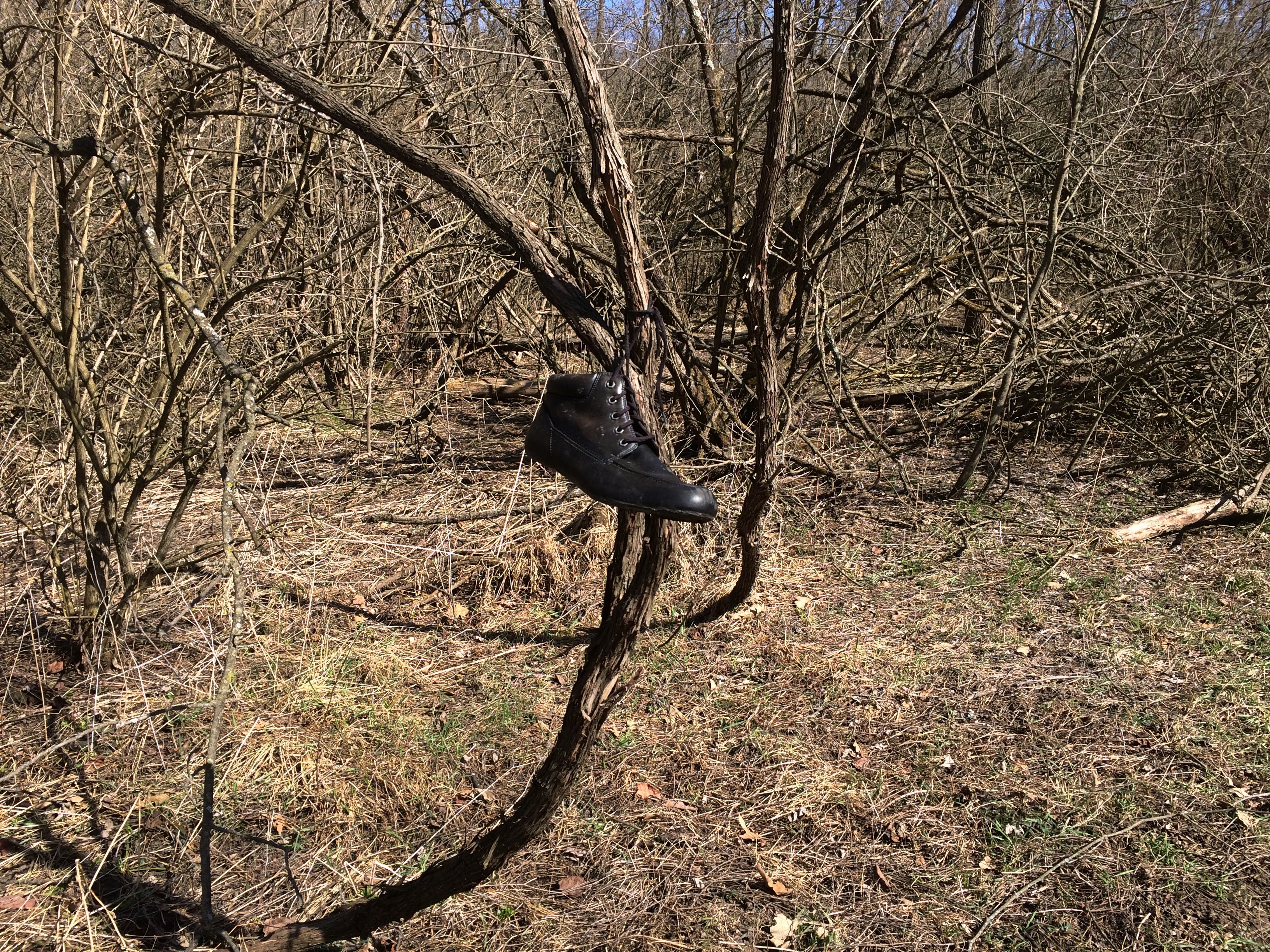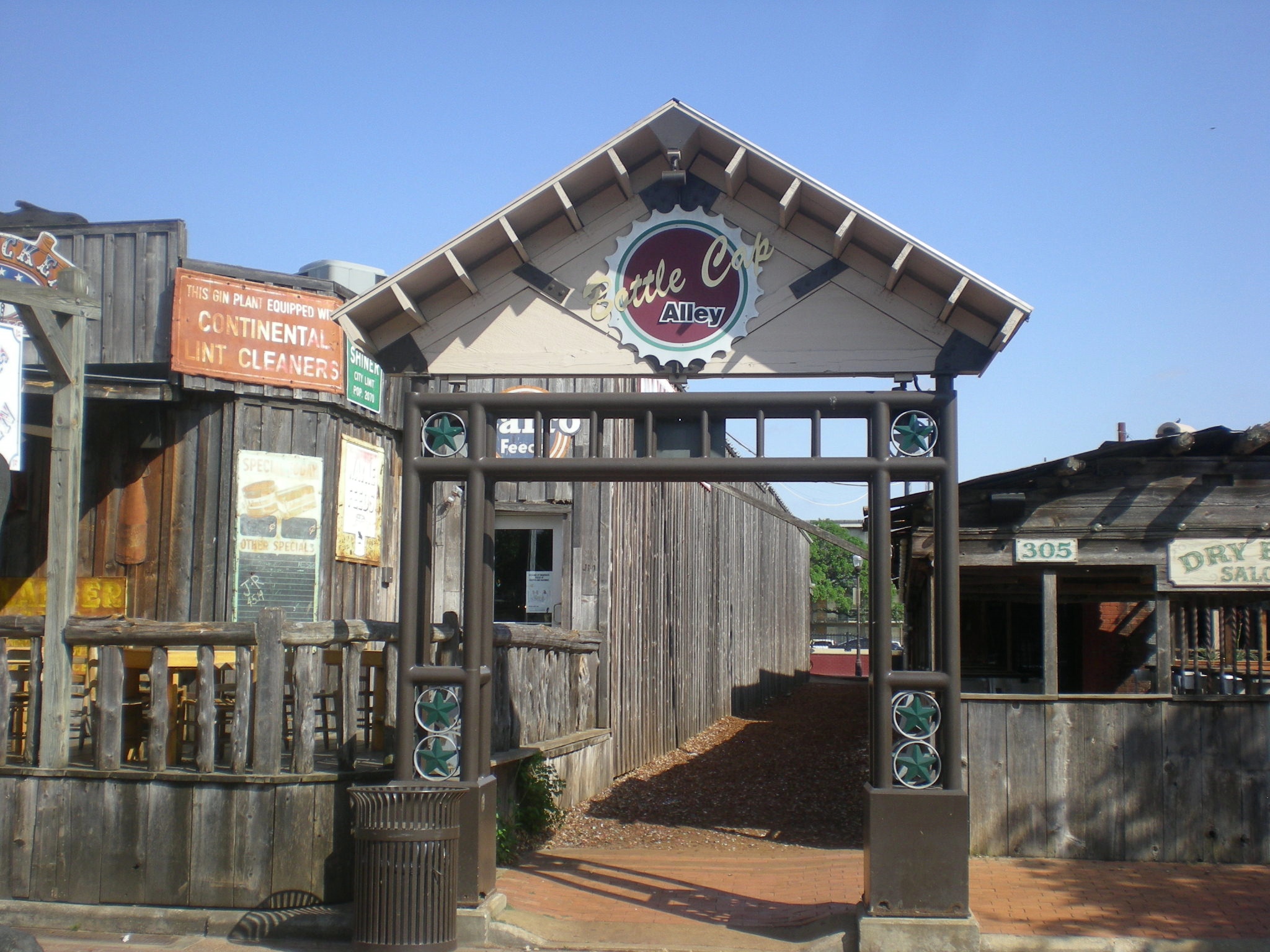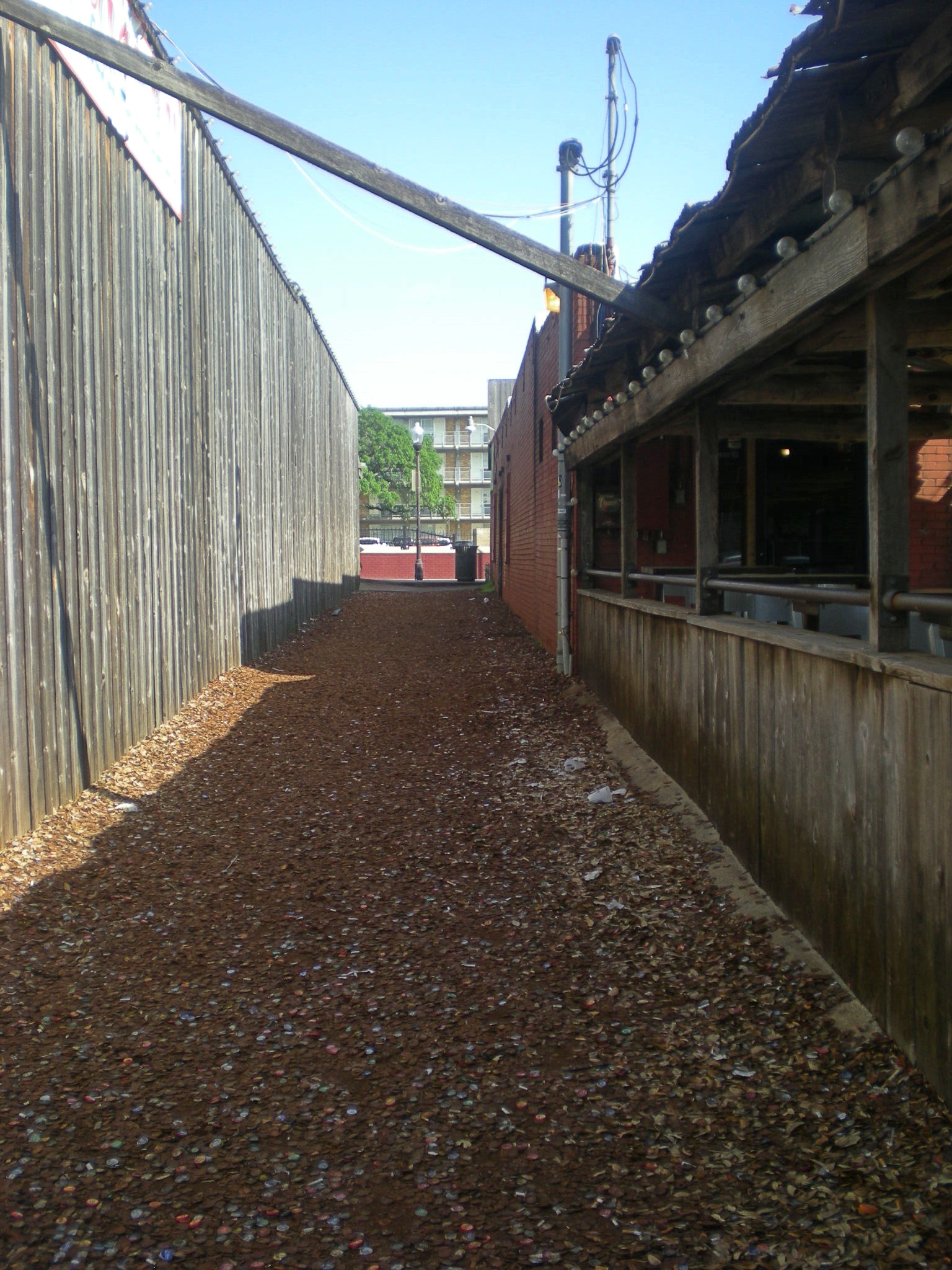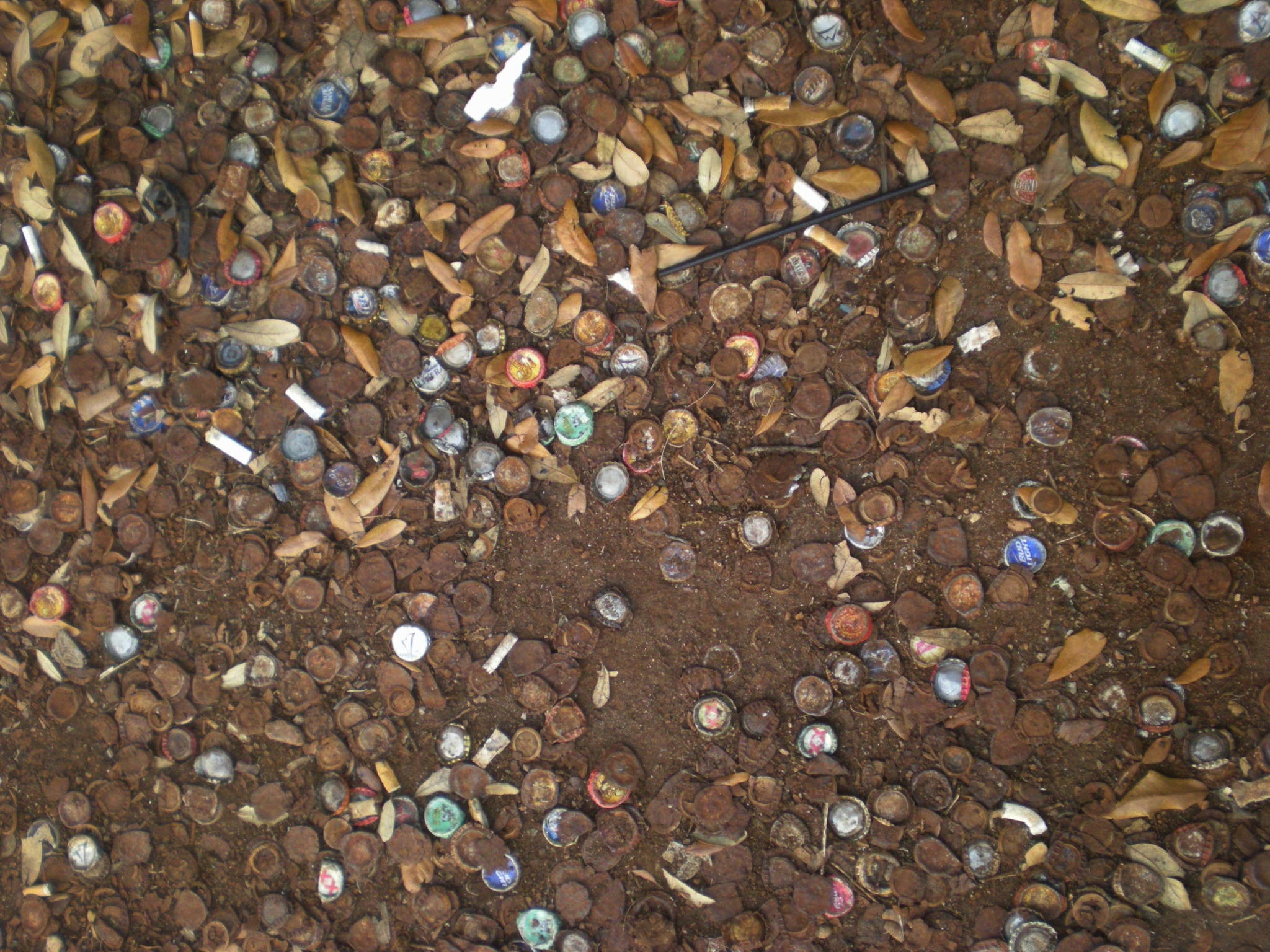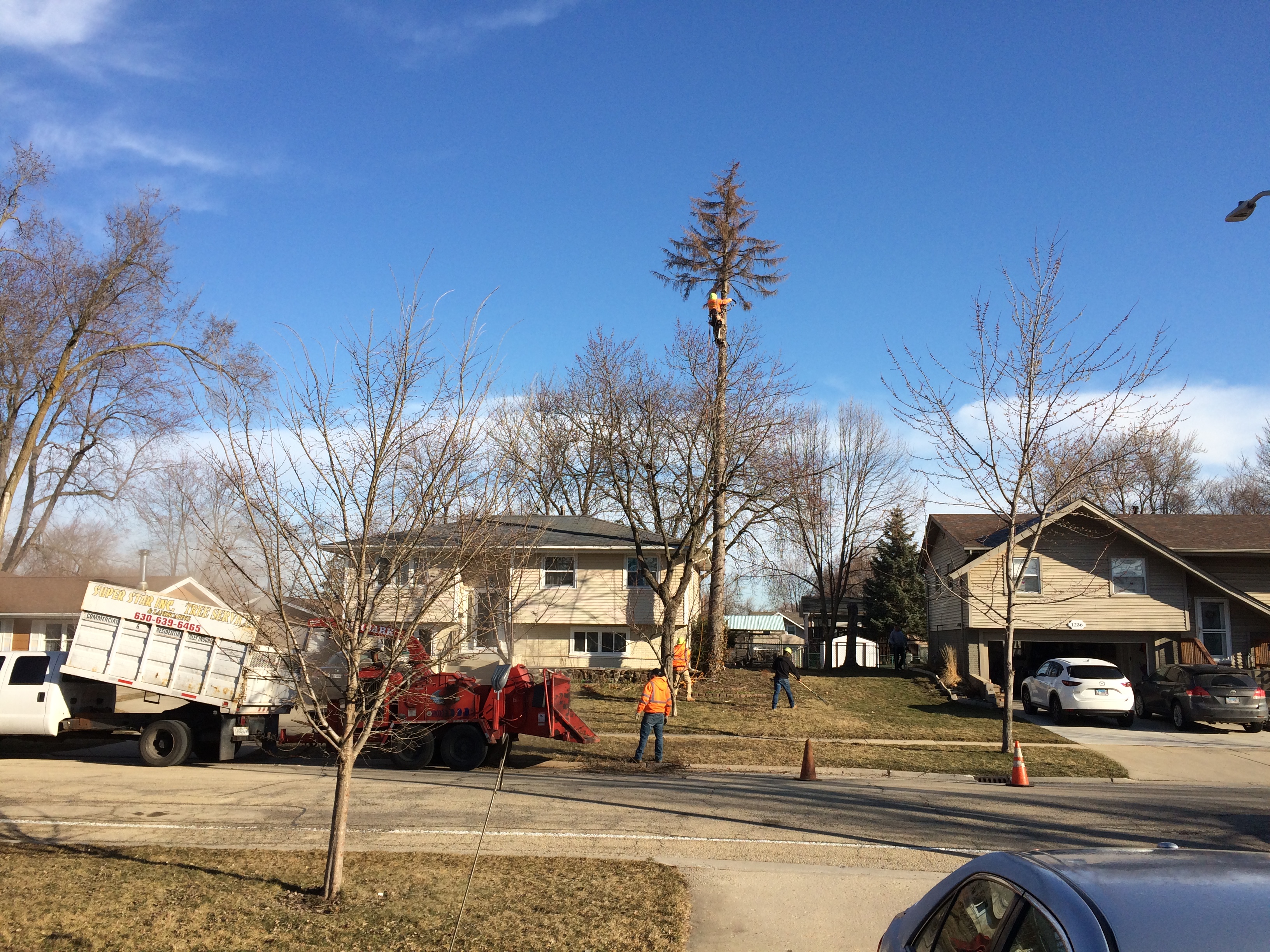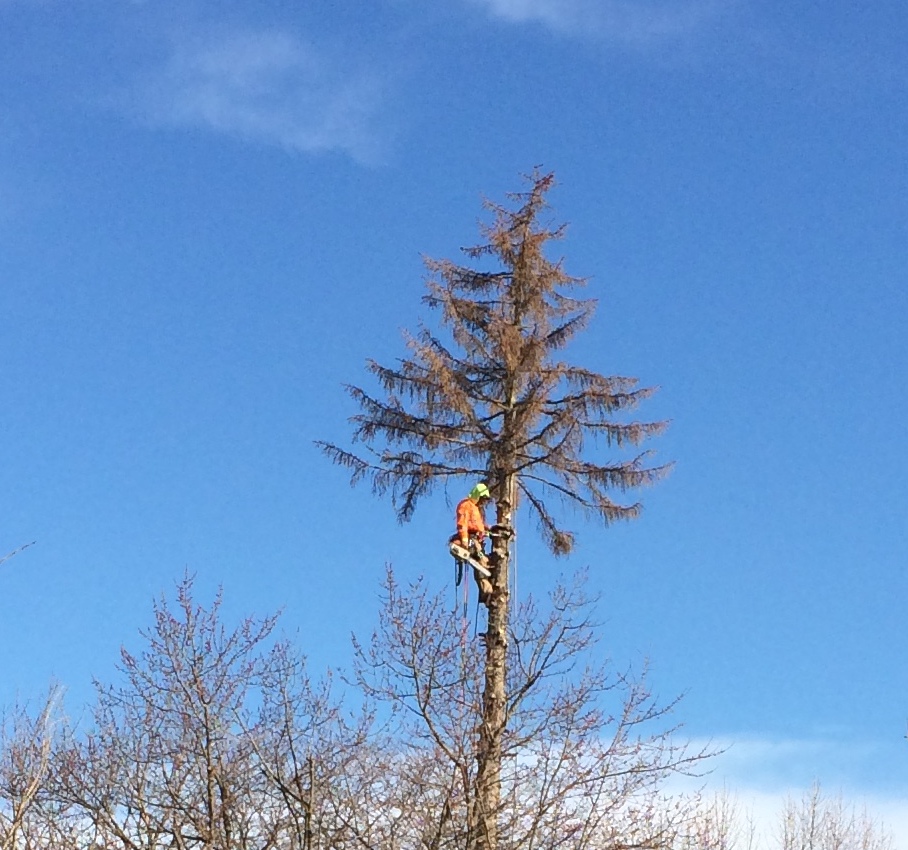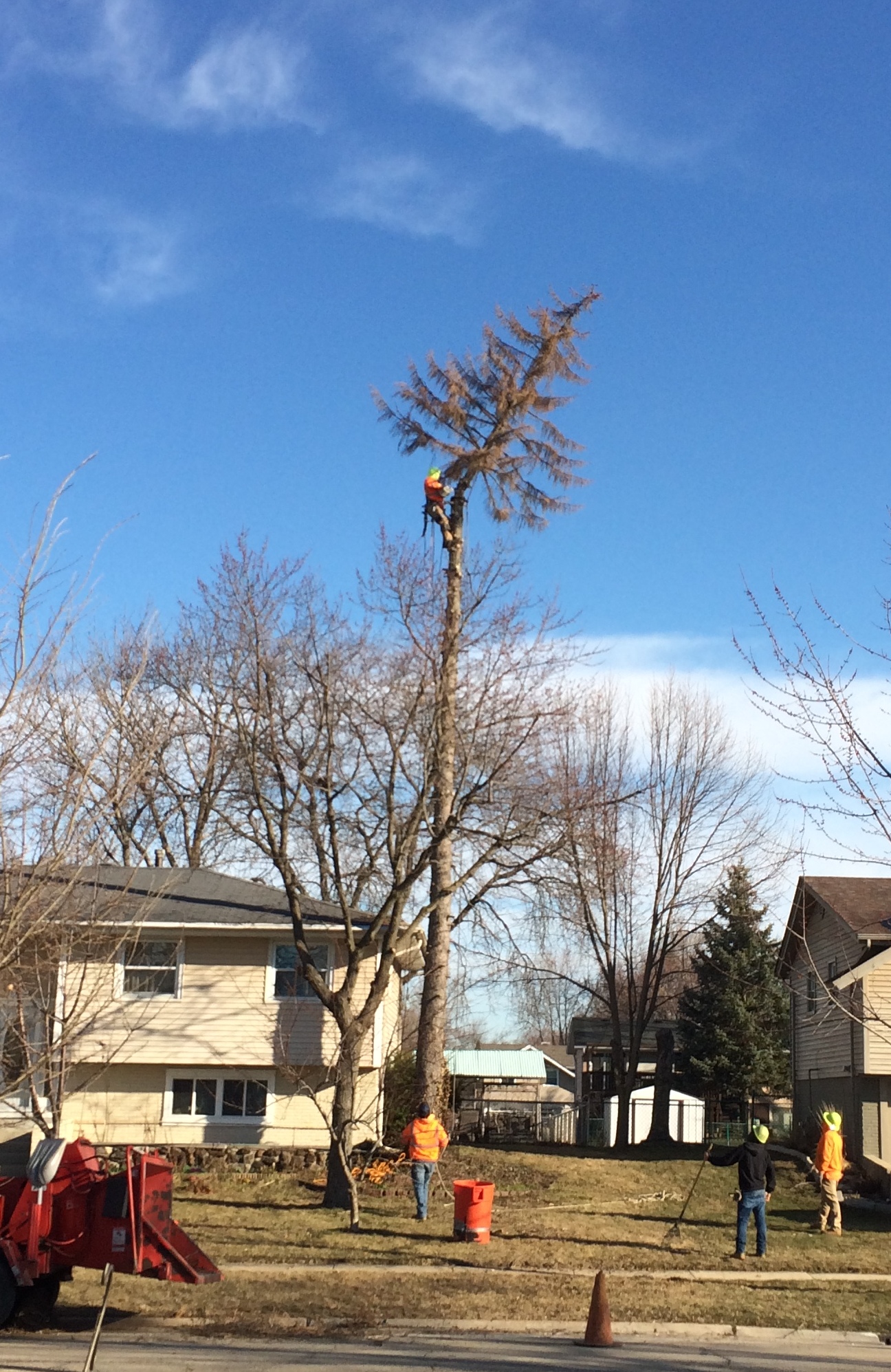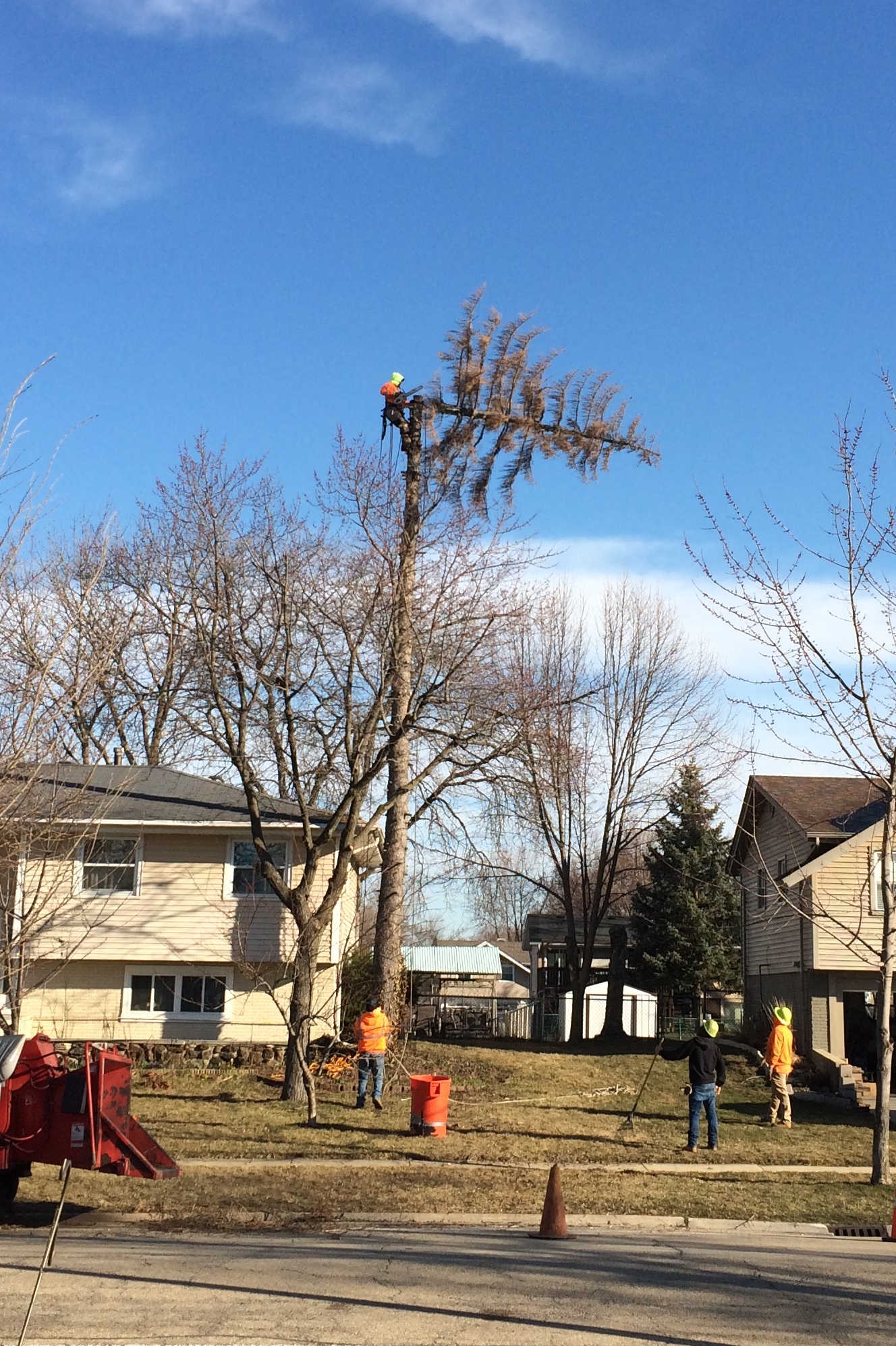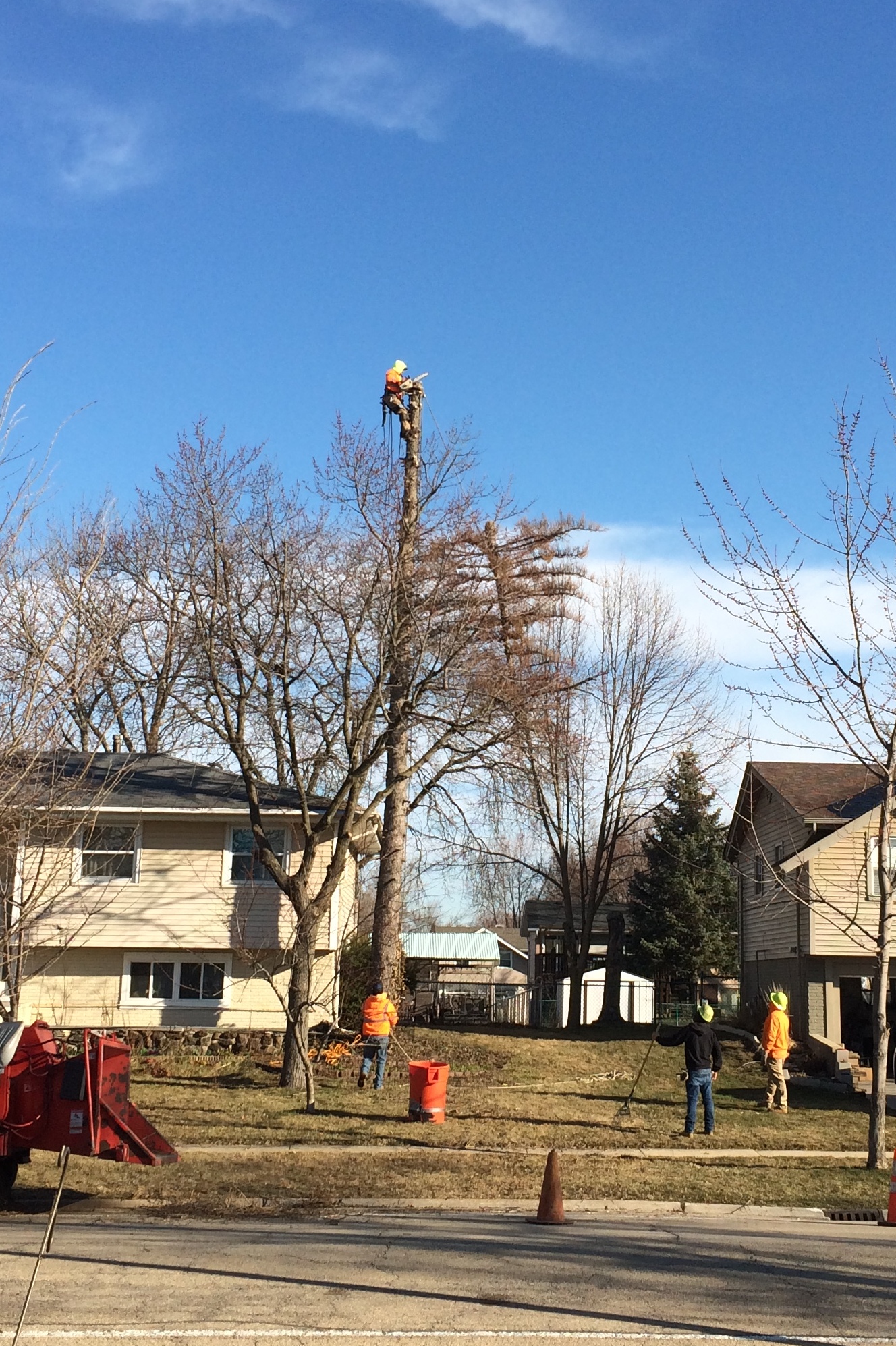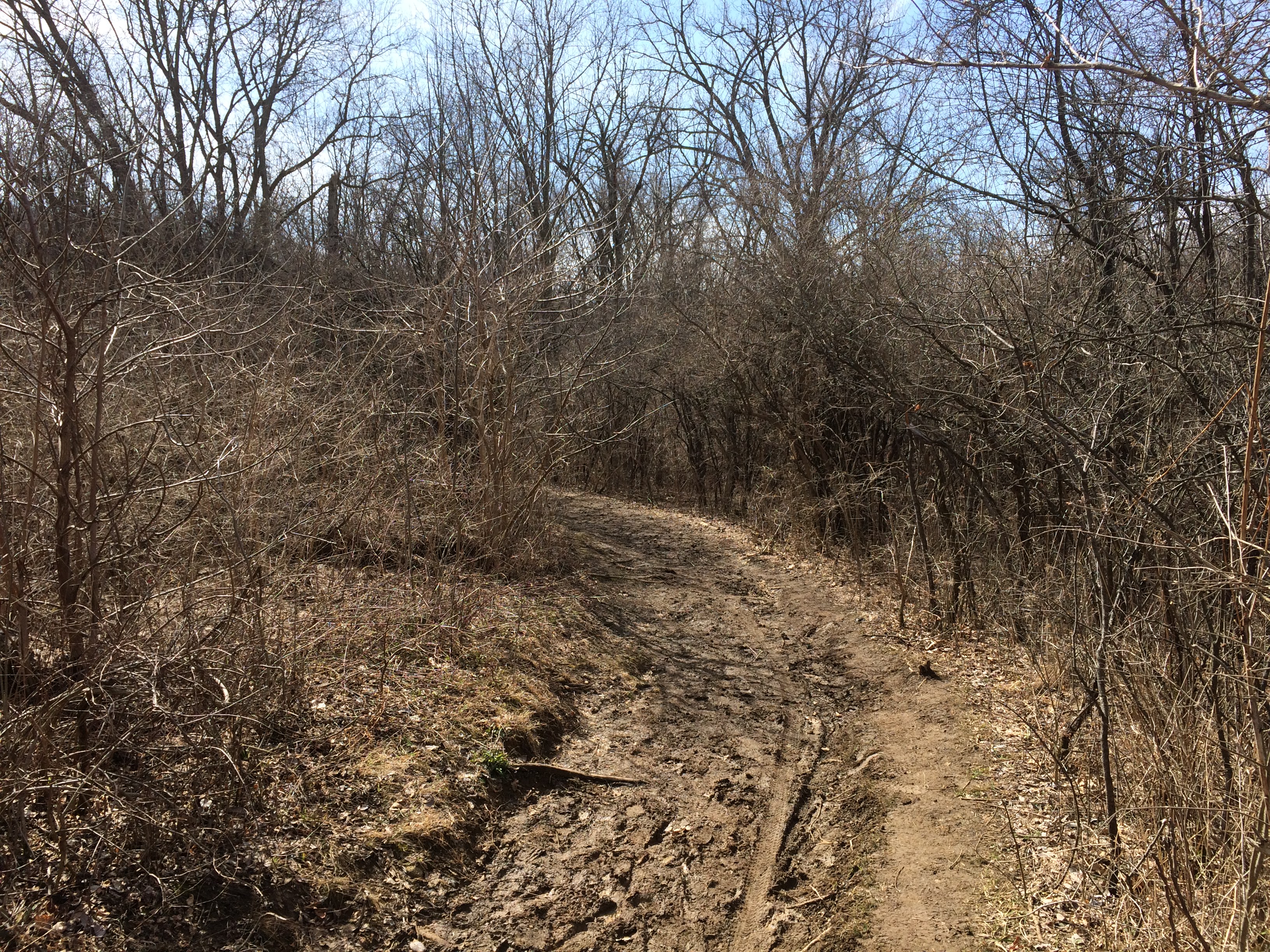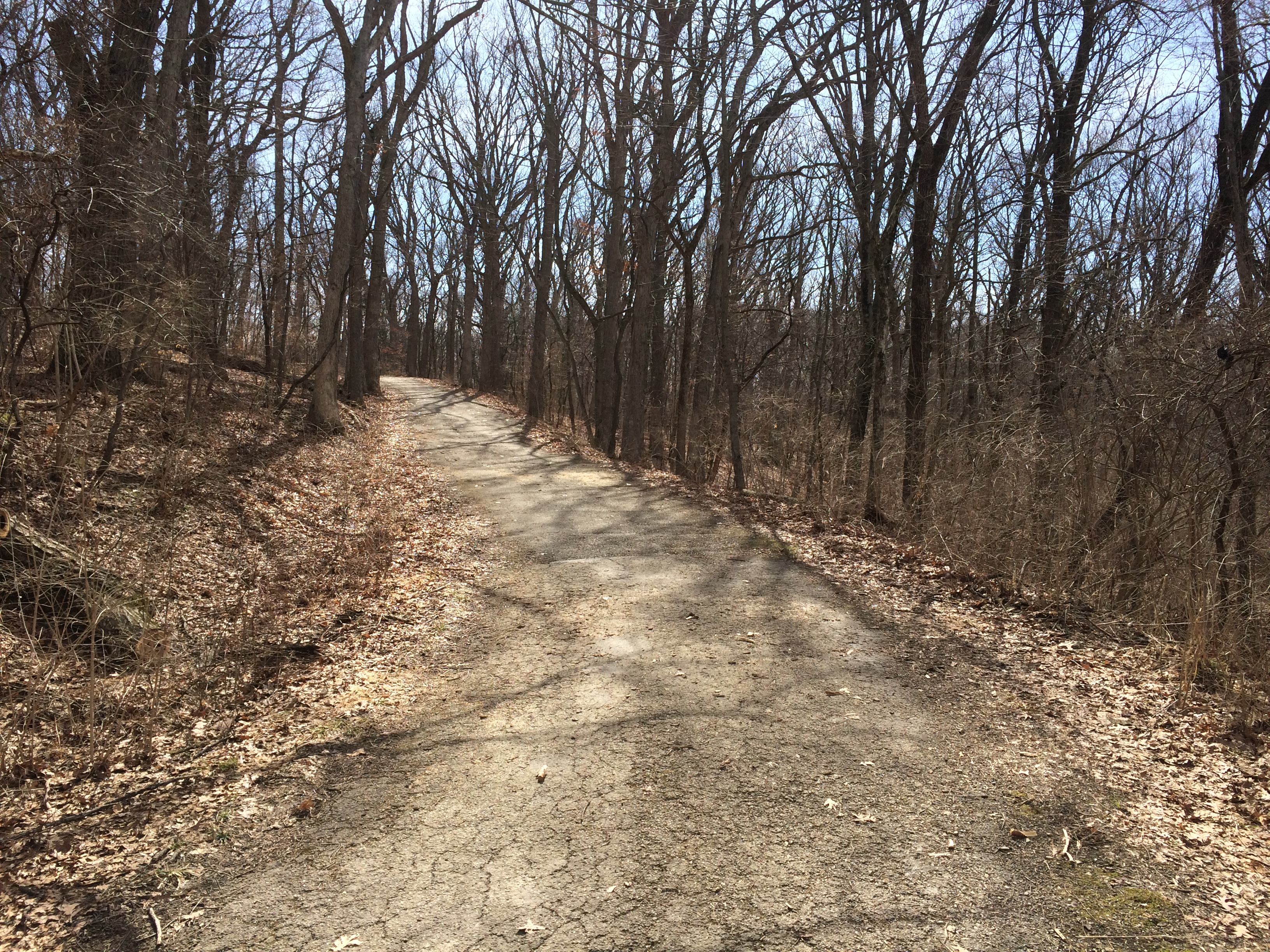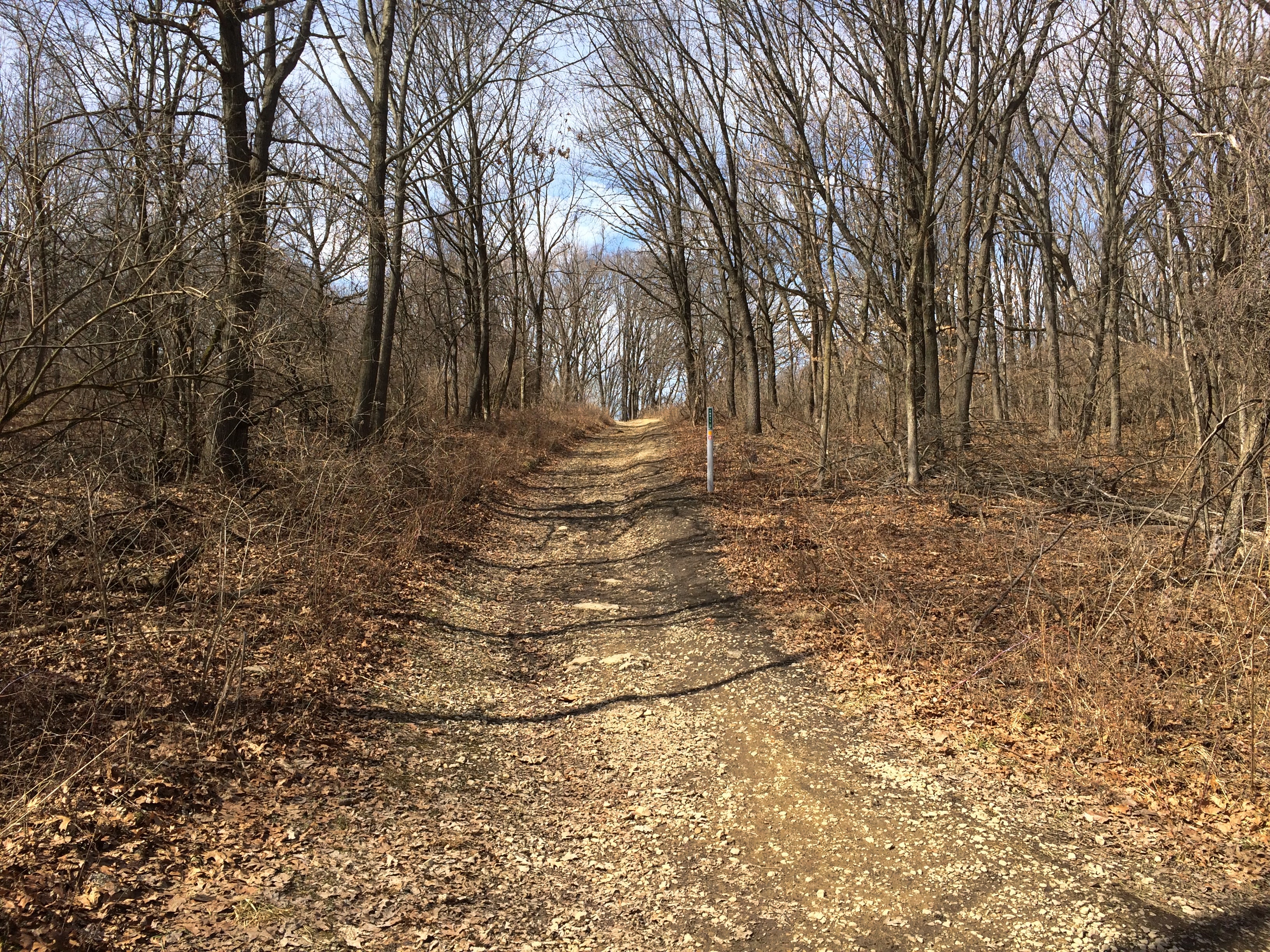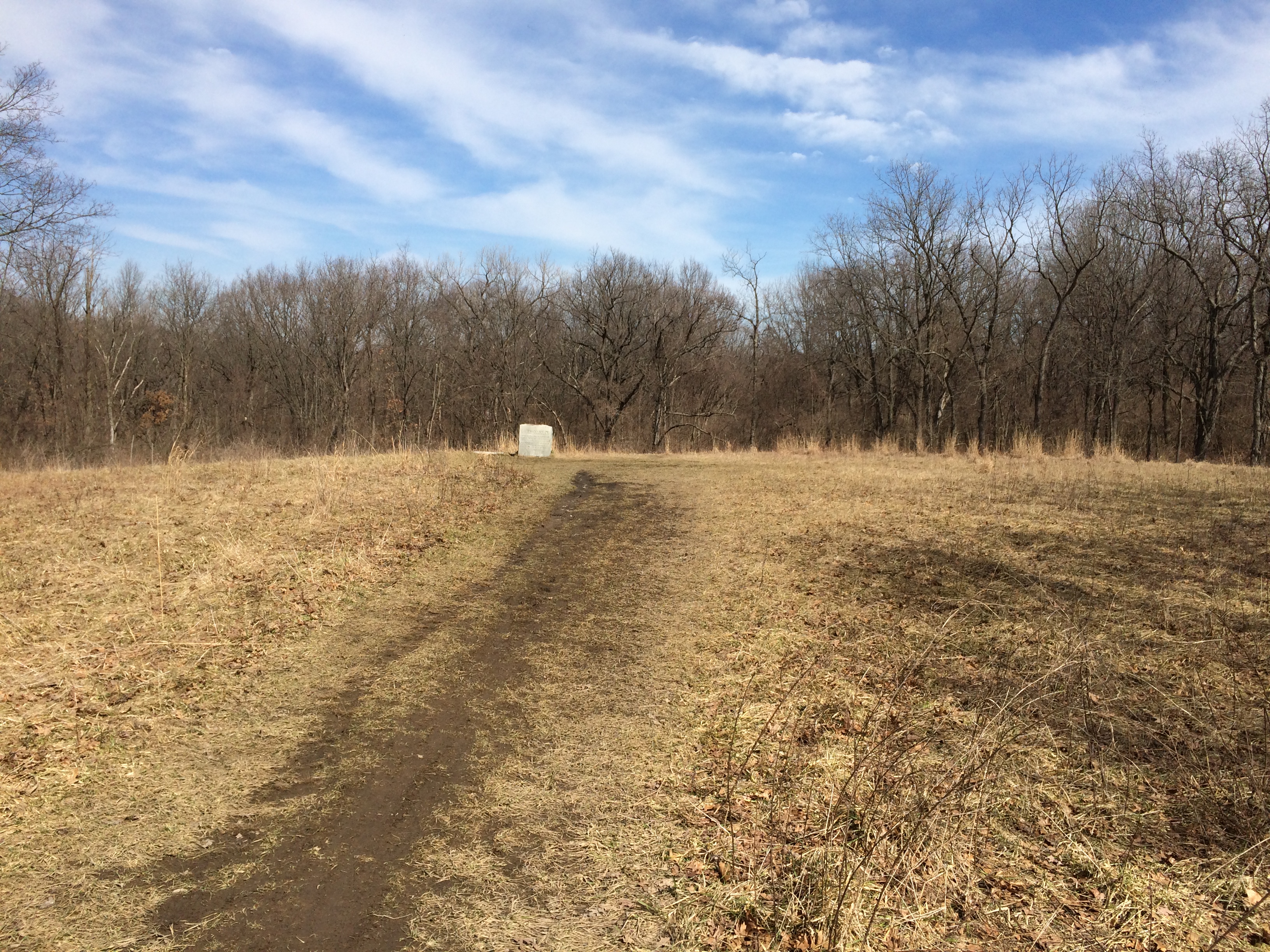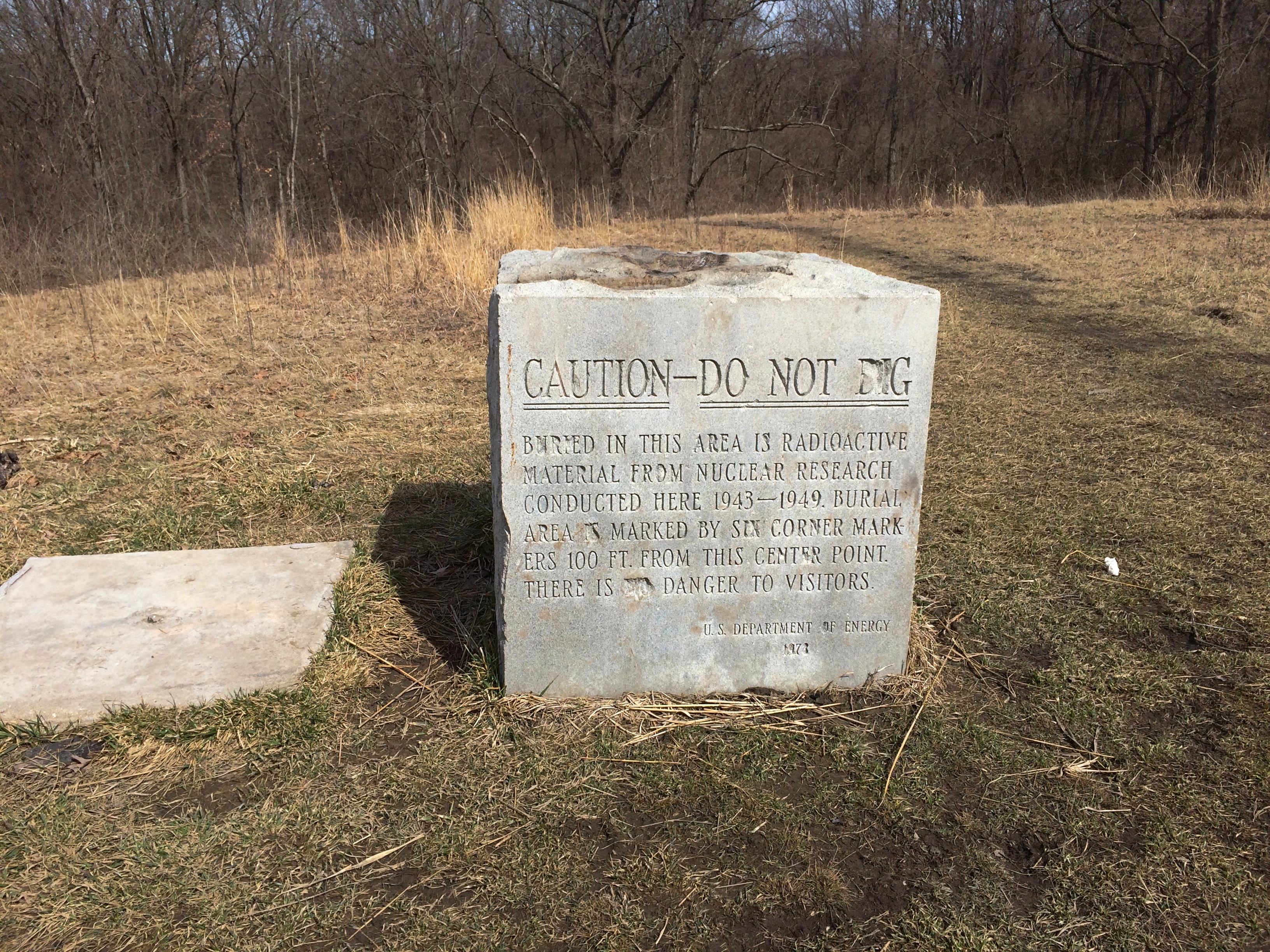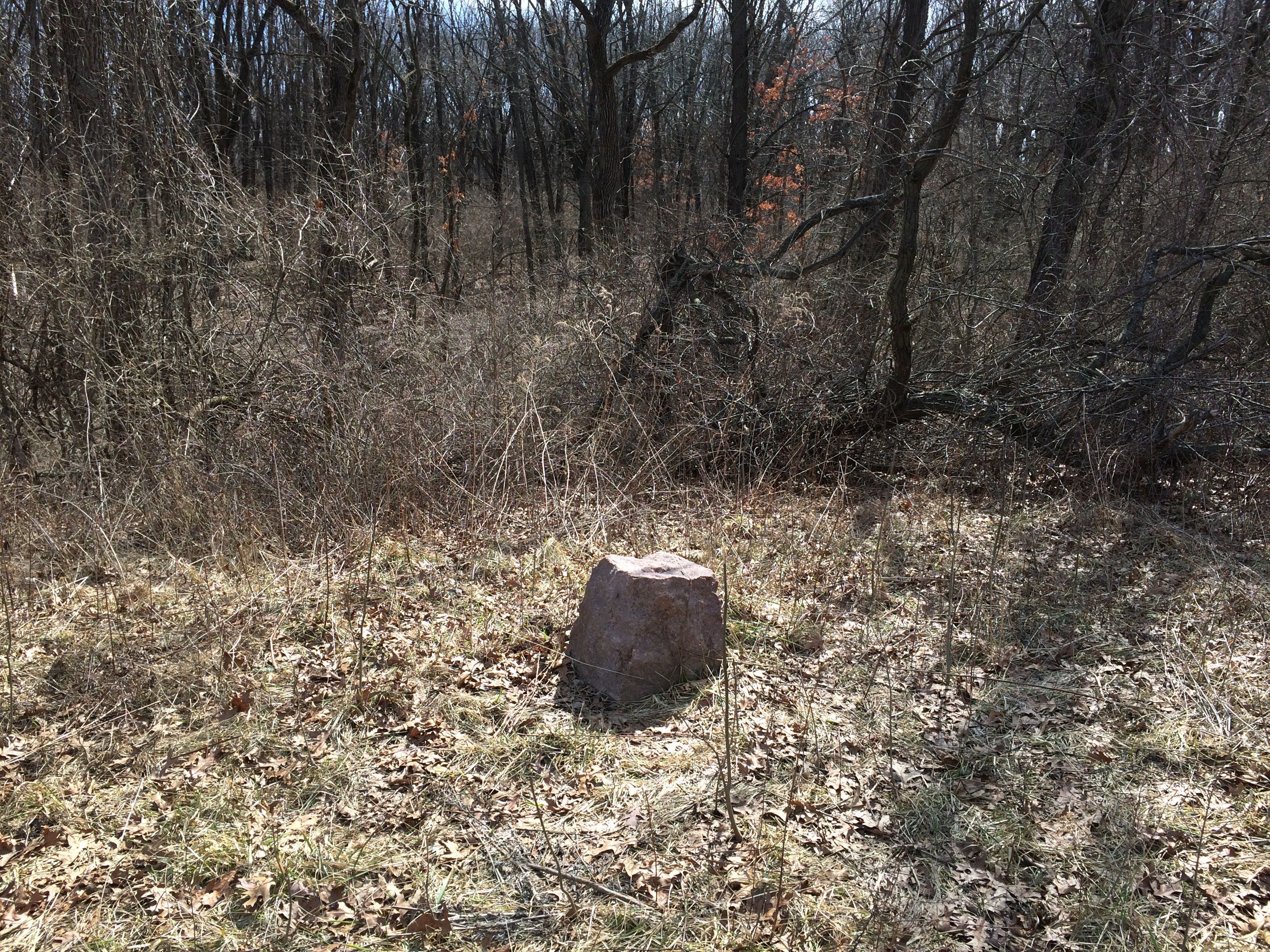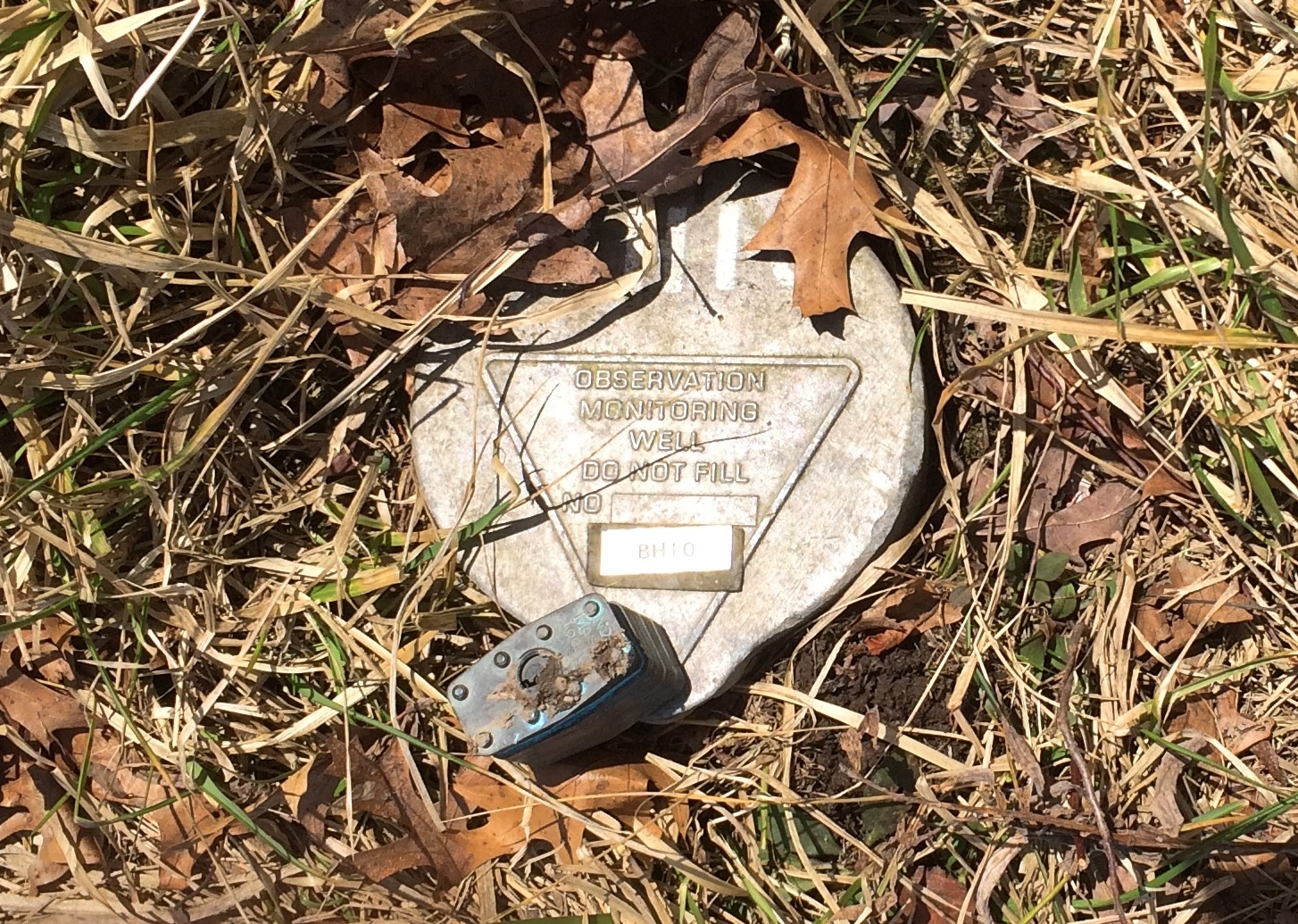First of all, just about any search for information about Resurrection Catholic Cemetery & Mausoleums in Justice, Illinois, is going to turn up a reference to Resurrection Mary, a ghost purported to hitch rides along Archer Avenue, or in one version I read, go dancing with a living man at a dance hall that used to be on that road. Afterward, he gives her a ride back to her home — which turns out to be Resurrection, as the poor lass had died in a car crash at some earlier time.
The vanishing hitchhiker story, in other words. So well known that that’s the title of Jan Harold Brunvand’s book on urban legends, The Vanishing Hitchhiker, which I read in the ’80s, along with a lot of other people. If I remember right, the story has been attested back to the 19th century, when it involved a horse-drawn wagon rather than an automobile, and I suspect — with their high-quality roads, wagons and belief in spooks — the Romans must have told a similar story.
What’s the enduring appeal? Can’t say. Also can’t say that I take it any more seriously than it deserves, which isn’t much, though it is an element in Resurrection’s sense of place, so that’s something.
I arrived at Resurrection early in the afternoon on Saturday. At once I noticed that it was a busy place. Maybe the busiest cemetery I’ve been to since we went to Arlington National in ’11. I counted no fewer than six funerals going on during the hour or so I was there, plus a lot of other people simply visiting graves. It was a good day for a visit.
It’s an expansive Catholic cemetery founded in 1904, with about 190,000 permanent residents resting across 400 acres, so I was able to stay at a distance from everyone else. Not particularly for health reasons, but because as a cemetery tourist it’s important not to bother people during more somber visits. Usually it isn’t much of any issue.
Resurrection is a curious mix of a cemetery. Parts of it are thick with upright stones, while other parts feature mostly include flush-to-the-ground plaques, though memorials of both kinds can be found in every section. The cemetery has a scattering of trees and is almost completely flat, except for undeveloped places where piles of soil exist as a byproduct of large landscaping efforts.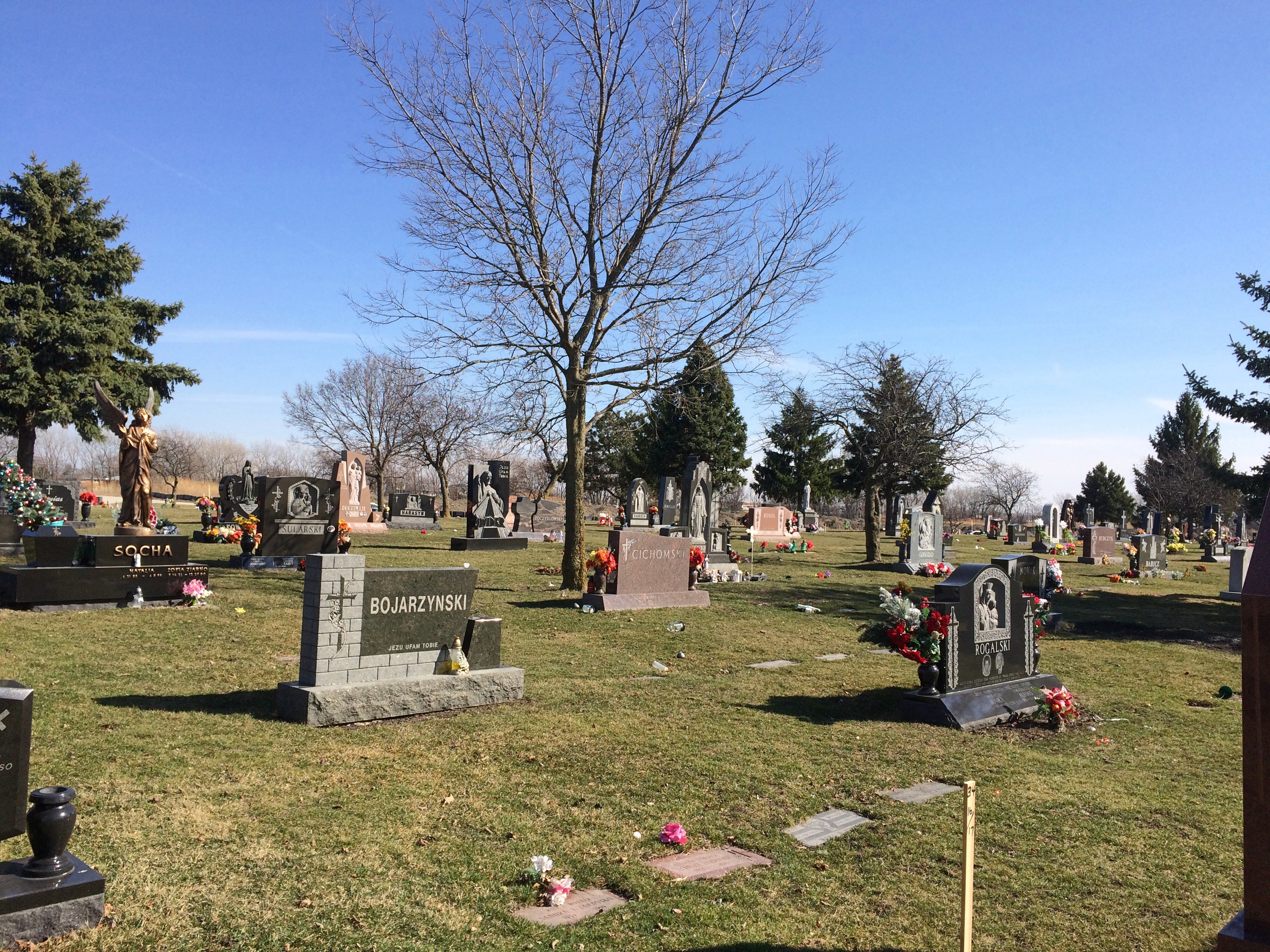
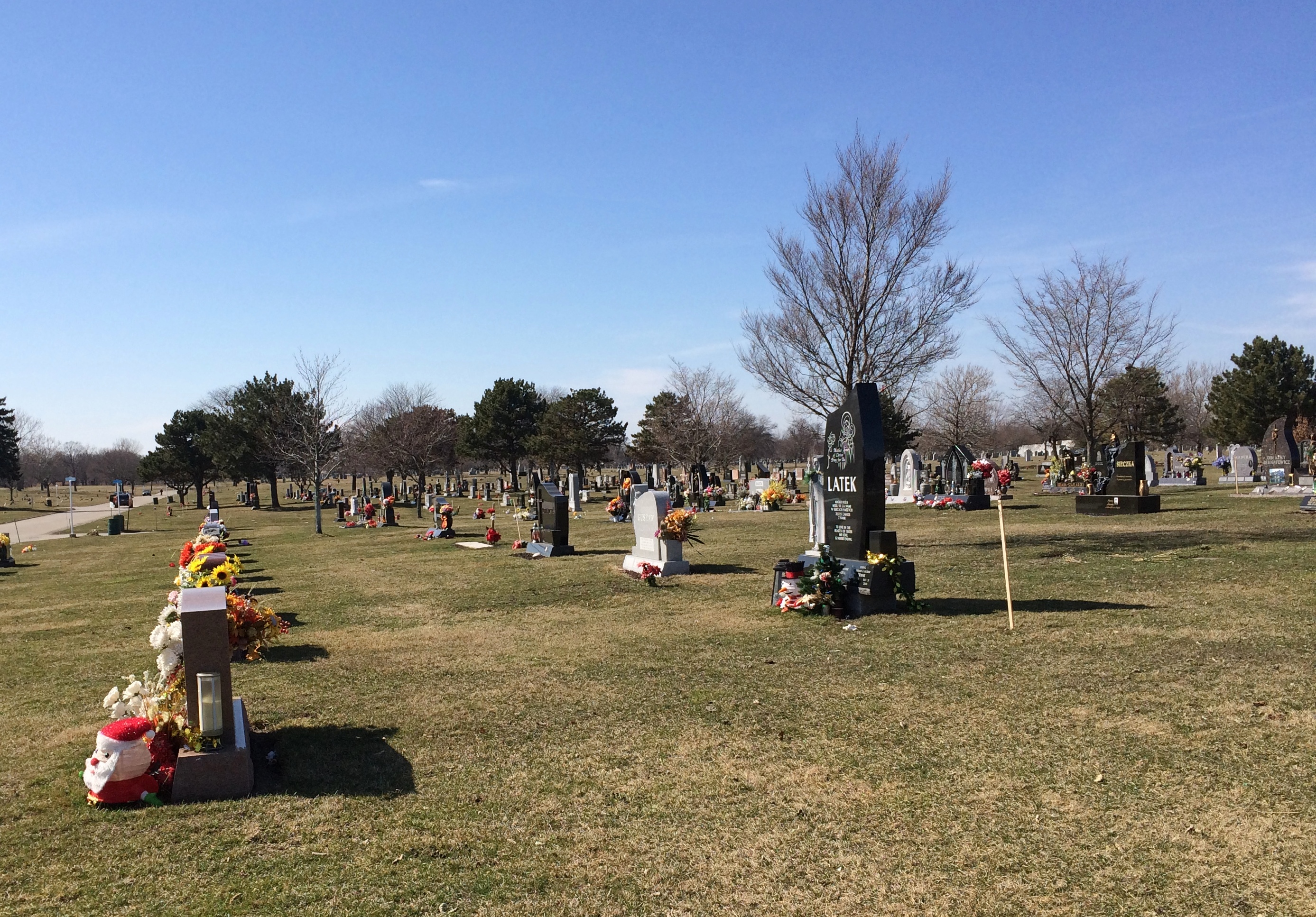
There is still a fair amount of unpopulated land, since the Catholic Church is nothing if not an organization that plans centuries ahead. There is also a sizable belt of wetlands near the edge of the property, full of reeds, that I suspect will never be developed, and which probably counts as the cemetery’s effort to be green.
The cemetery’s indoor mausoleum features the world’s largest stained glass window, at least according to Roadside America, with 2,448 panels telling Bible stories. That surely would have been a sight to see.
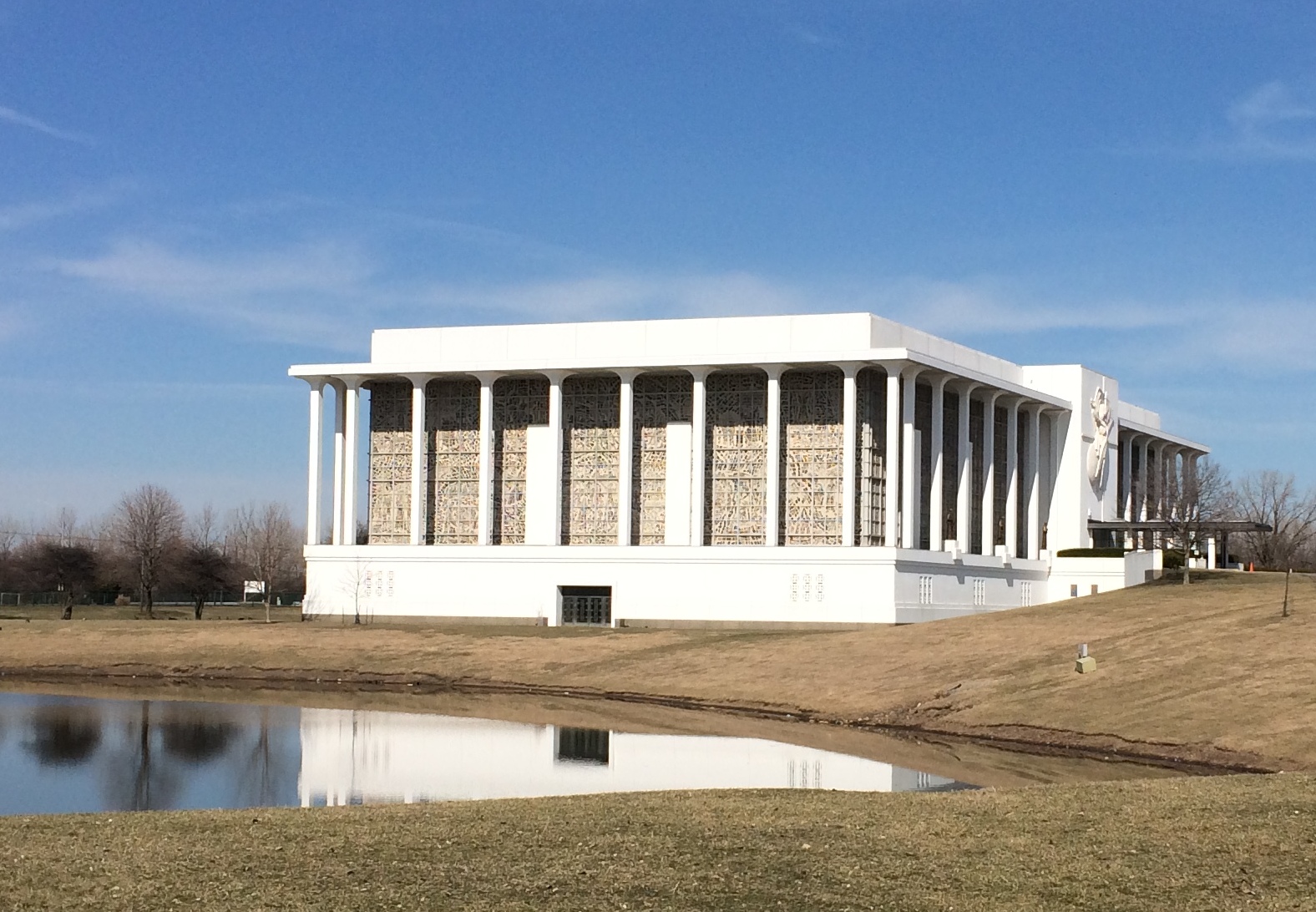
As soon as I parked next to the building, however, I noticed a line of cars snaking along the road I had just driven to get there. Sure enough, it was a funeral procession headed for the mausoleum, so I made myself scarce and didn’t make it back later. Another time, maybe, since the place does look to be a midcentury tour-de-force.
Instead I spent some time at one of the outdoor mausoleum complexes.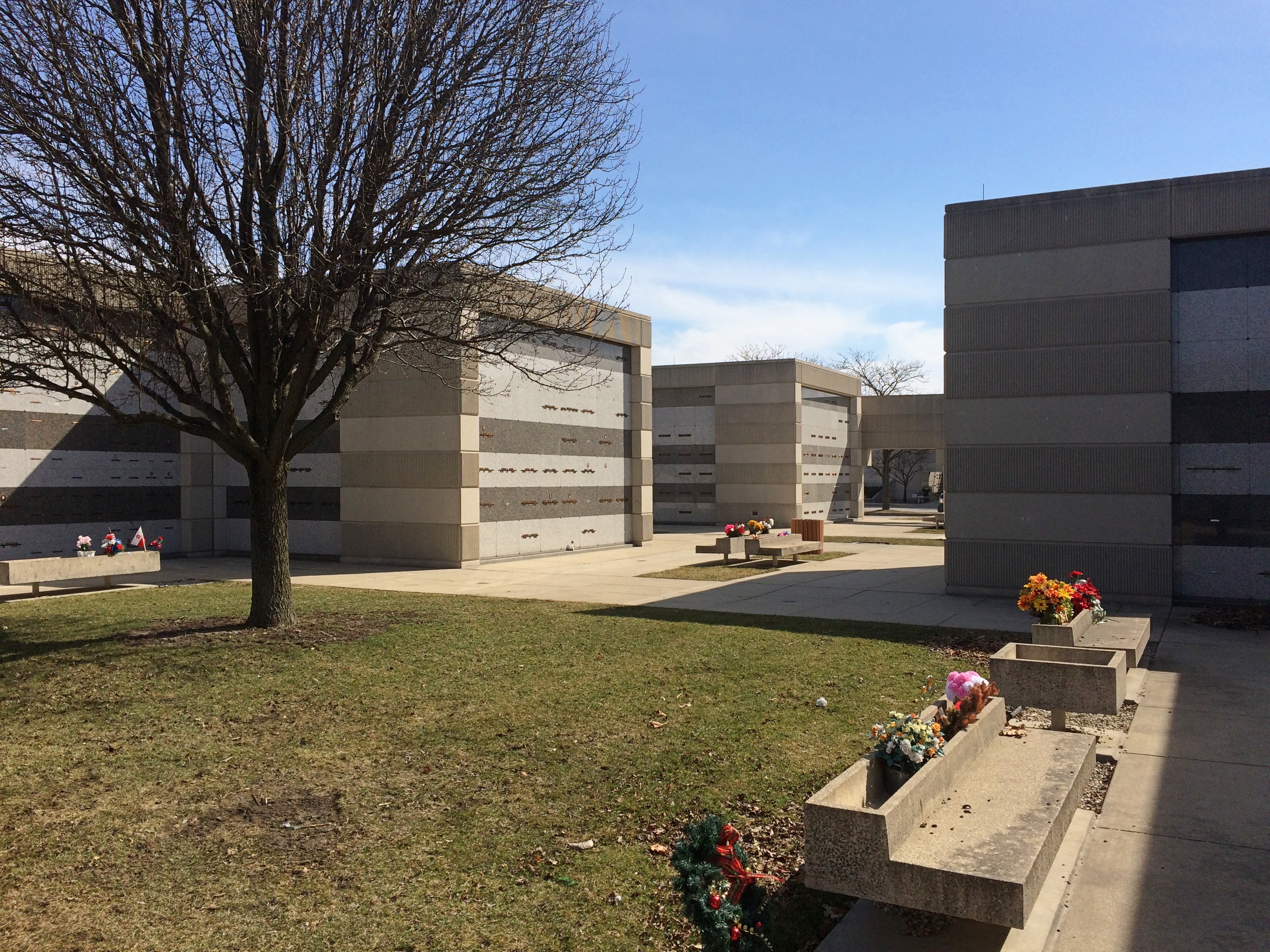
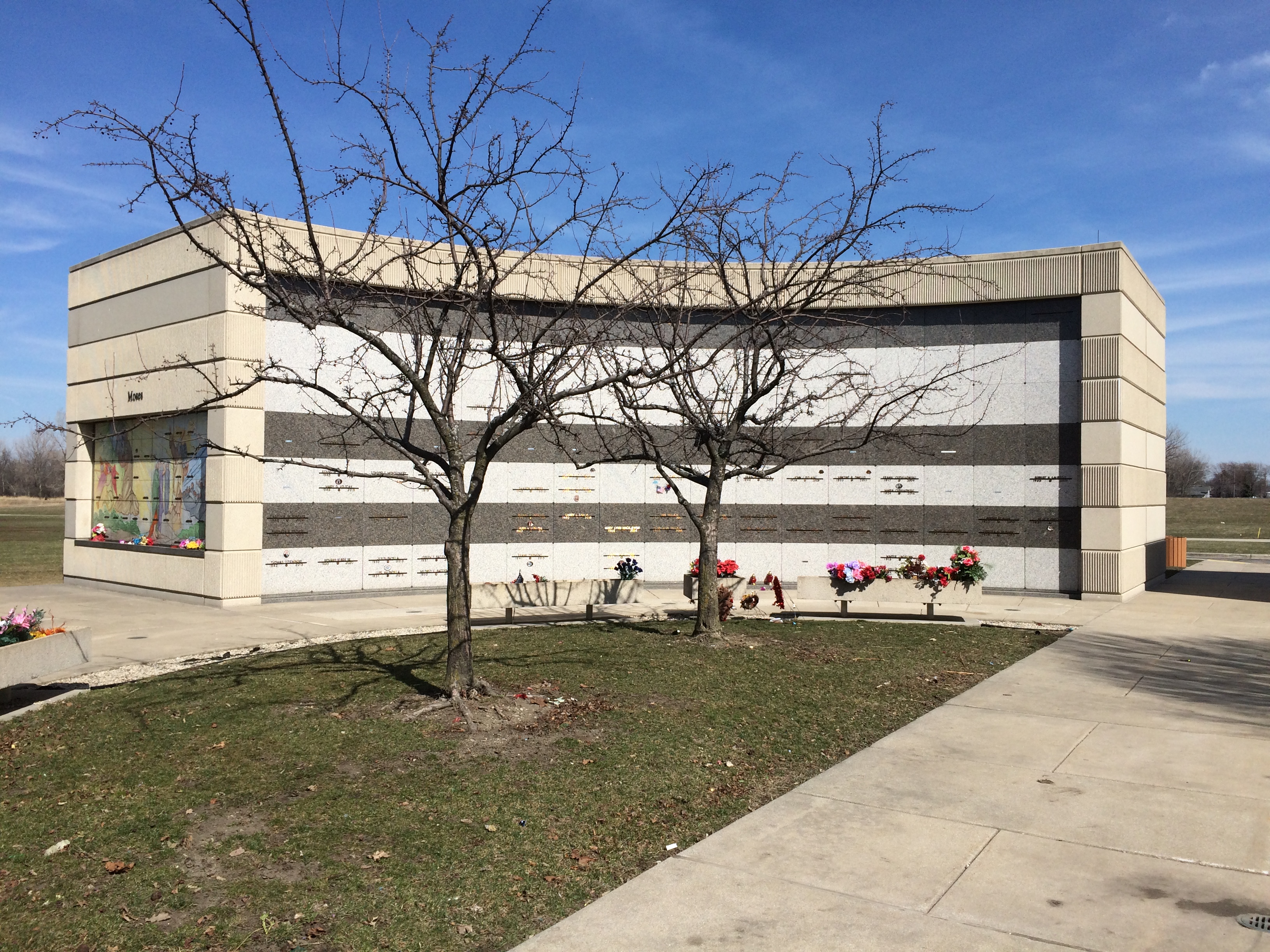
No stained glass, but there are mosaics of Biblical scenes on some of the walls of niches. I’d never seen anything quite like that.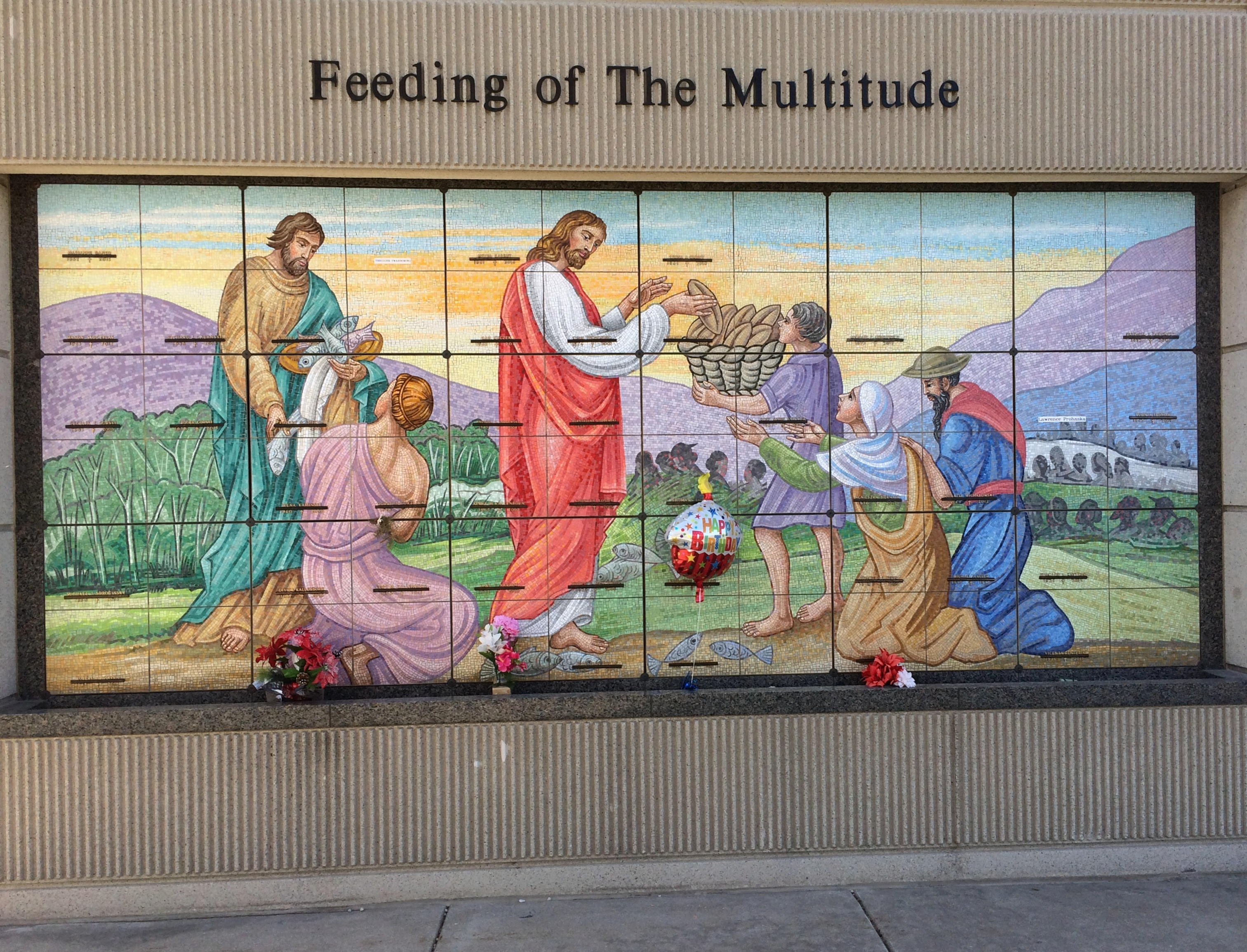
Though not thick with funerary art like some grand old rural cemeteries, there is some at Resurrection. New-looking works especially, the likes of which can probably be ordered online. Yep.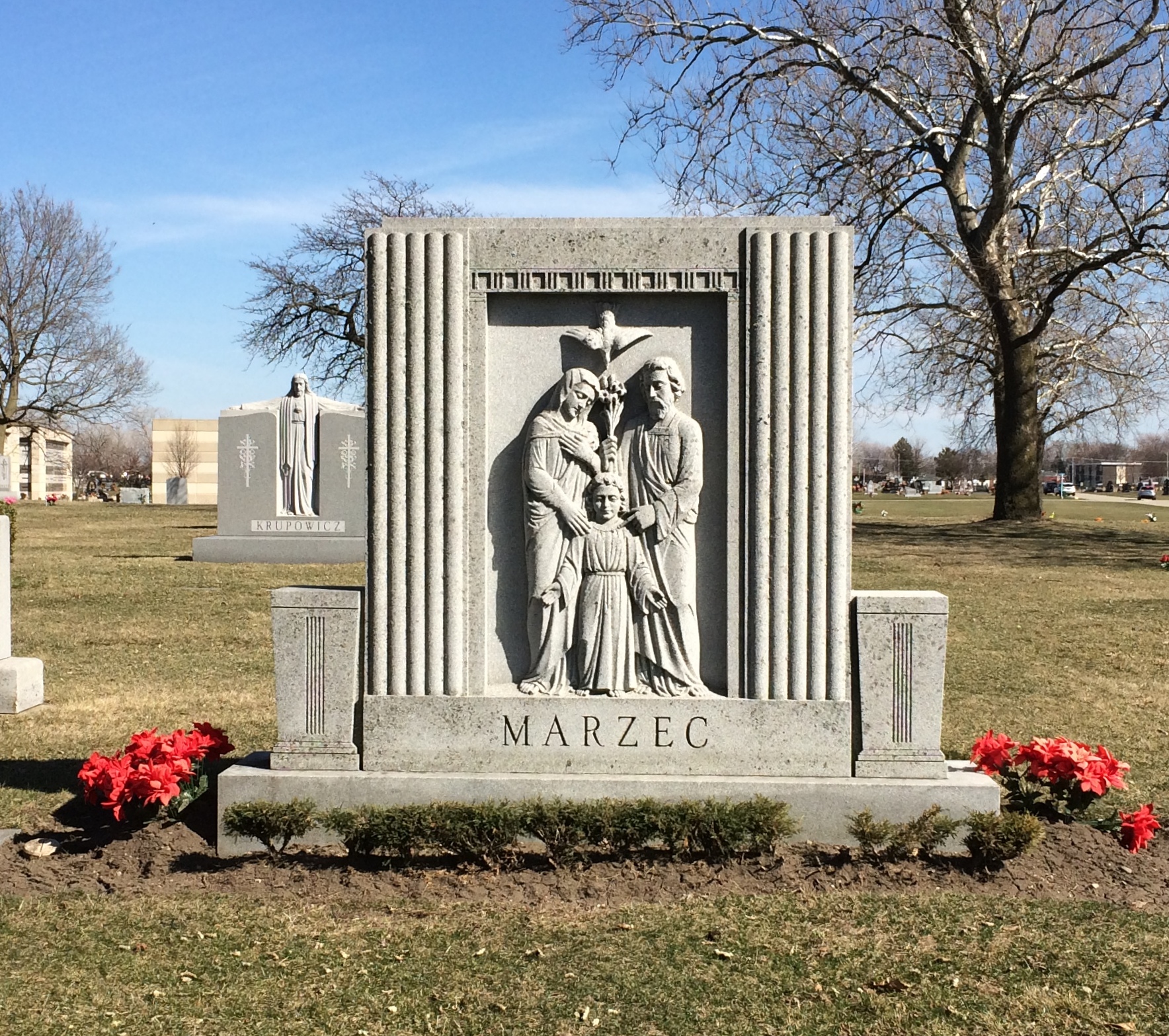
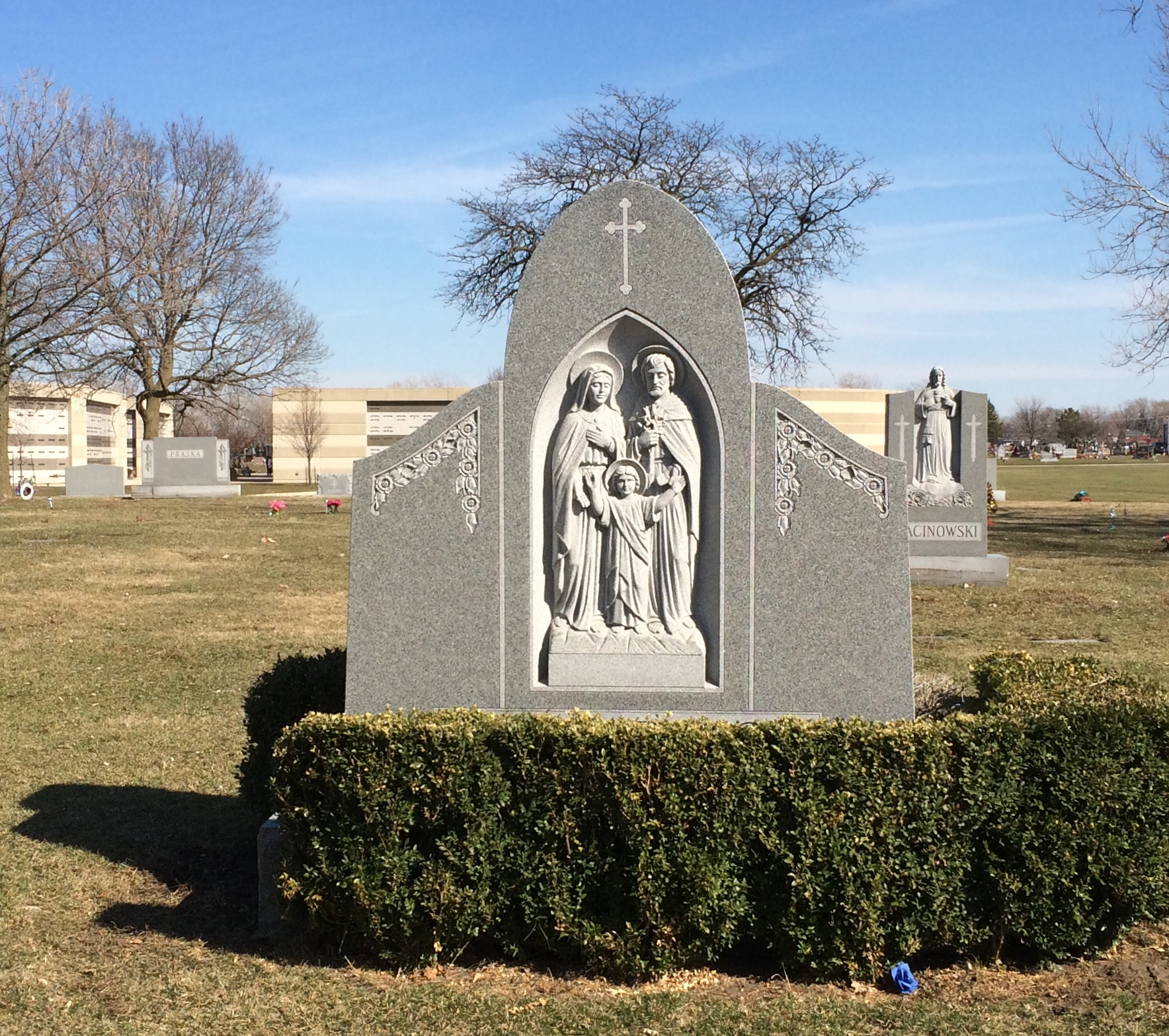
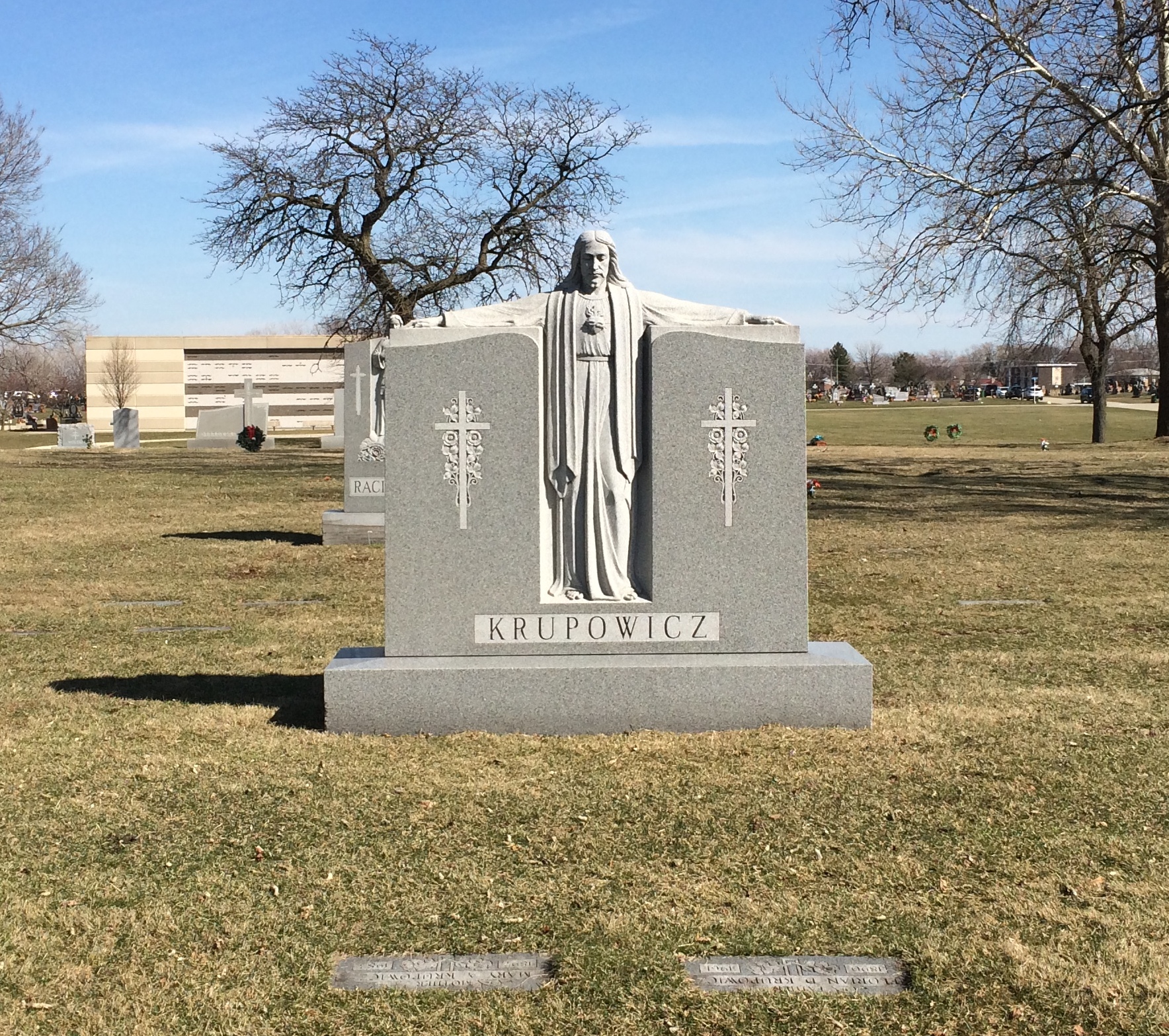
This statue marks a small section devoted to the Sisters of Saint Joseph of the Third Order of Saint Francis, a group I’d never heard of. They’re still around.
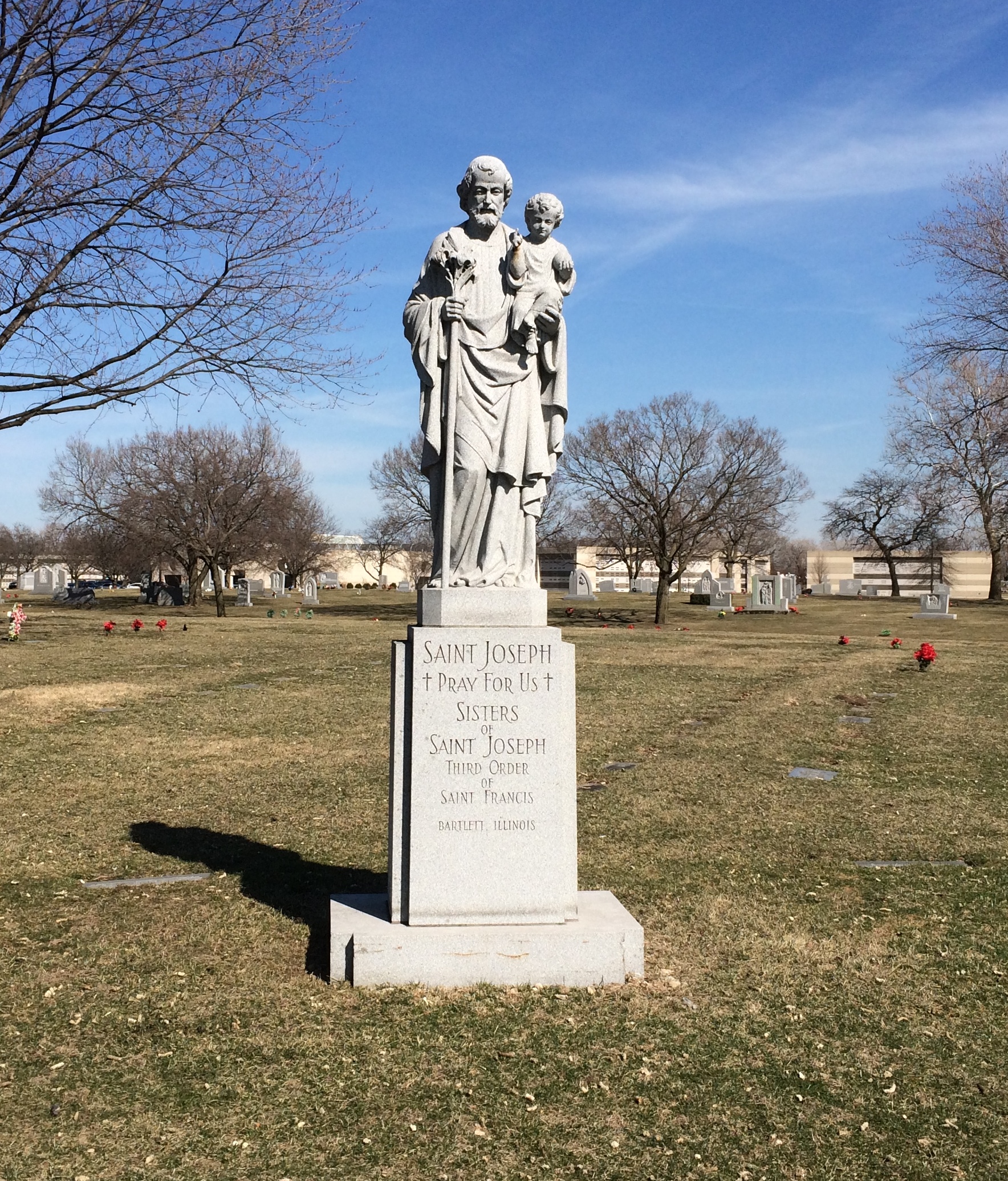
One large work of art, a bronze of St. John Paul II, has its own Roadside America entry, which — in typical RA style — calls it the “20-Foot-Tall Pope.”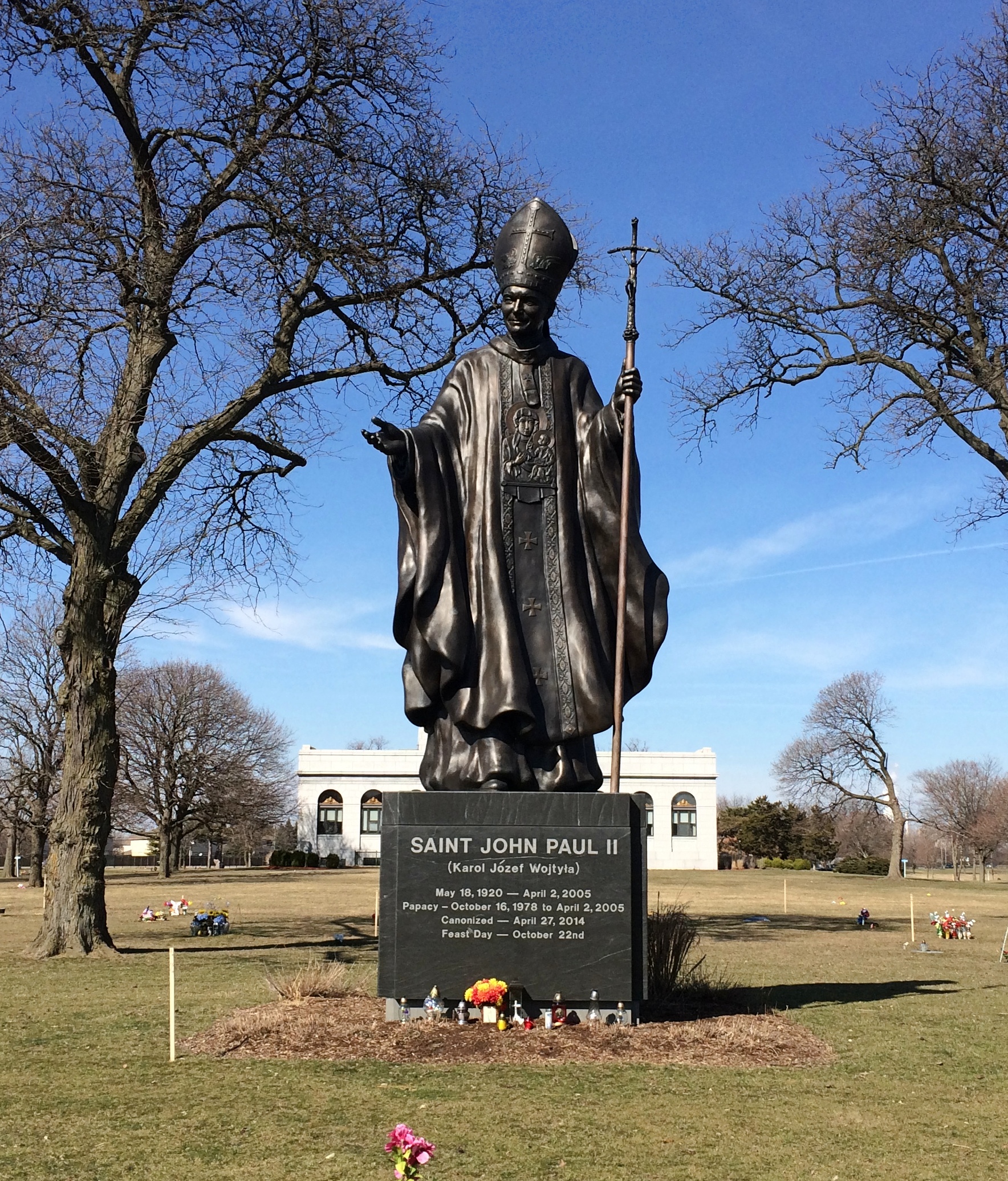
“In 1969 and again in 1976, before he became Pope John Paul II, Karol Cardinal Wojtyla, the Archbishop of Kracow [sic], walked the grounds of Resurrection Cemetery in Justice, Illinois,” the cemetery web site notes. “In 1969, the Cardinal visited Resurrection Cemetery to see and bless the Polish Millennium Shrine honoring the 1000th anniversary (966 – 1966) of Christianity in Poland.
“On Memorial Day, May 30th, 2016, Archbishop Cupich blessed a 20 foot tall bronze statue of Saint Pope John Paul II that’s placed on an eight foot tall American black granite base located in Resurrection Cemetery directly behind the cemetery’s office building.
“Commissioned by the Catholic Cemeteries of the Archdiocese of Chicago in 2013 and designed by Teresa Clark of Clark Design[, the] statue weighs approximately 8,000 pounds and rests upon a black granite base of 86,000 pounds.”
Good to take note of monumental things at a cemetery, but also to pay attention to some of the more human-sized stories that the stones and other memorials clearly allude to.
Such as recent bereavement. Not far from John Paul.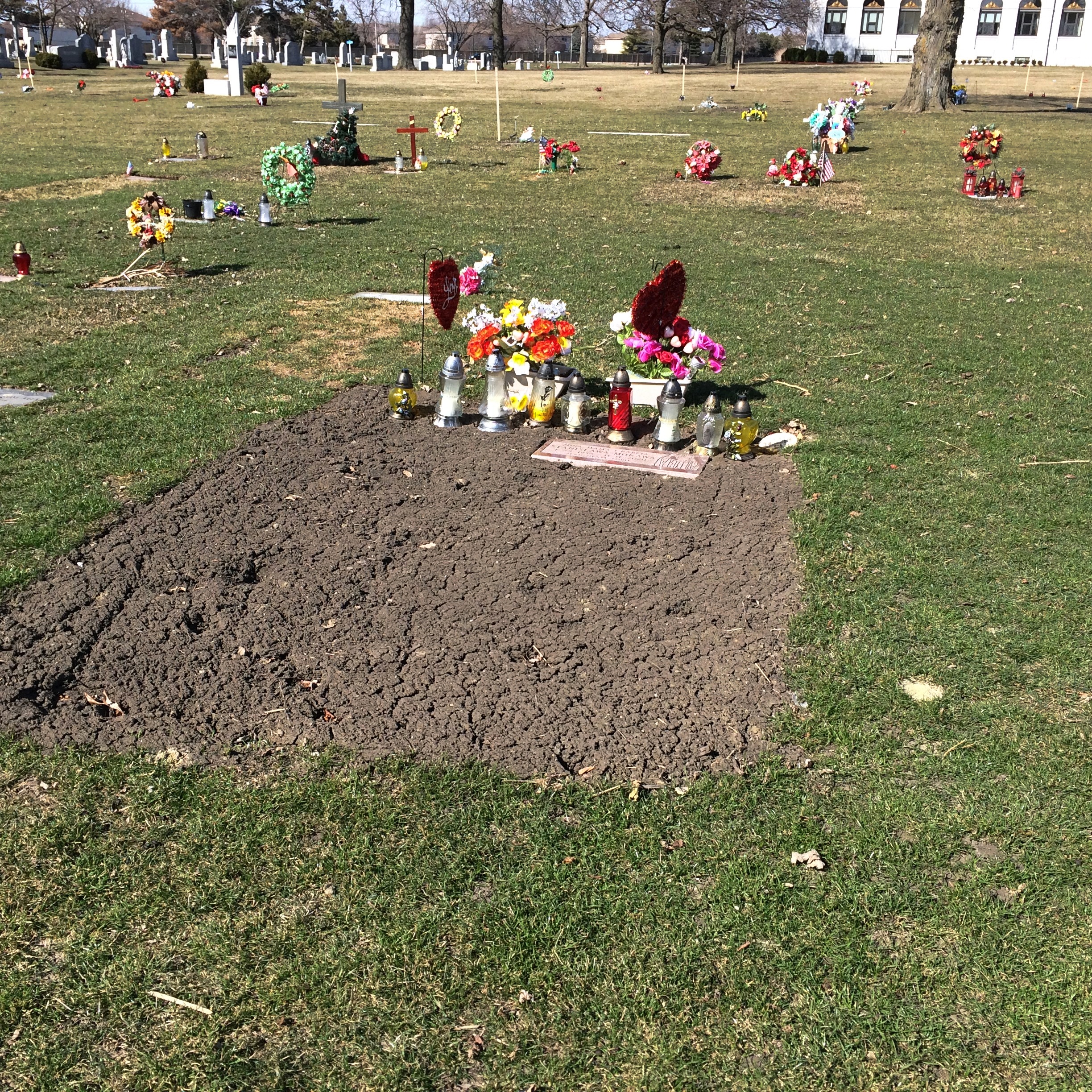
In the thick of other stones.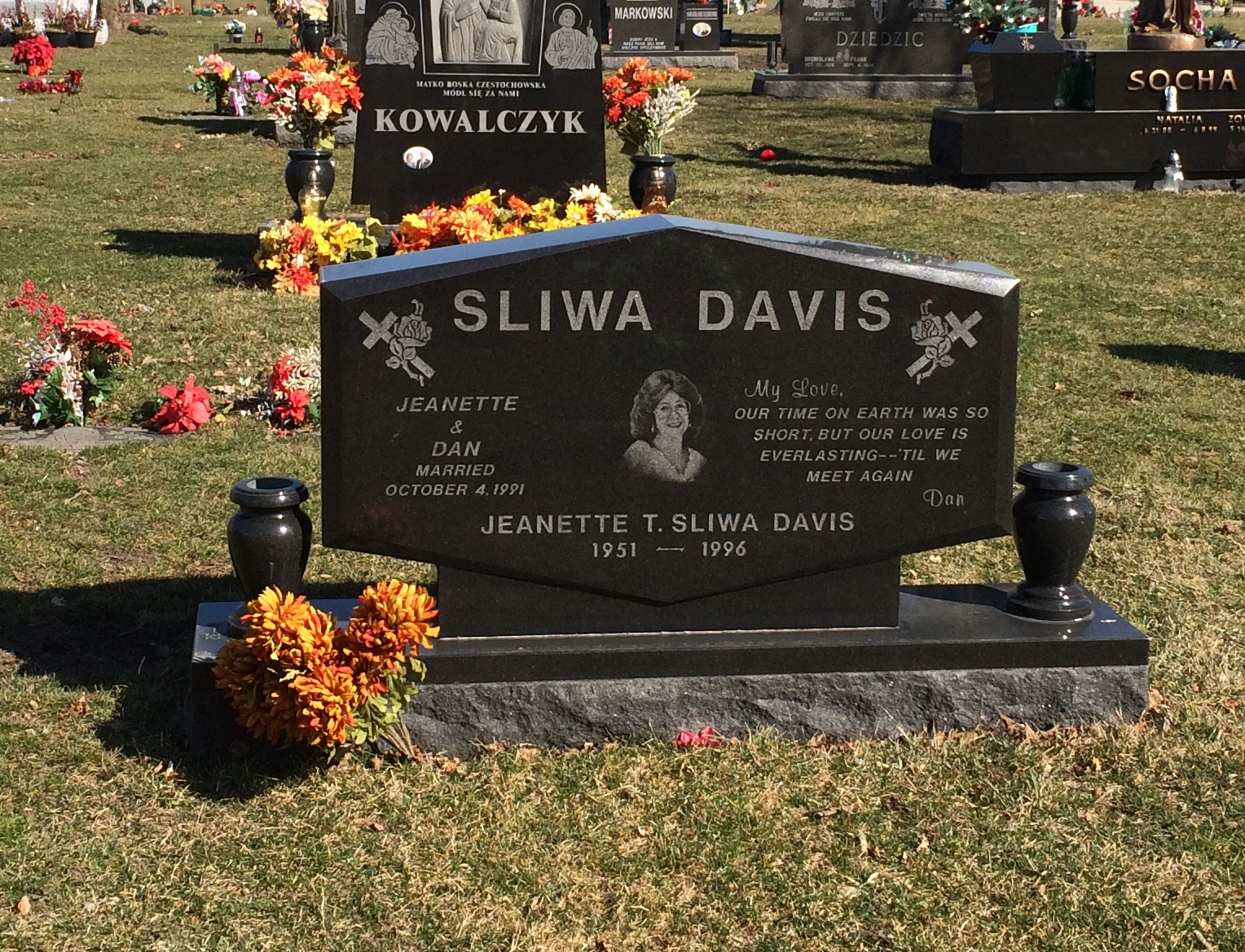
Found on the grounds of the outdoor mausoleum.
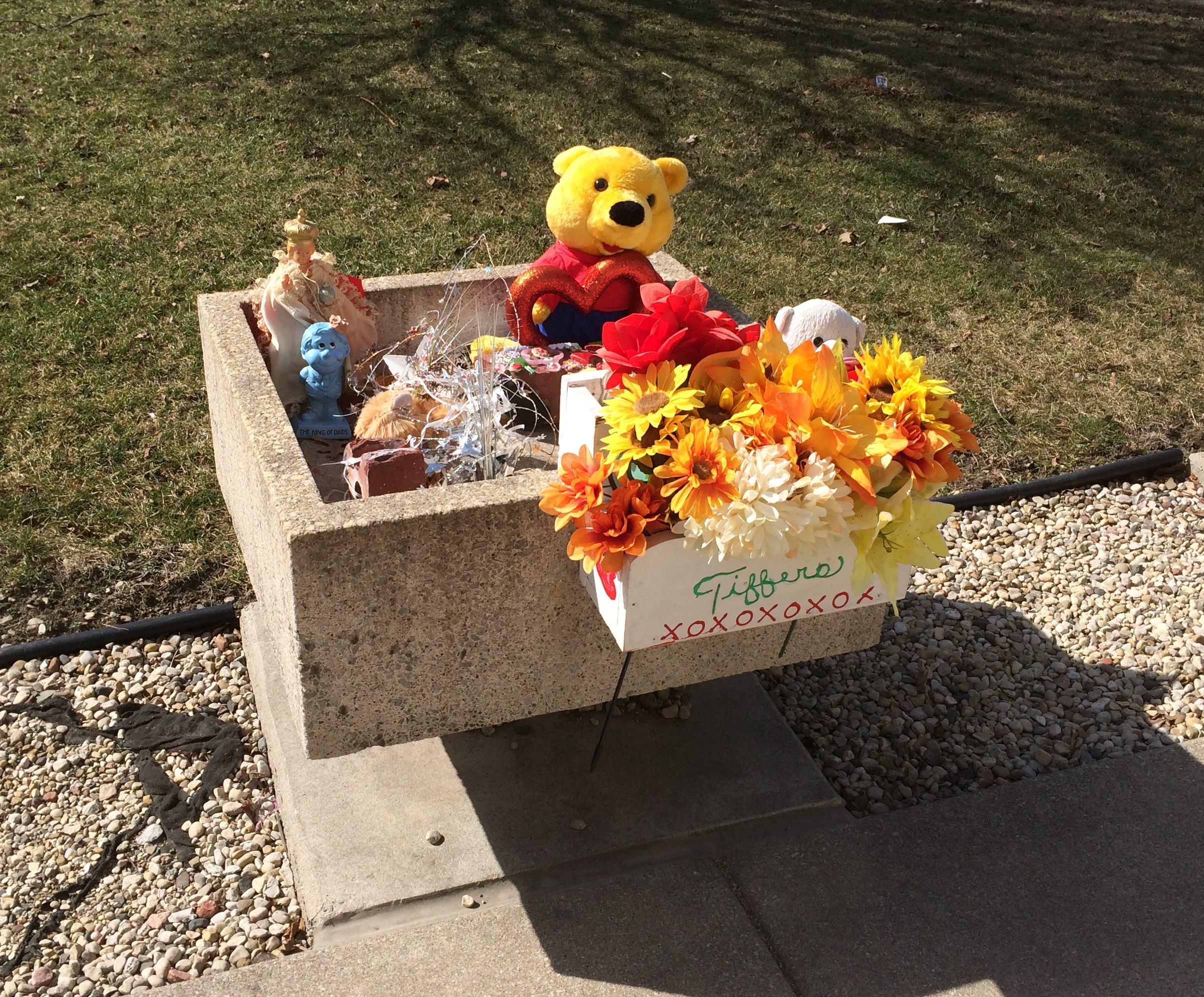
Resurrection wasn’t the only cemetery on Archer Avenue I saw on Saturday. Next to it is another large burial ground, Bethania, which is nonsectarian, and looked crowded with upright stones. I didn’t have the energy for it.
I did take a drive through the rolling terrain of Fairmount-Willow Hills Memorial Park, which is also on Archer Avenue, though in the village of Willow Hills. Most of its memorials are flush to the ground, though there are upright ones. Overall, that gives an impression of large open spaces.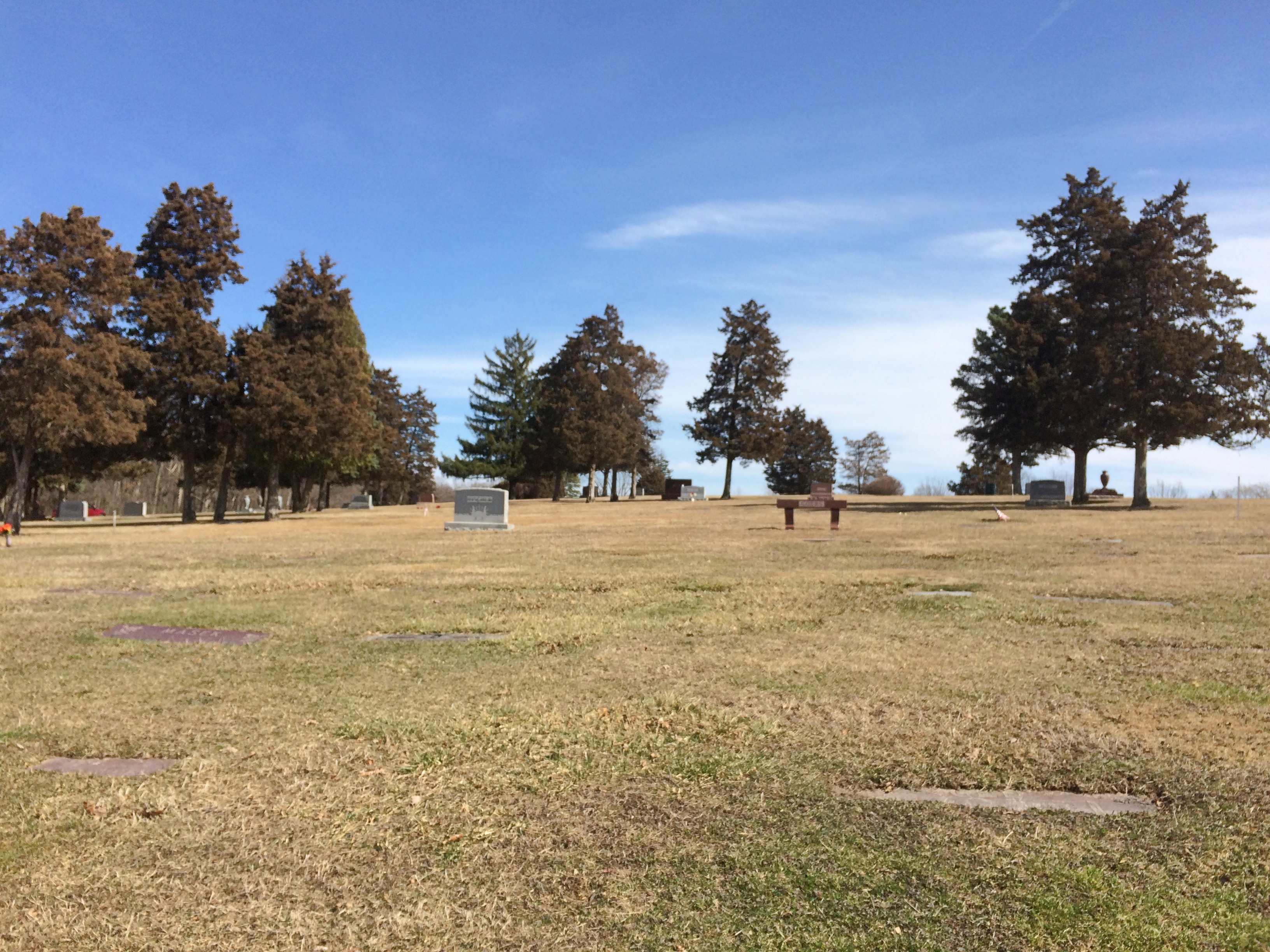

On a sizable hill is a sizable clock tower, with niches around the base (and maybe inside; it was locked).
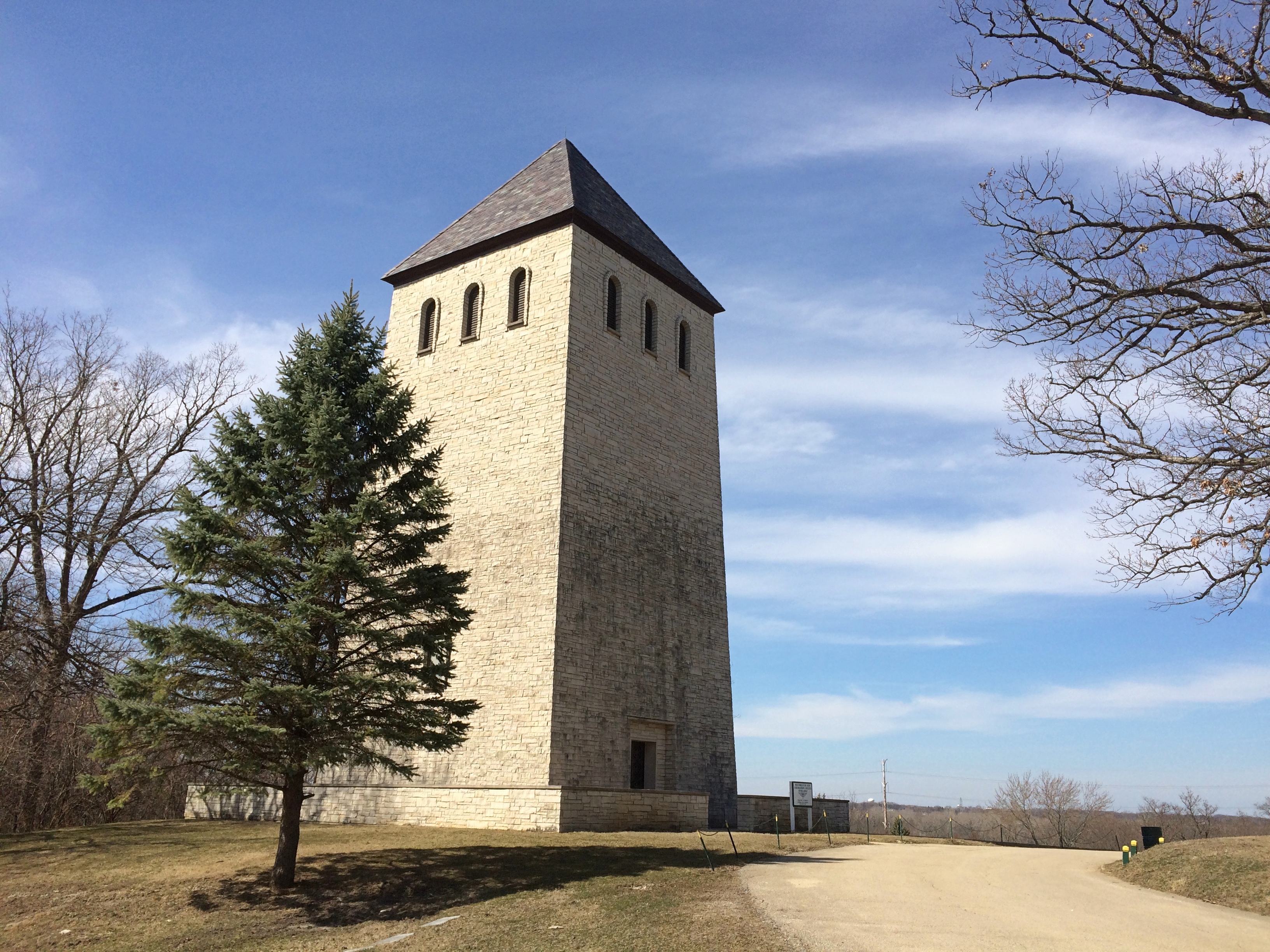 I noticed that its clockface (not visible in my picture) wasn’t telling the right time, but as I visited the tower chimed the correct hour. I don’t think I’ve ever seen a clock tower at a cemetery, but somehow it belongs. Reminds us of that thing, time, that we will all run out of someday.
I noticed that its clockface (not visible in my picture) wasn’t telling the right time, but as I visited the tower chimed the correct hour. I don’t think I’ve ever seen a clock tower at a cemetery, but somehow it belongs. Reminds us of that thing, time, that we will all run out of someday.
